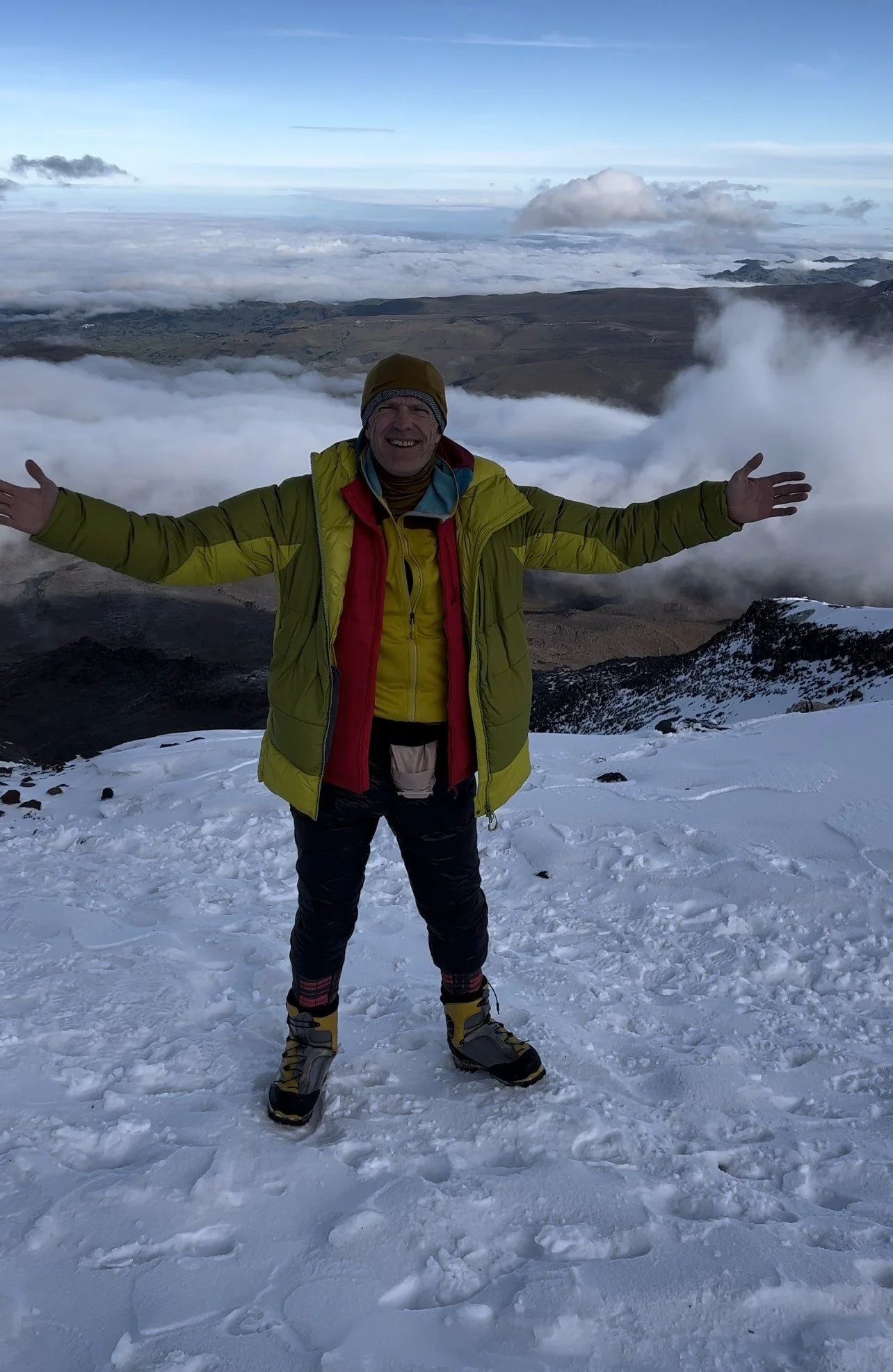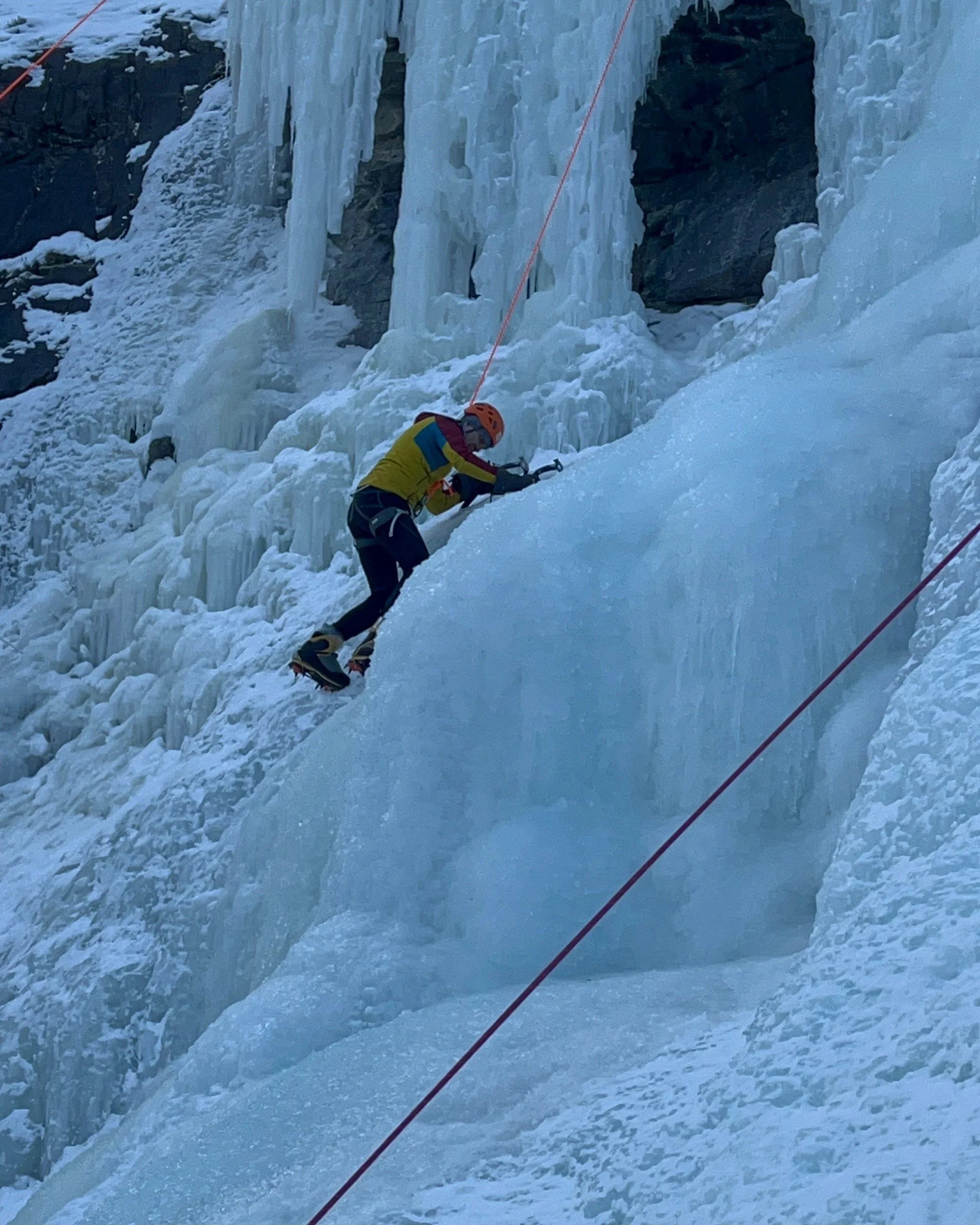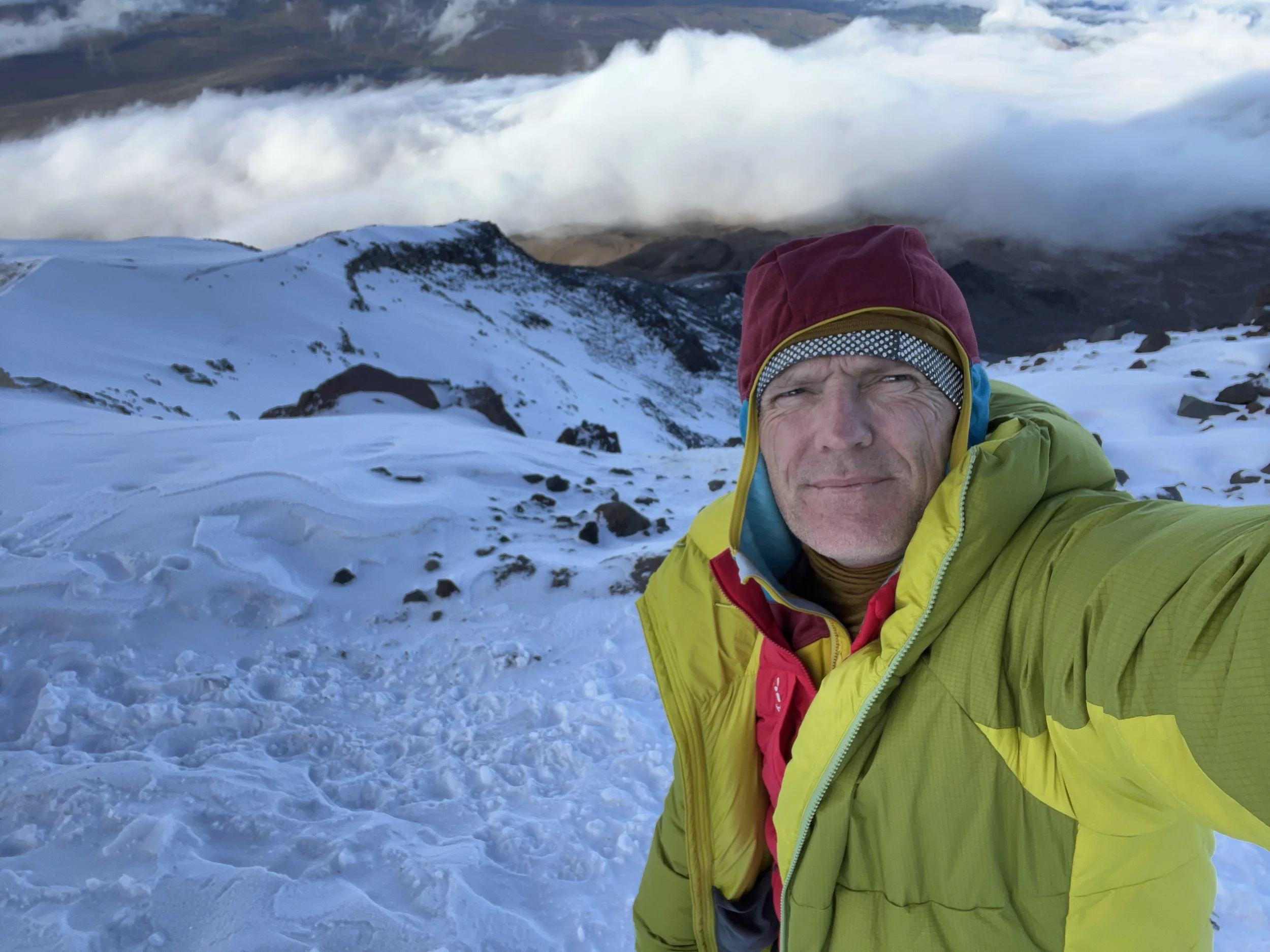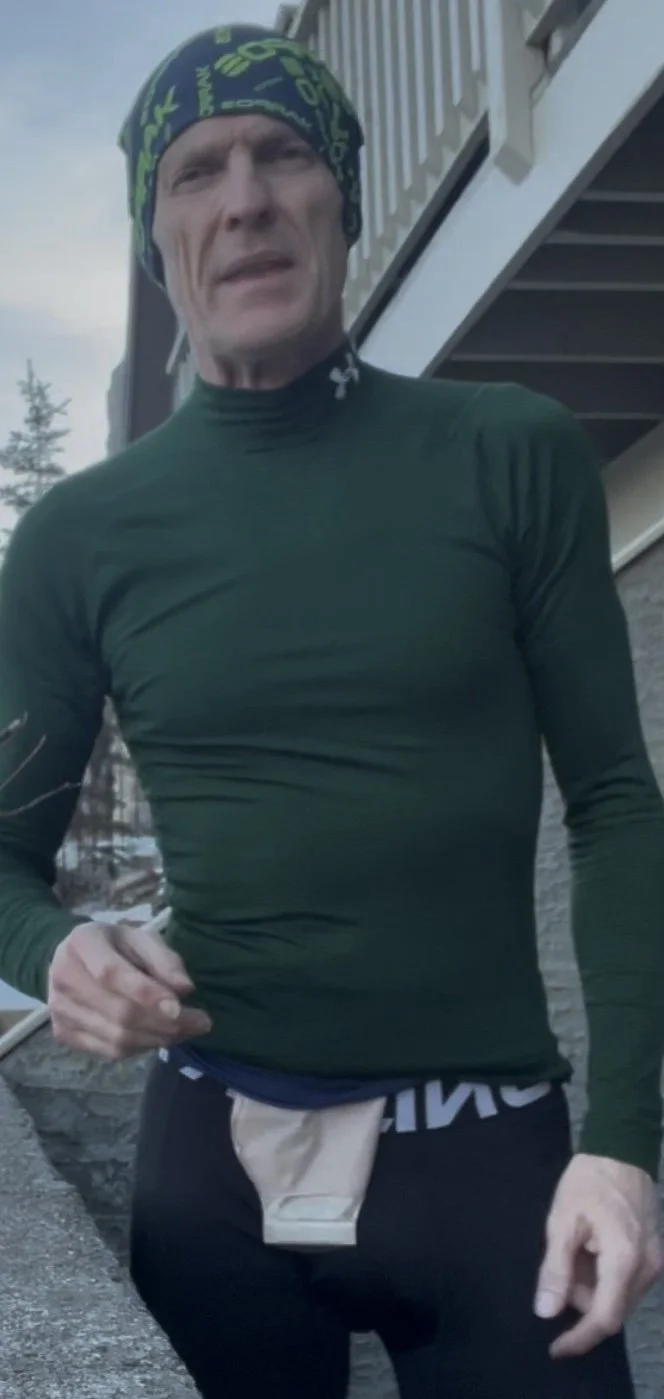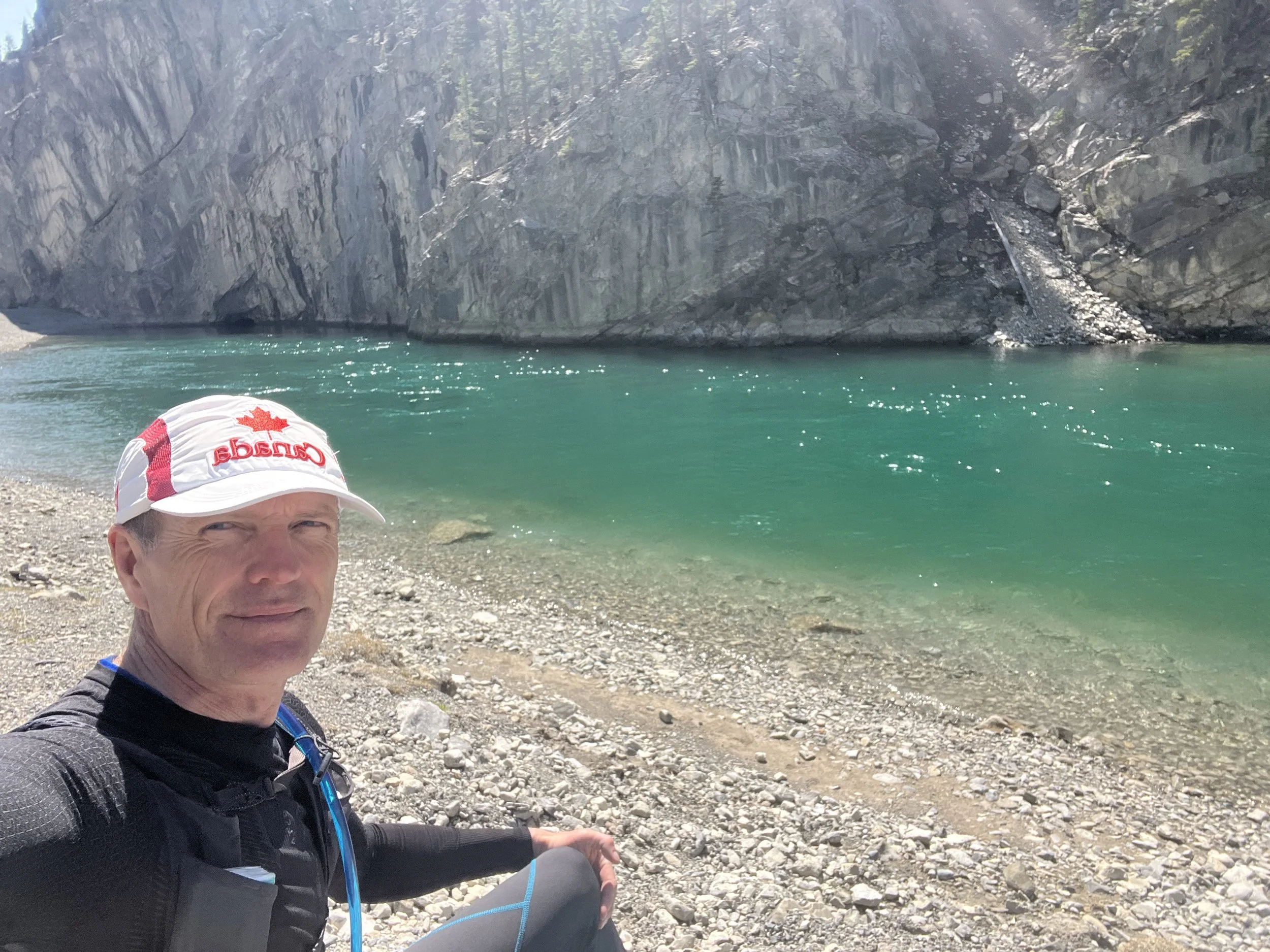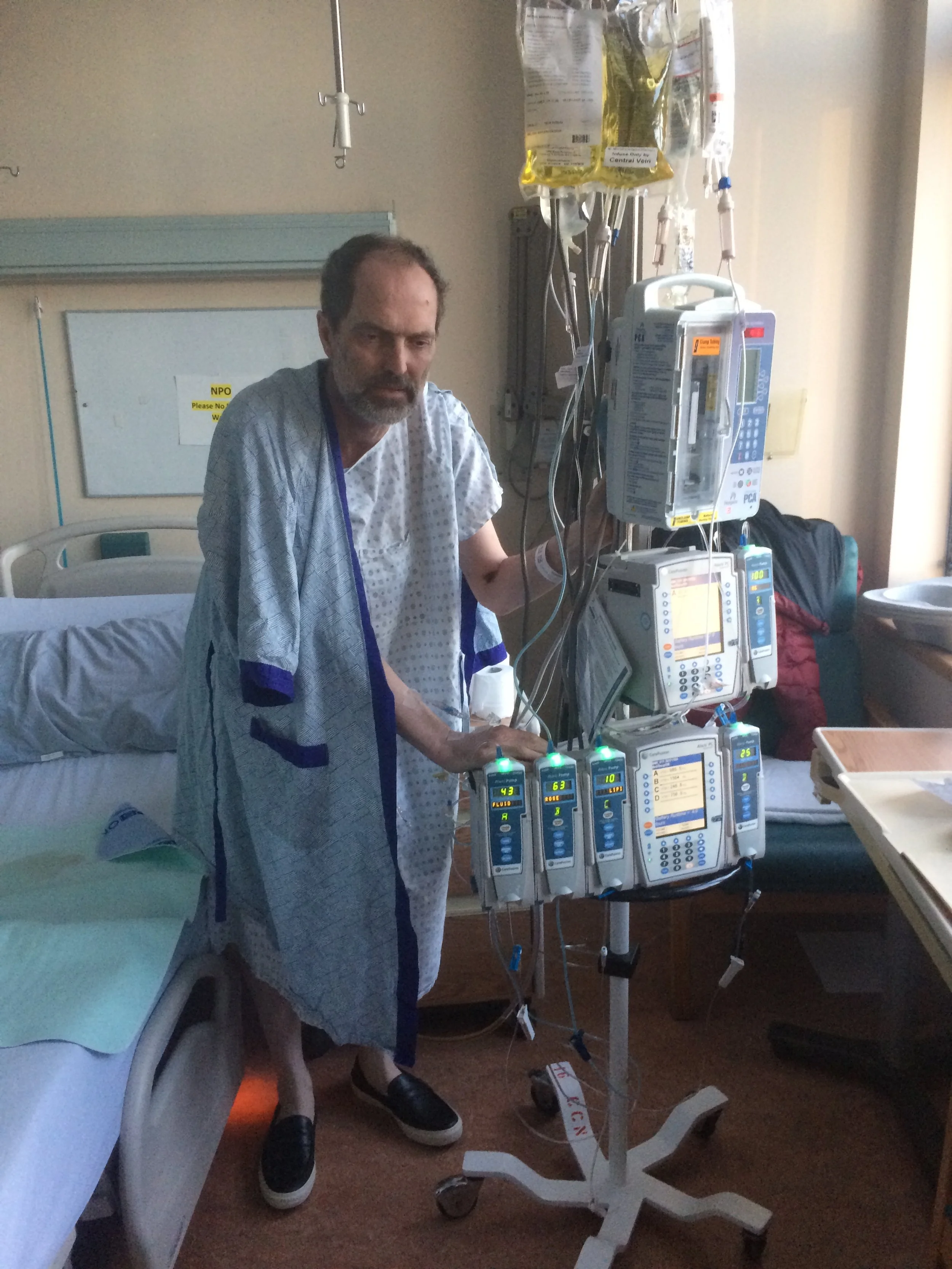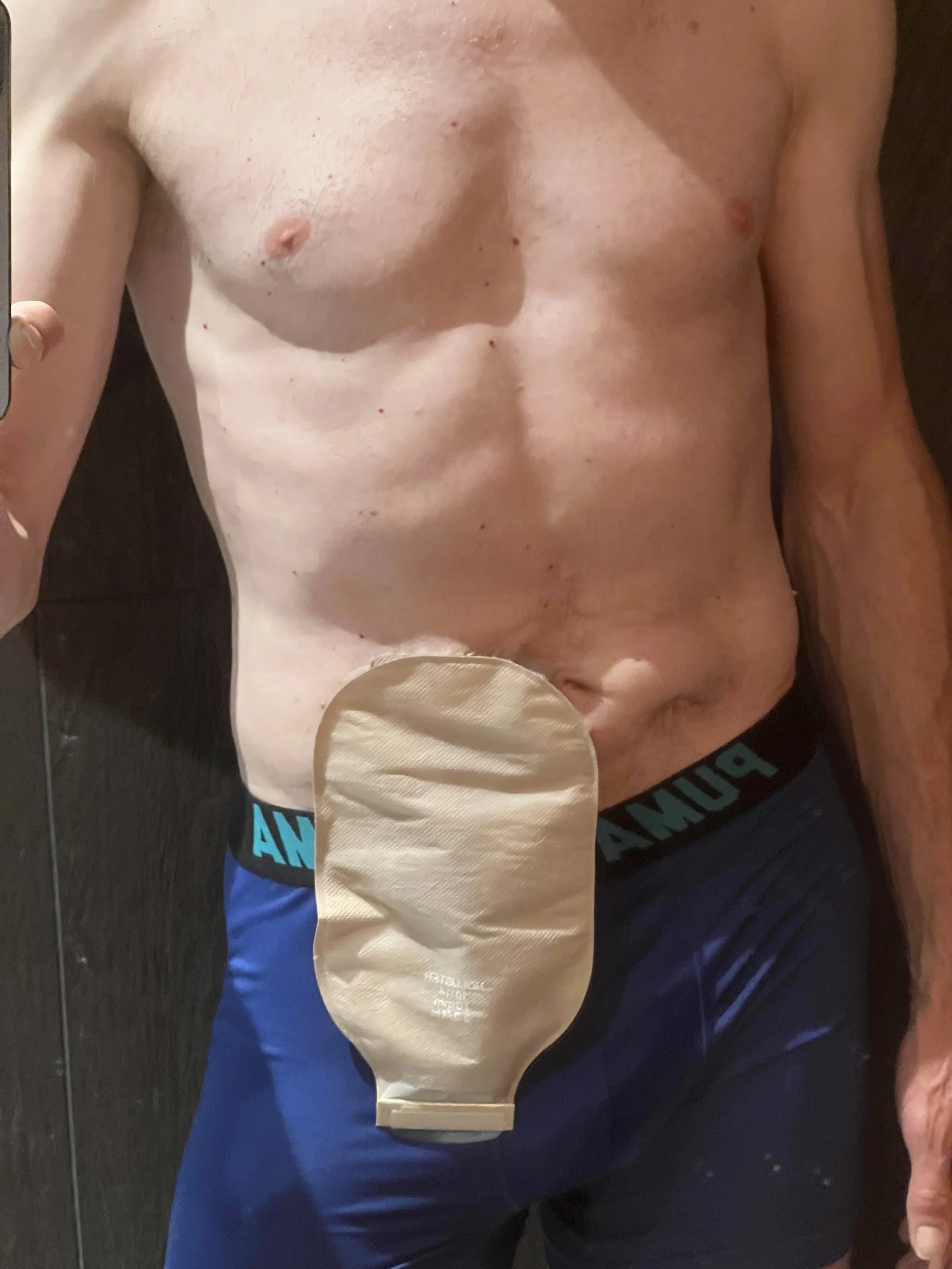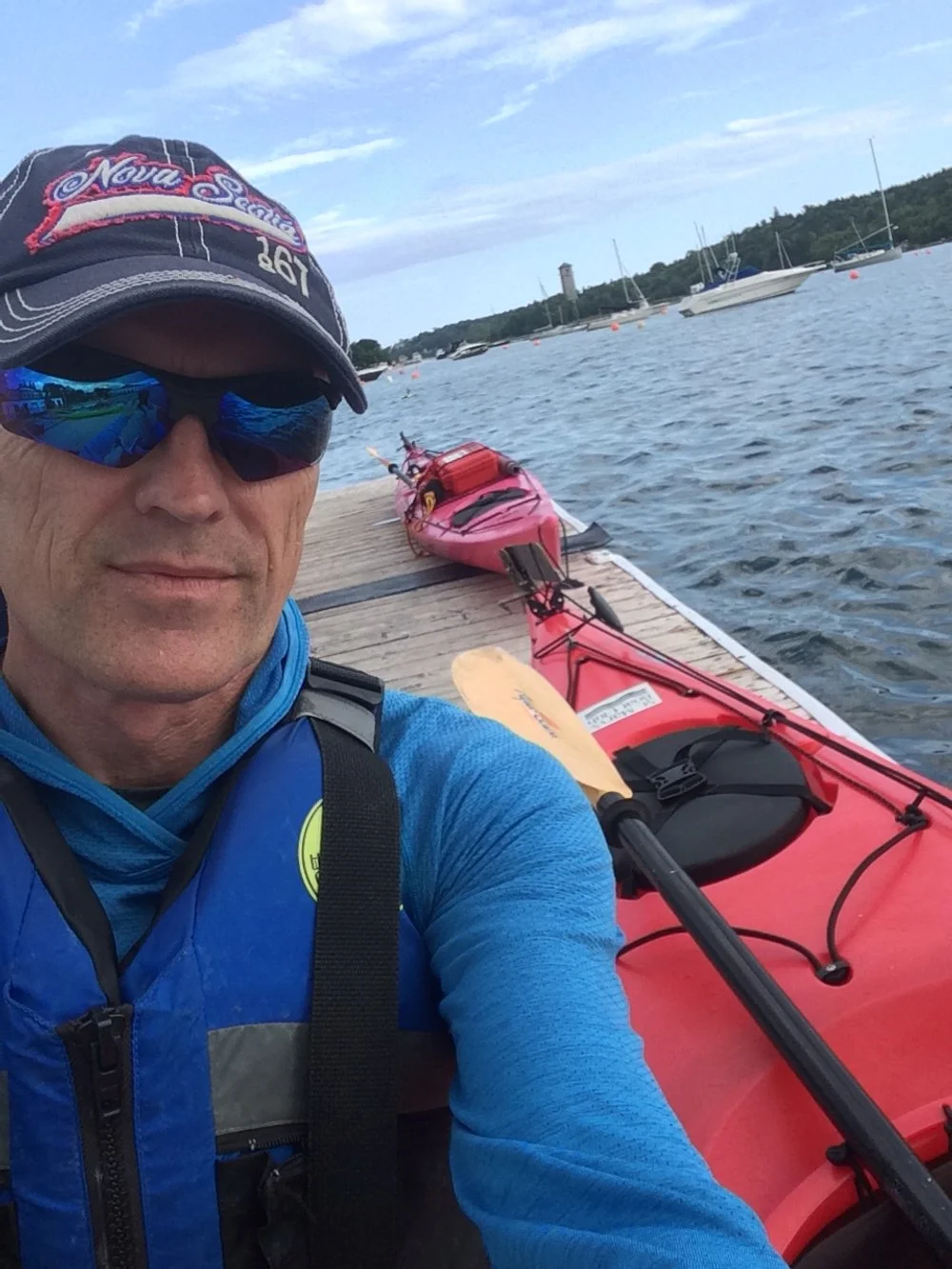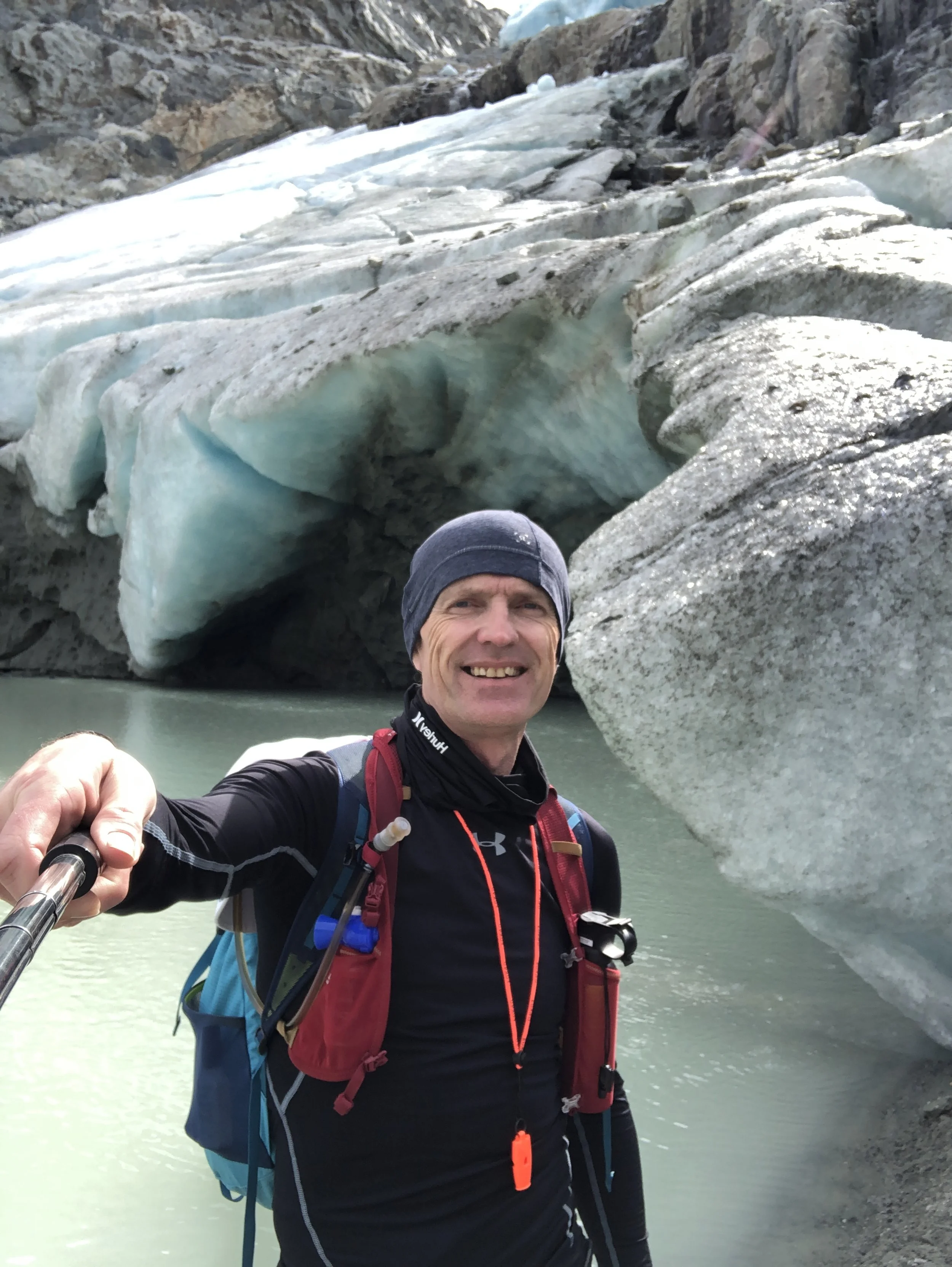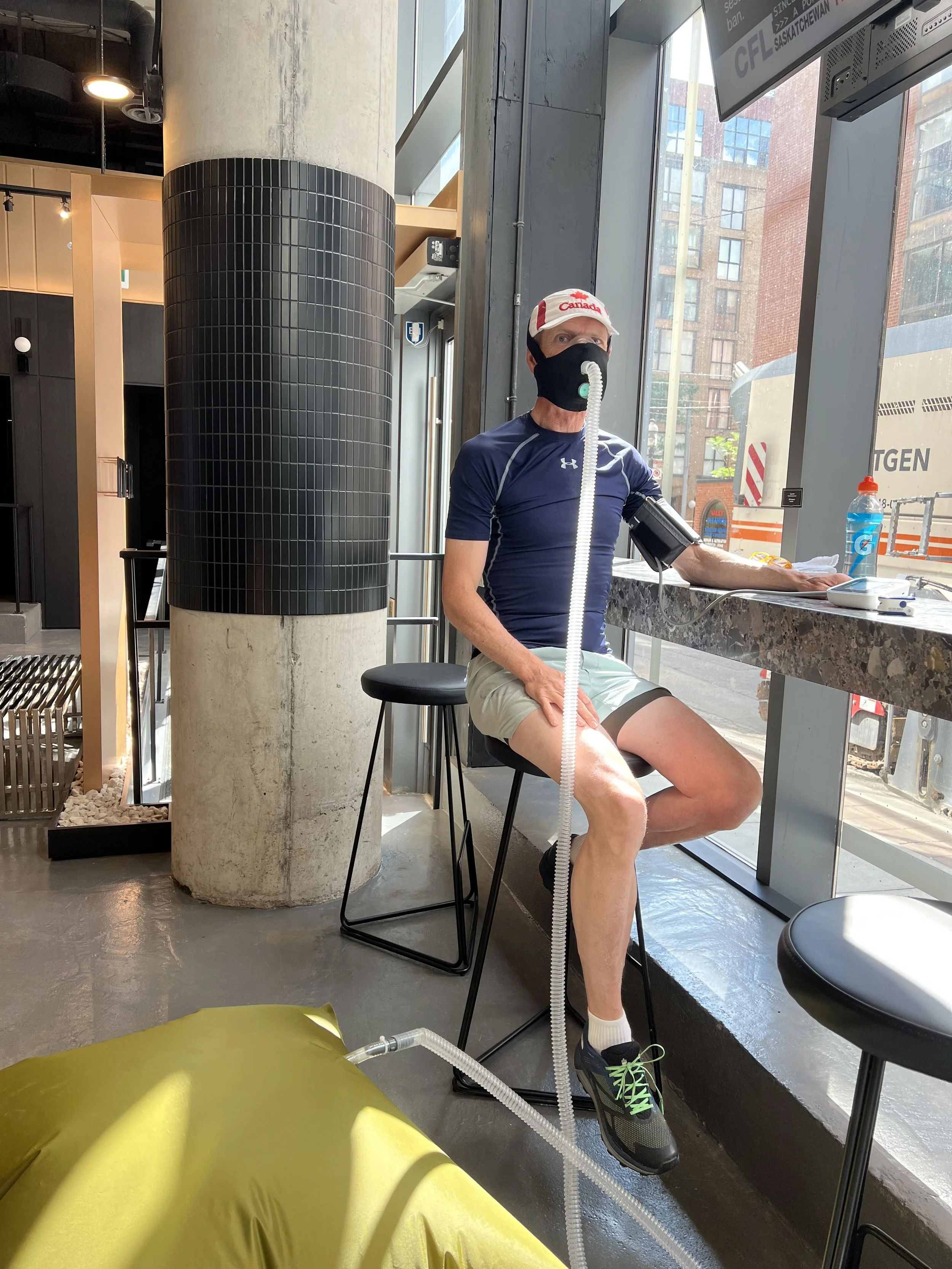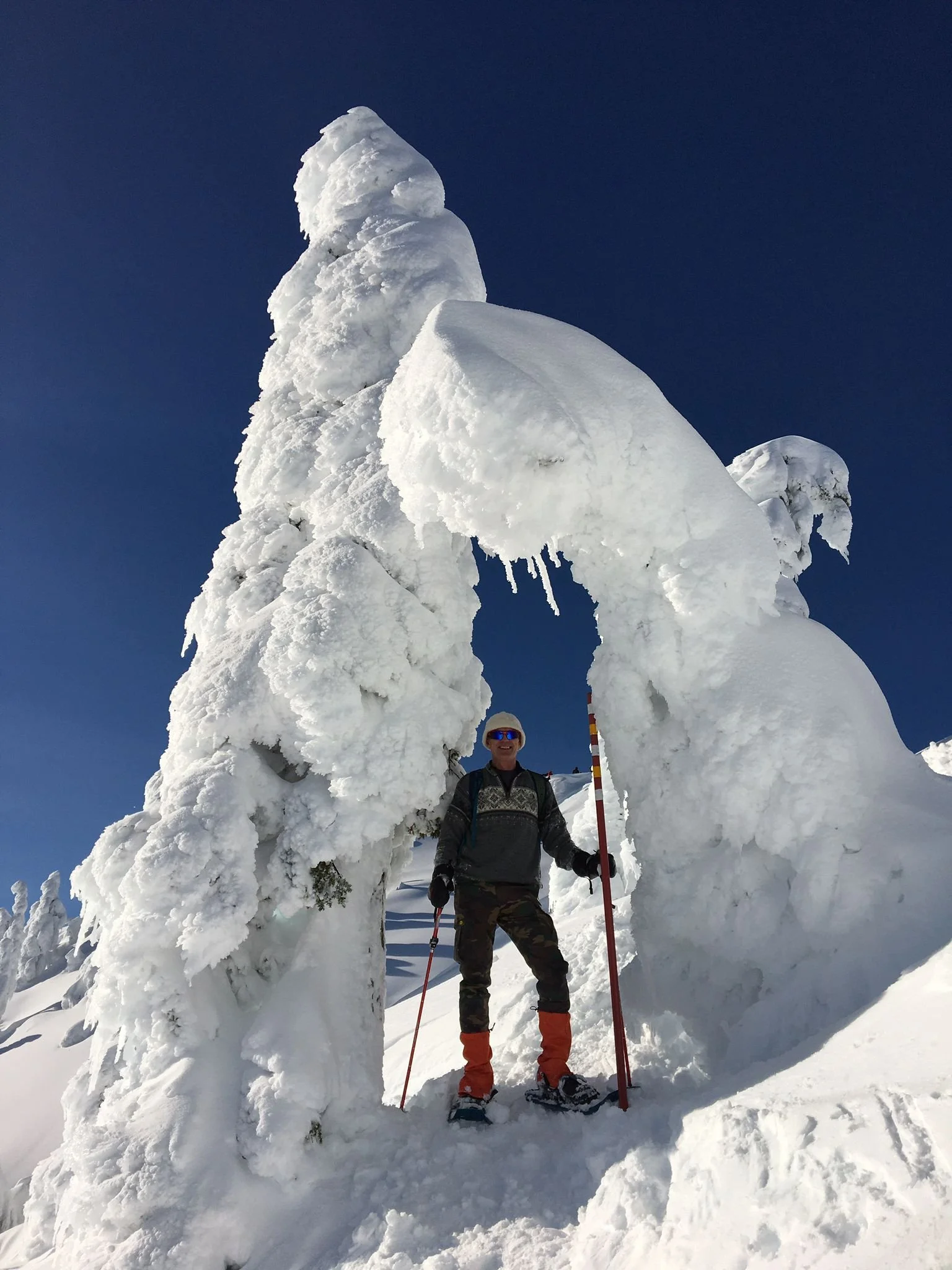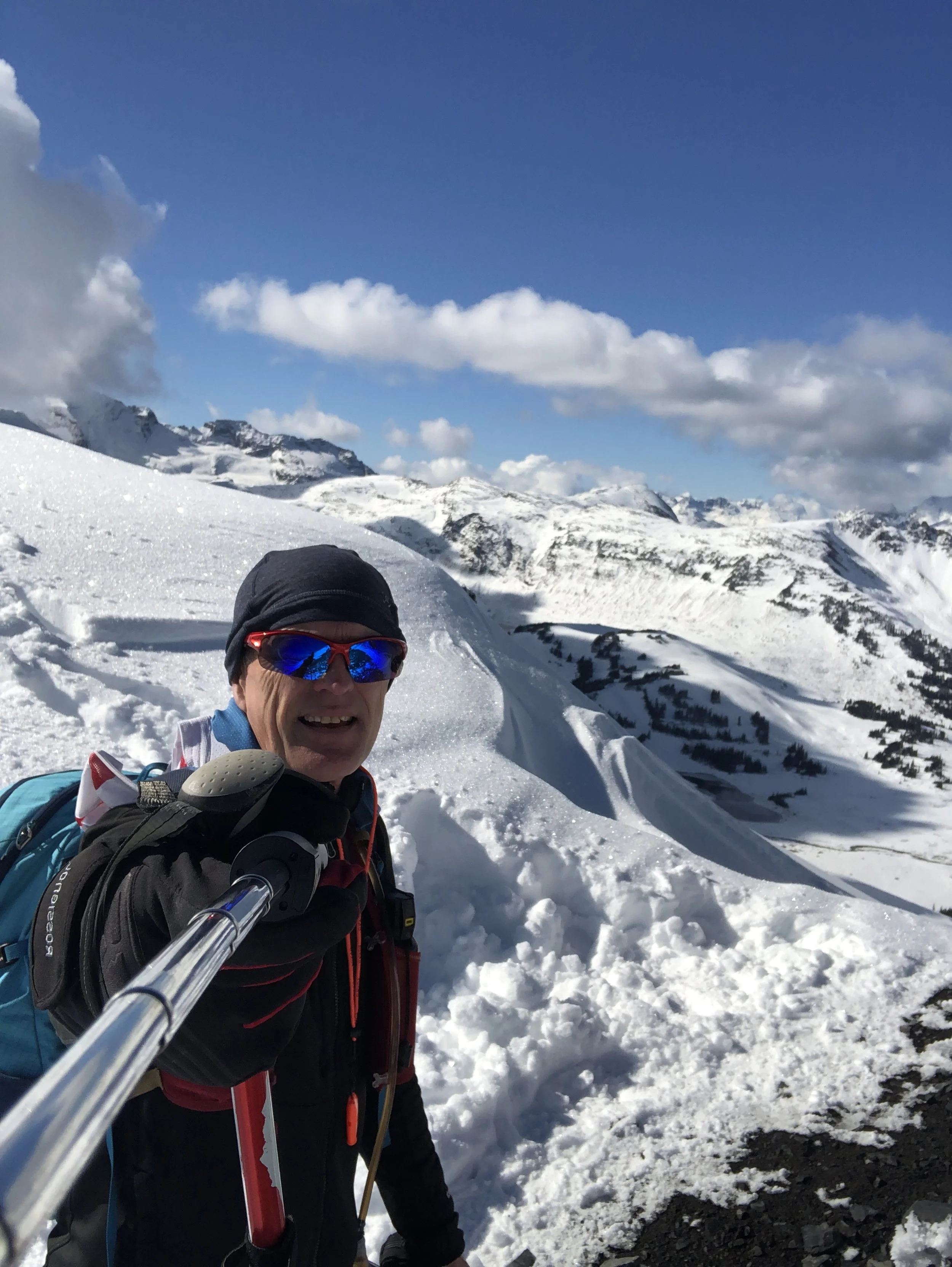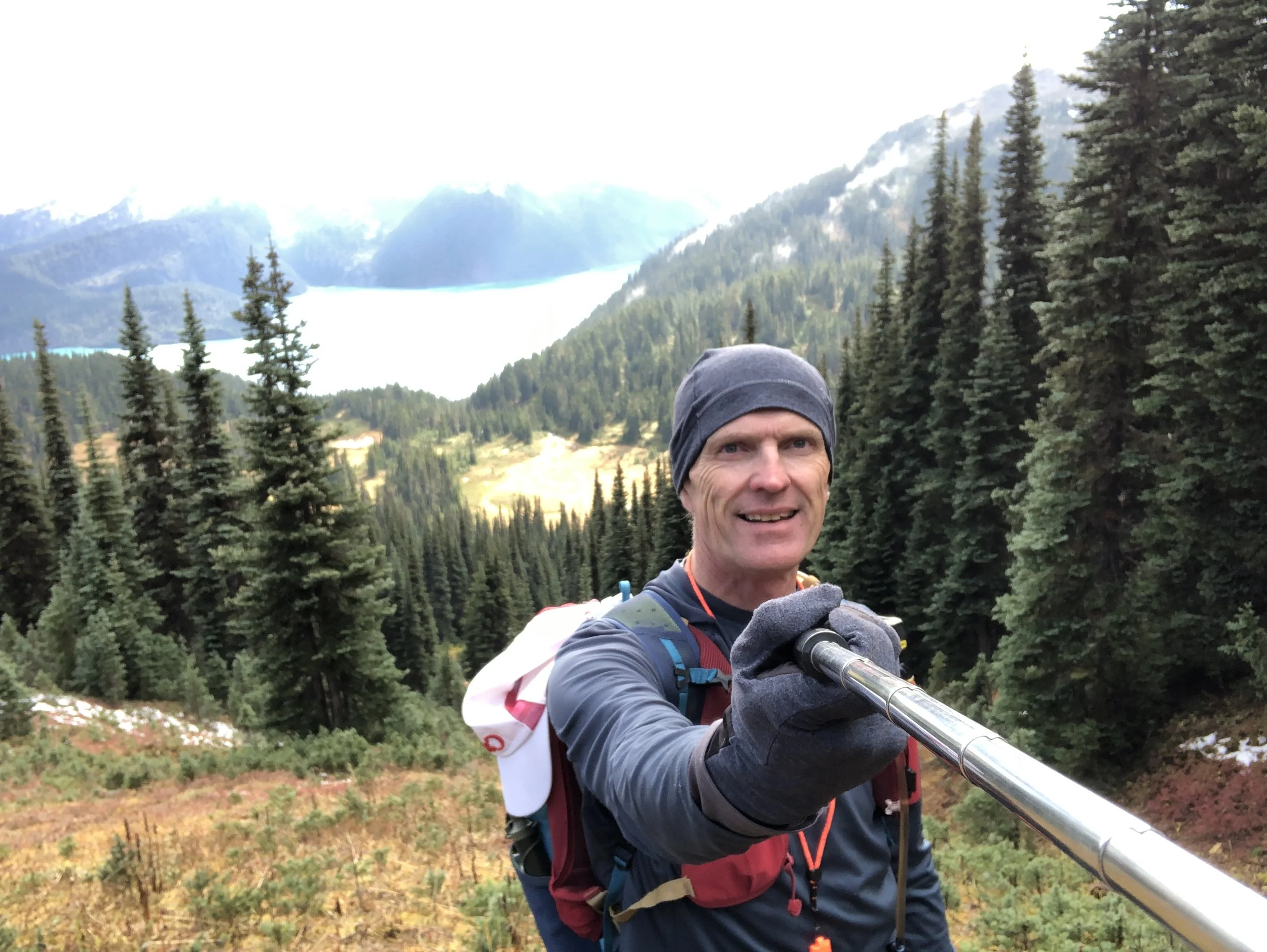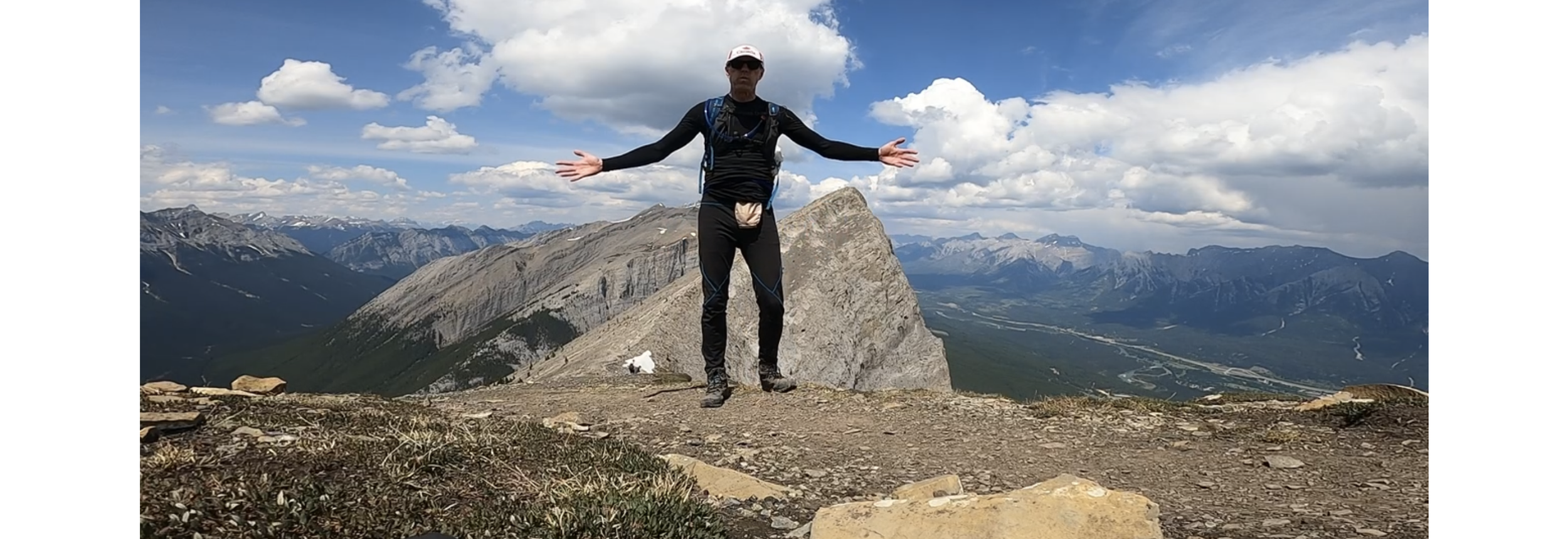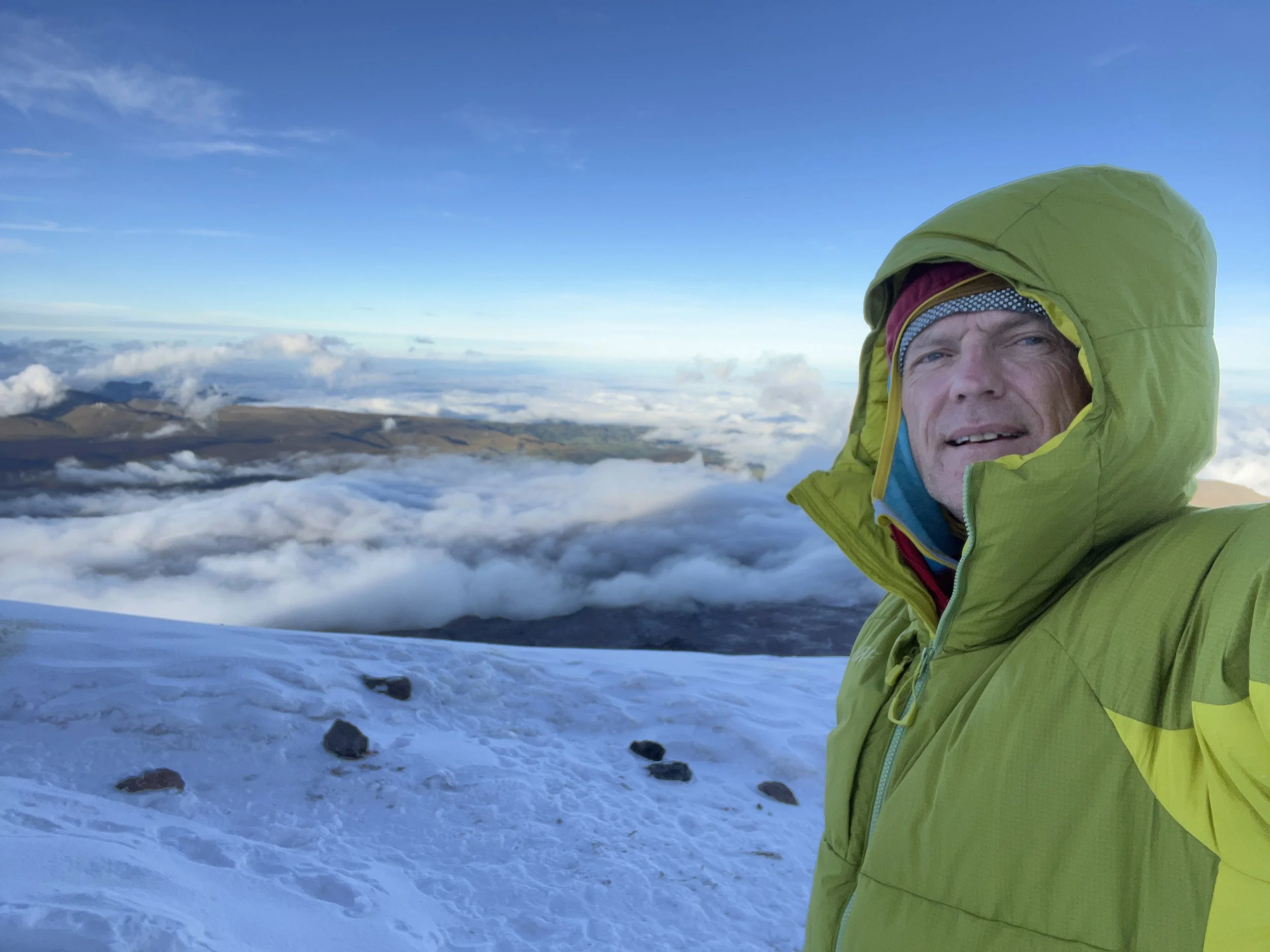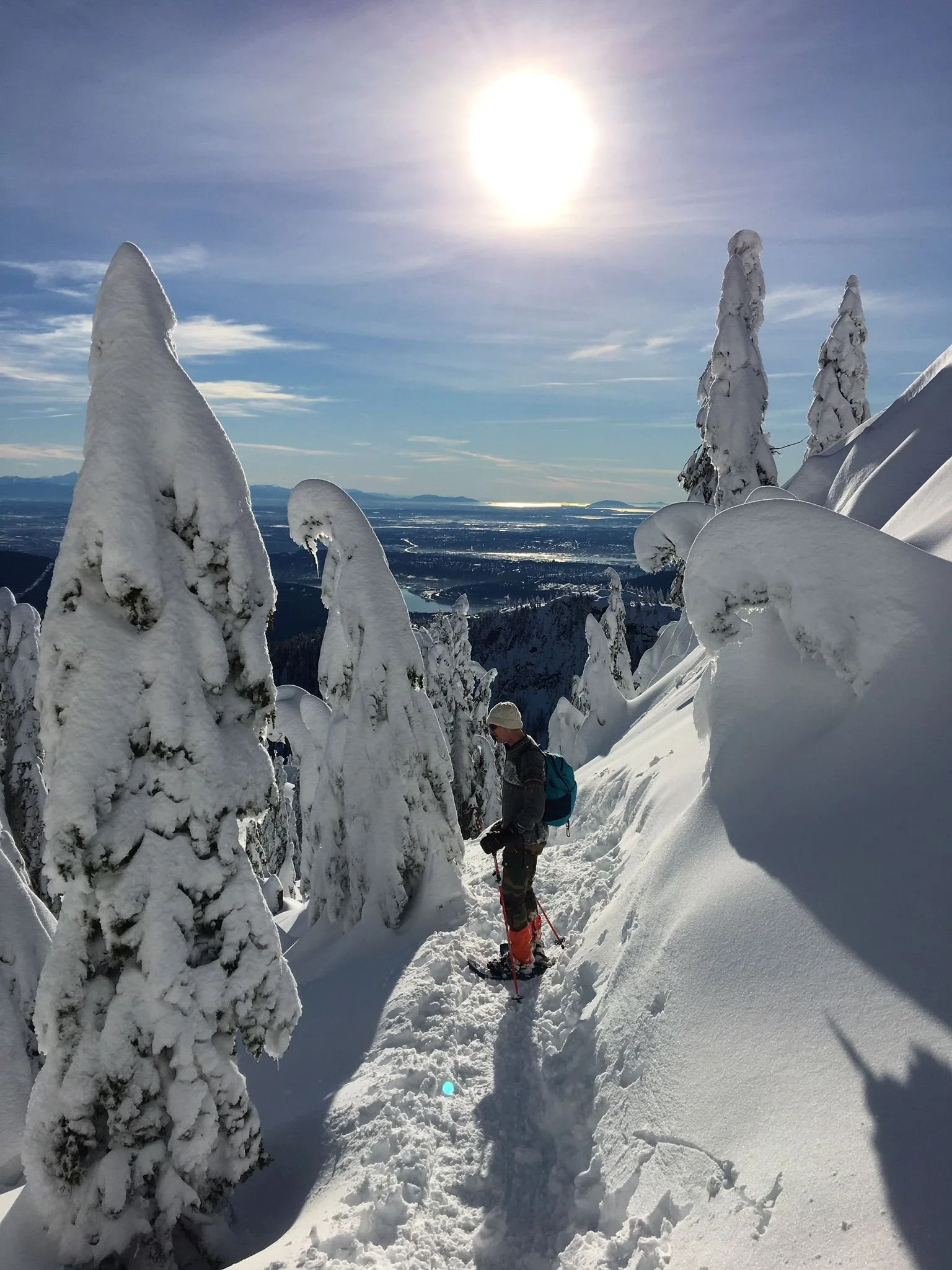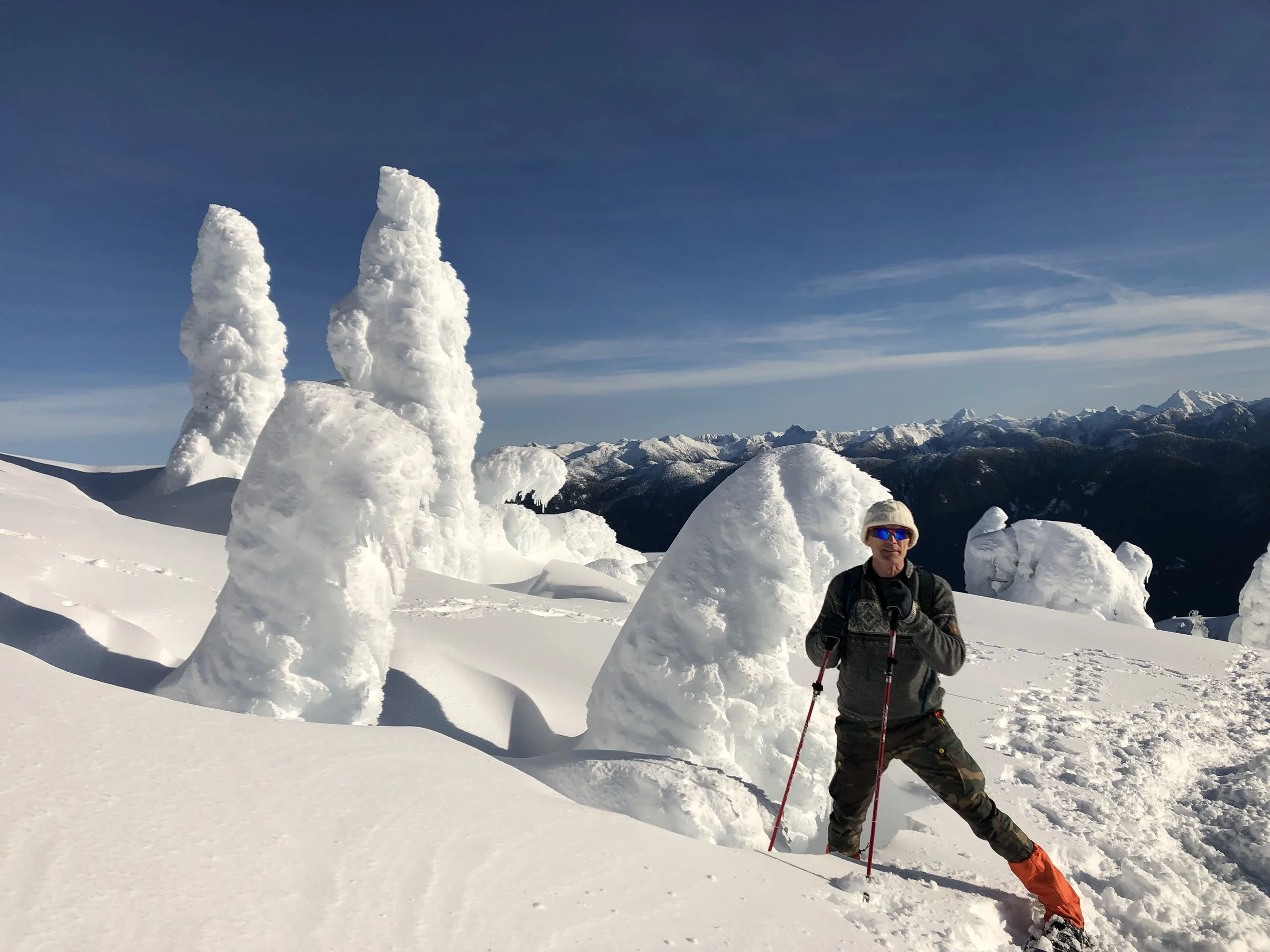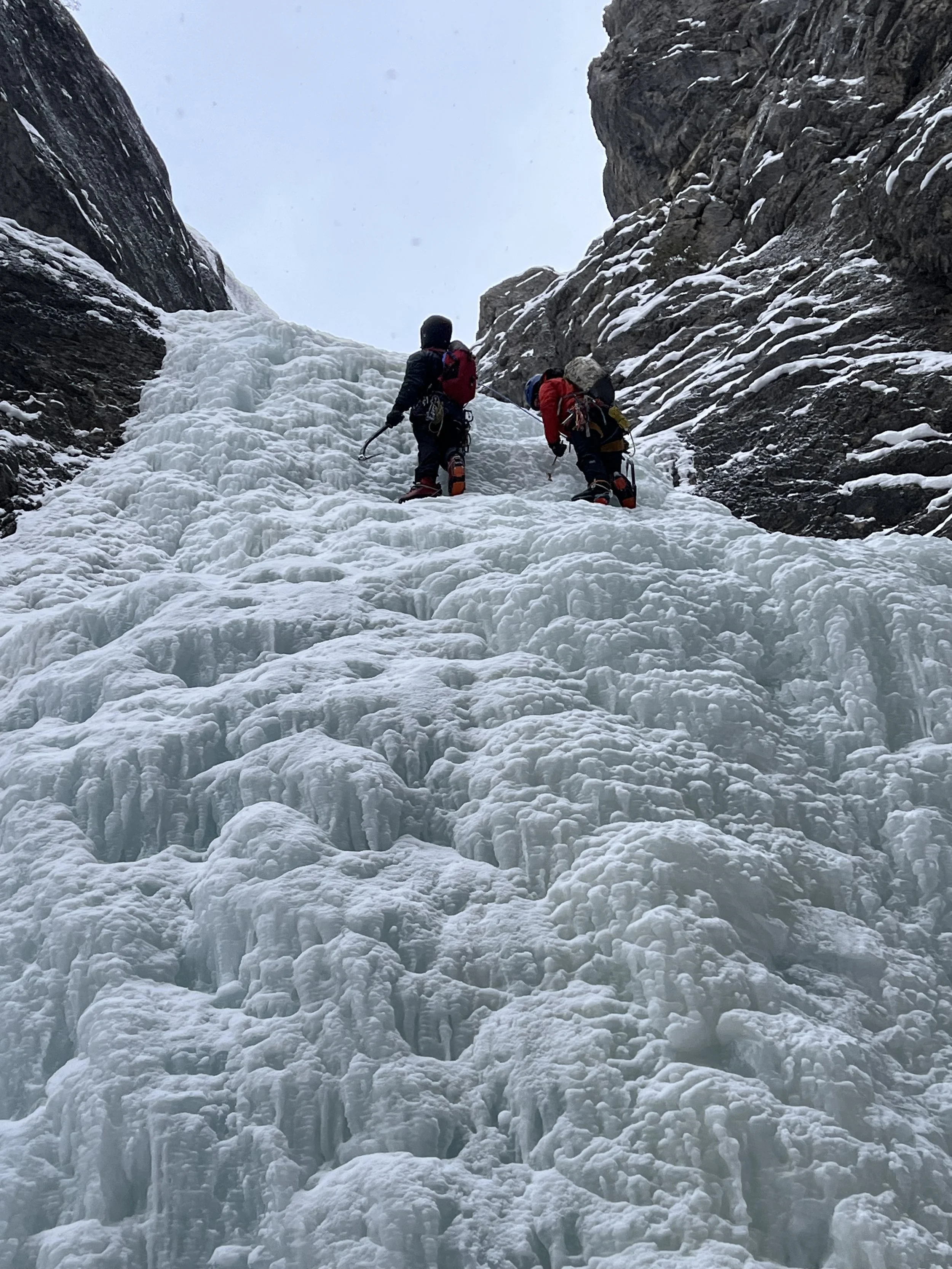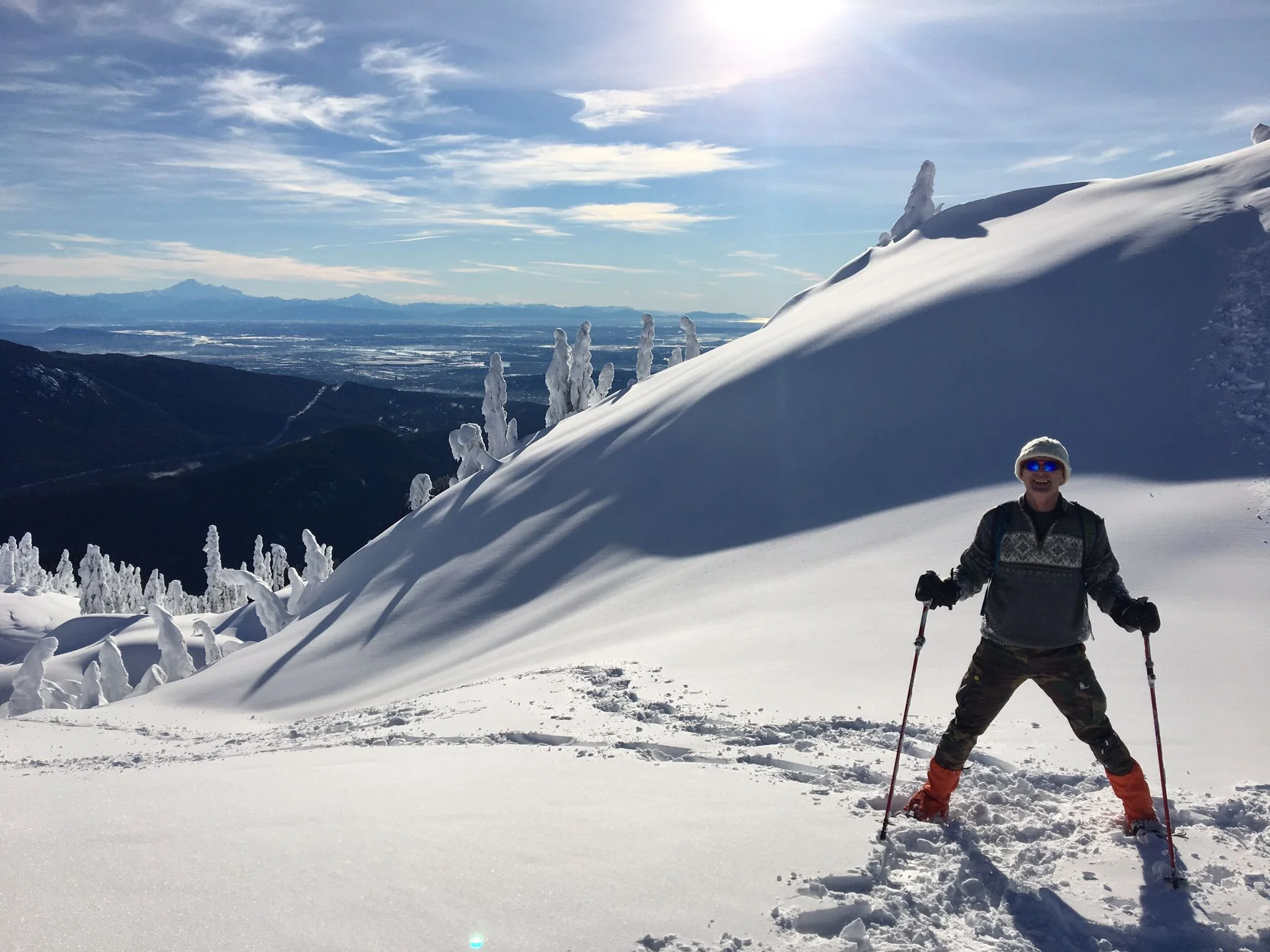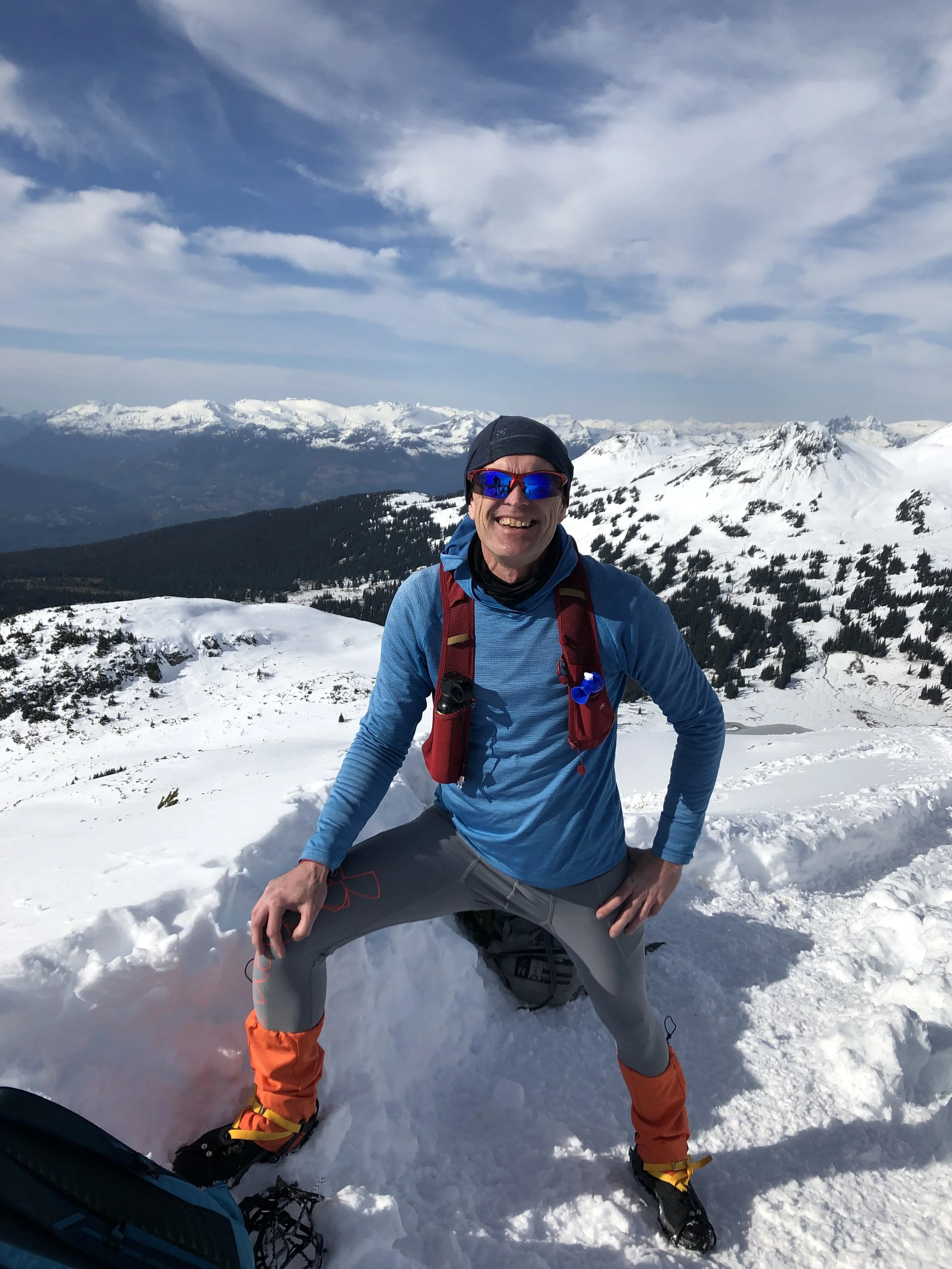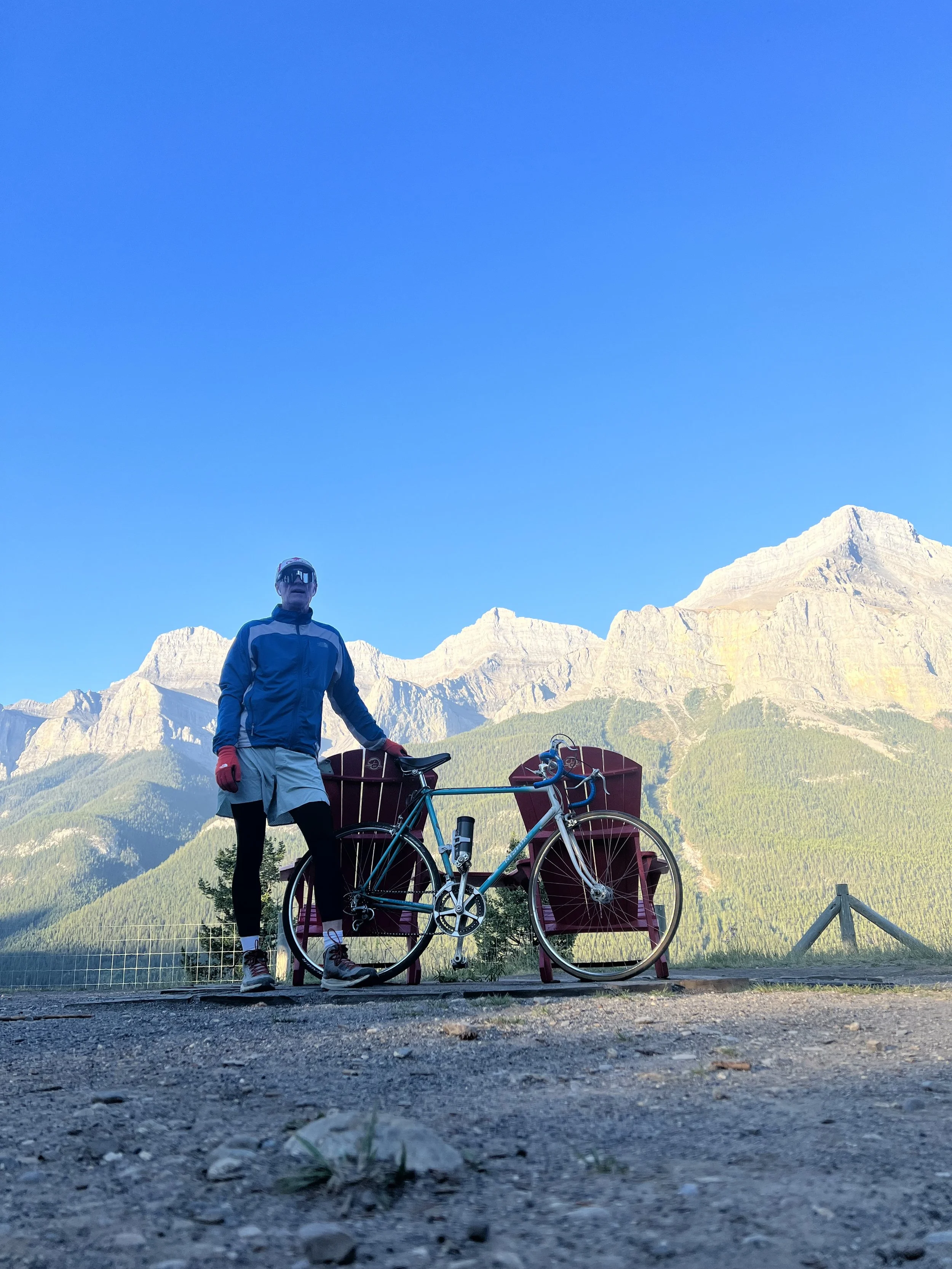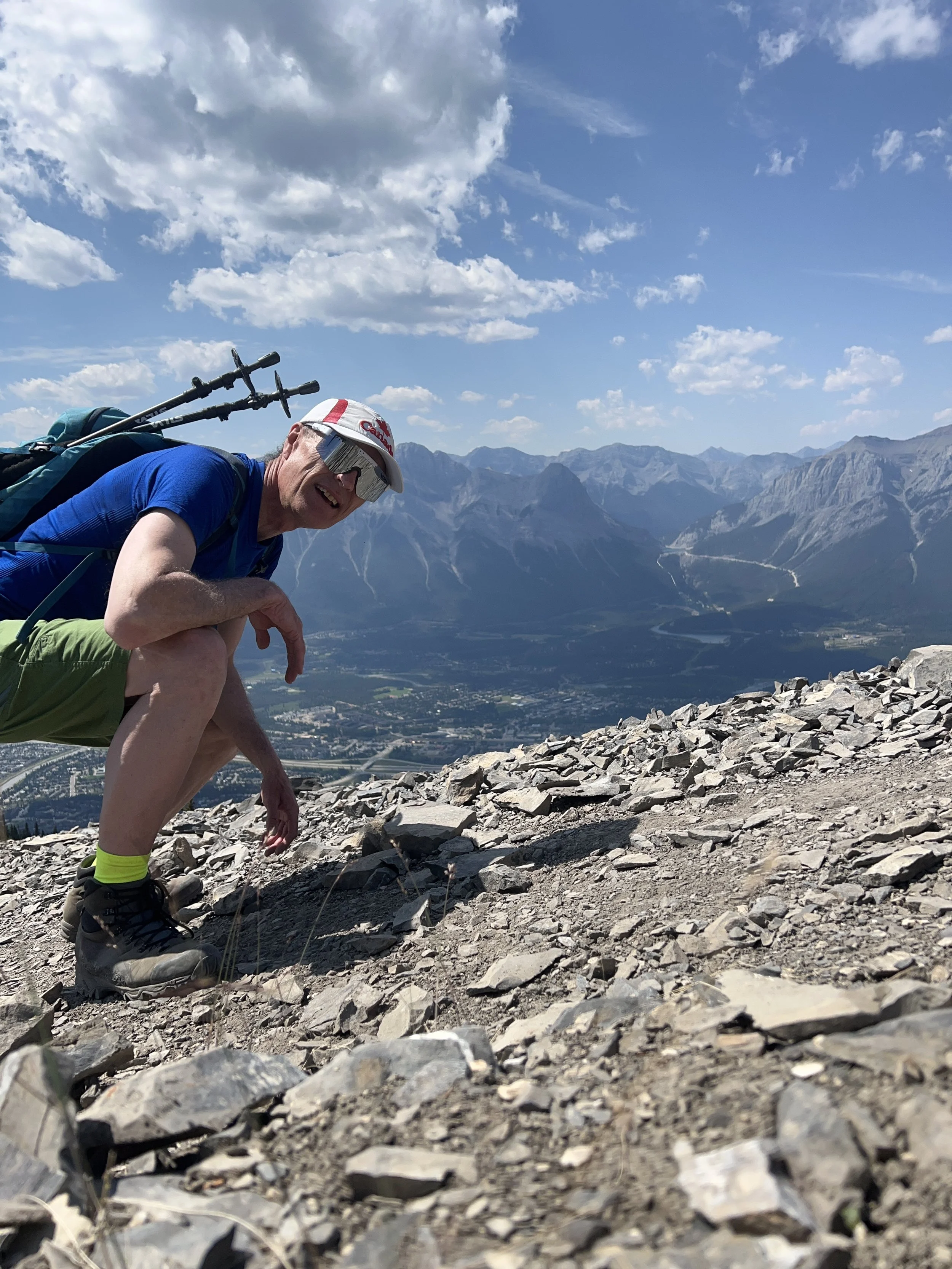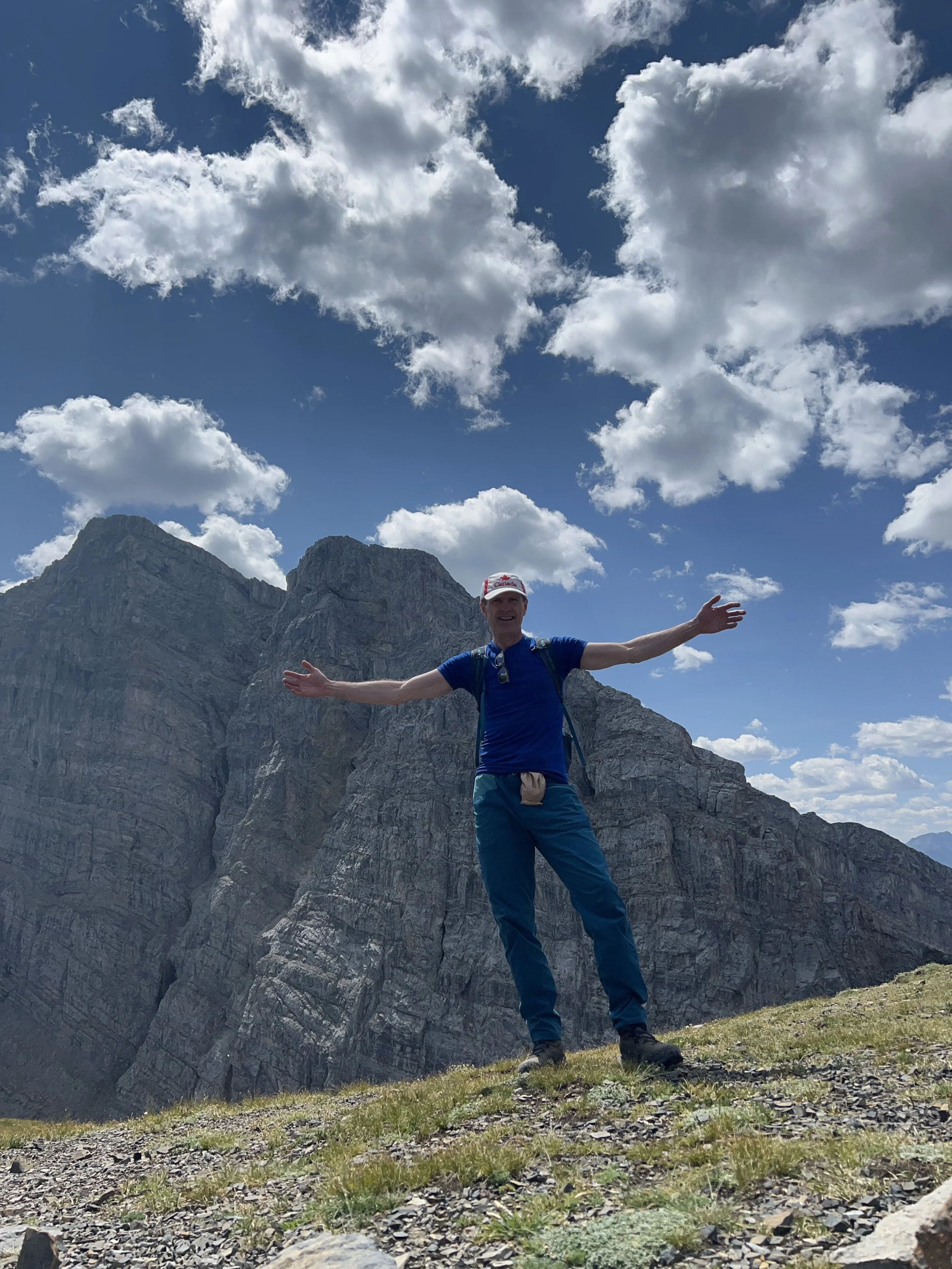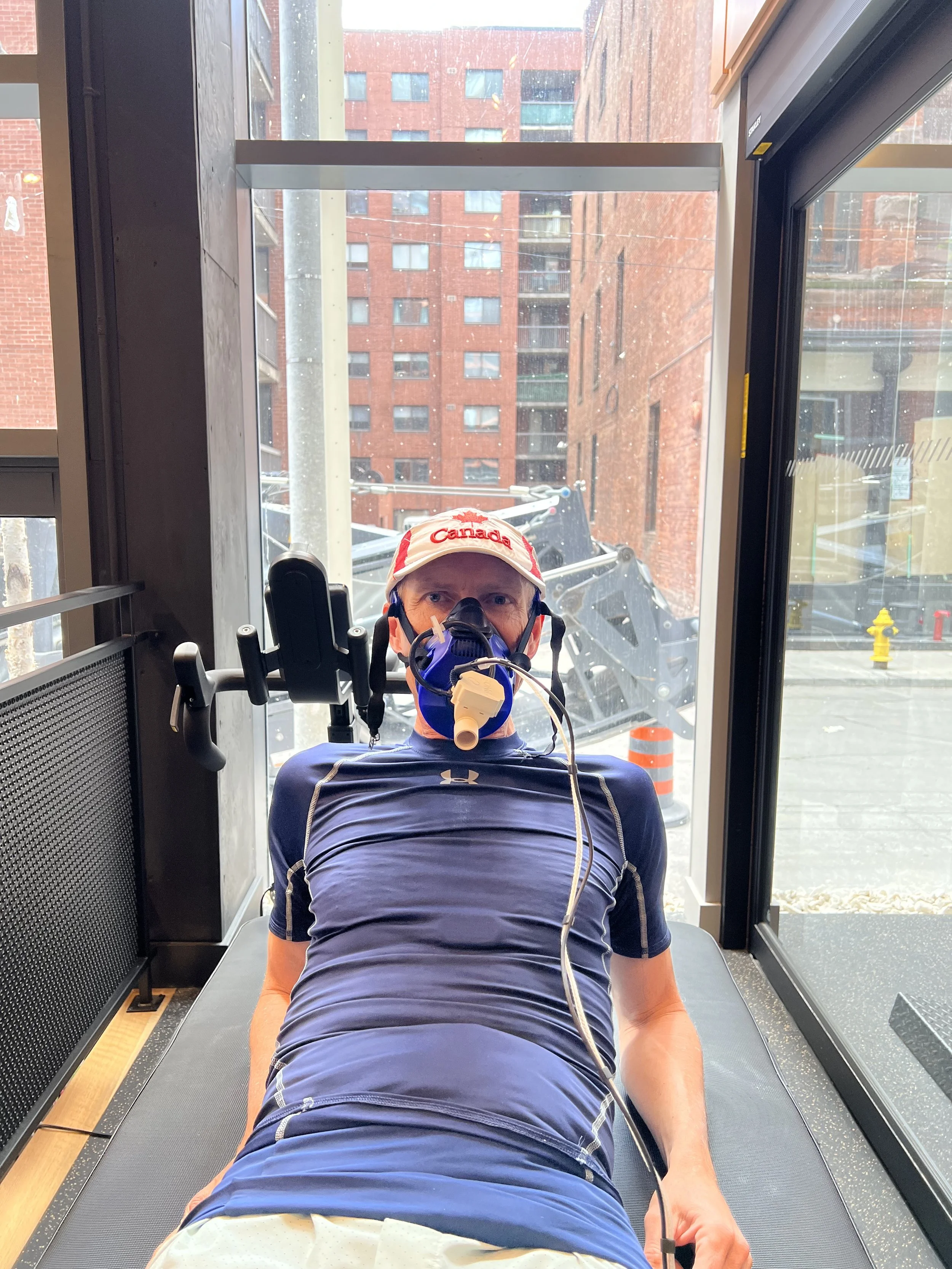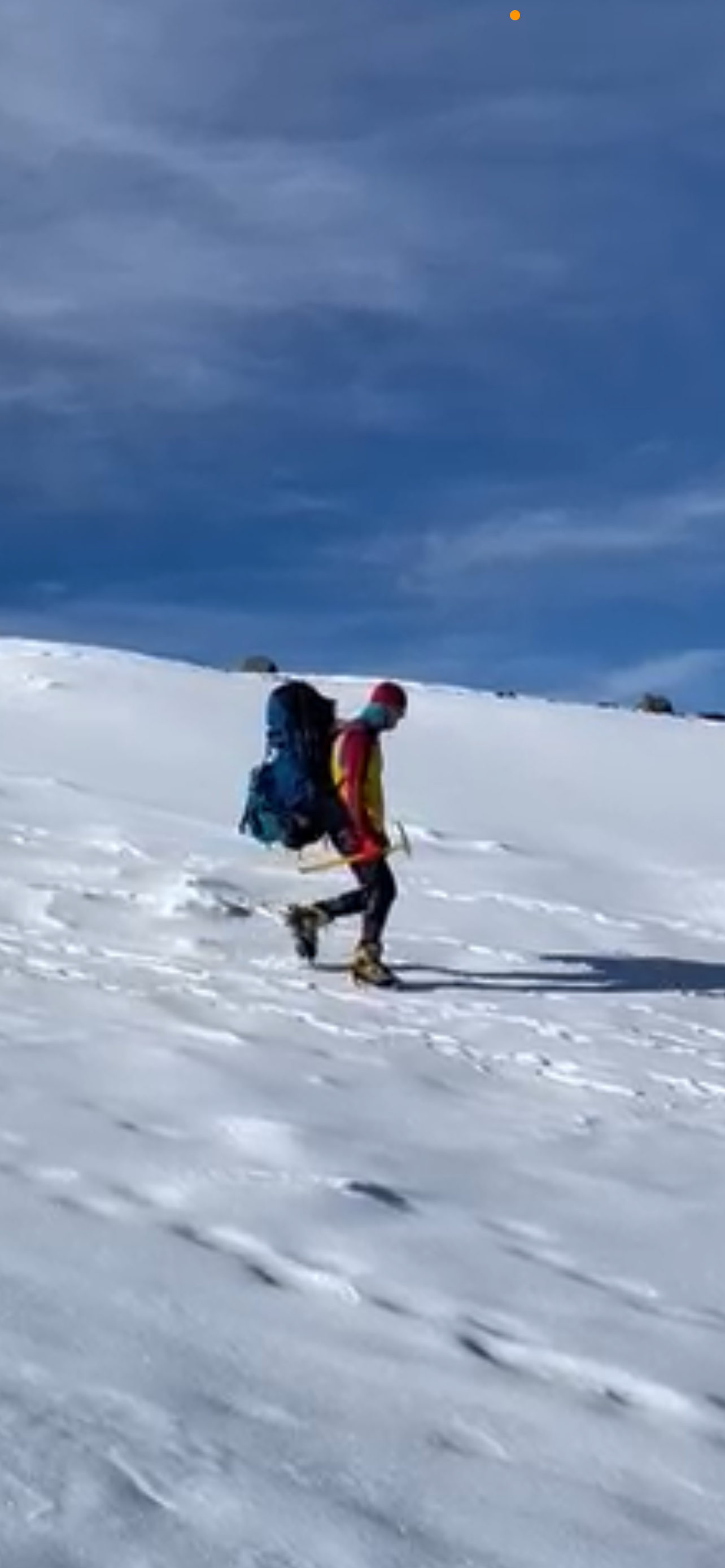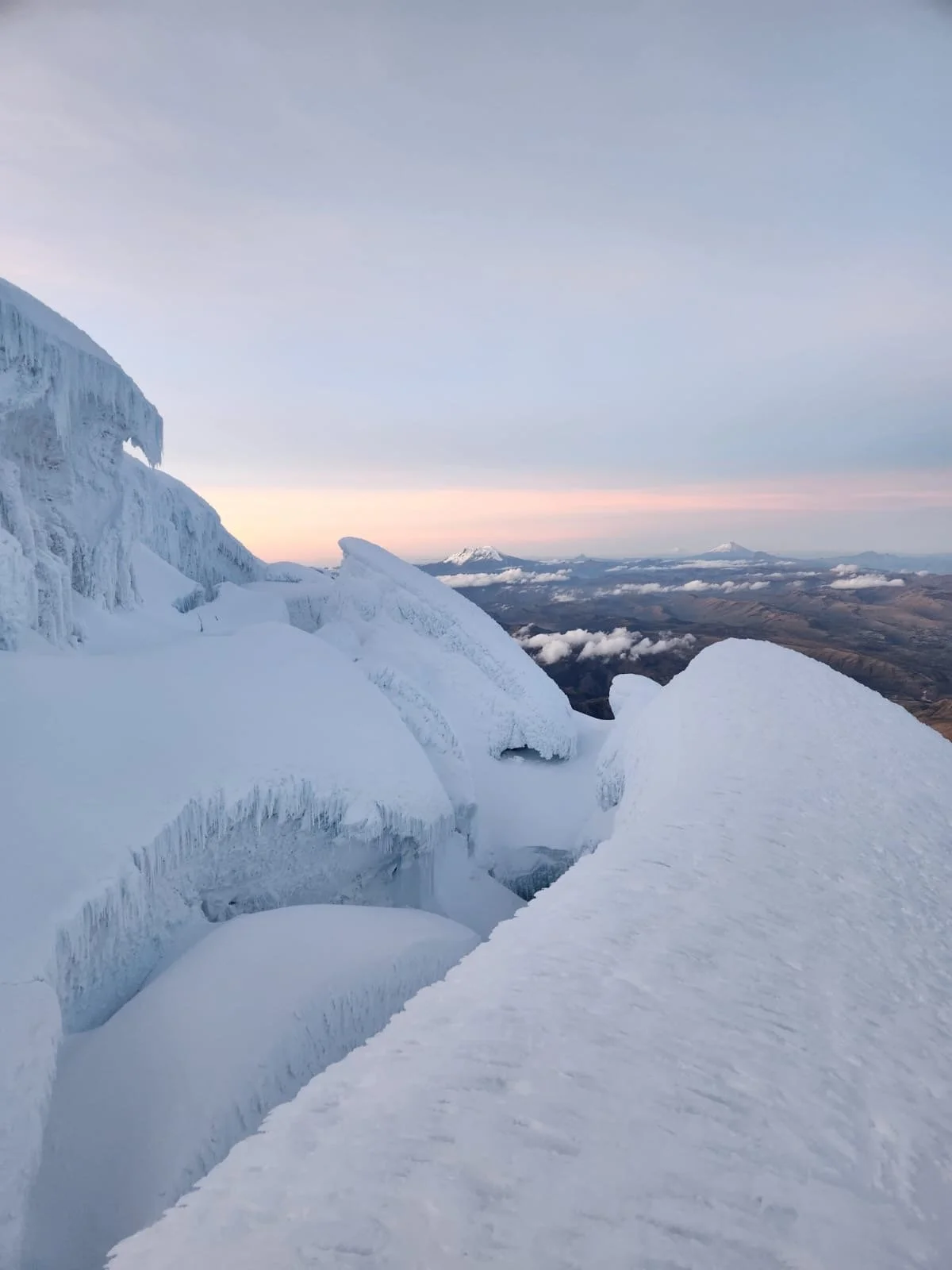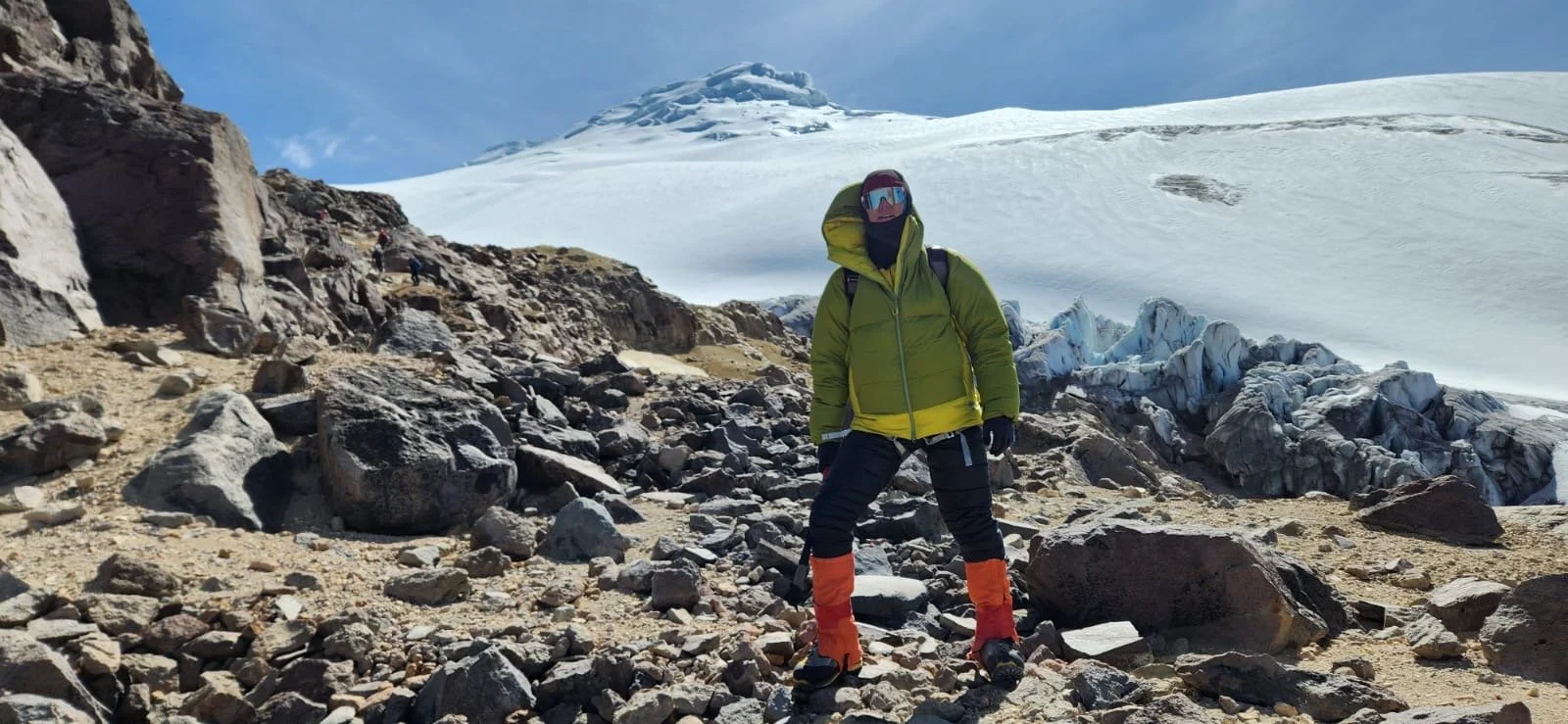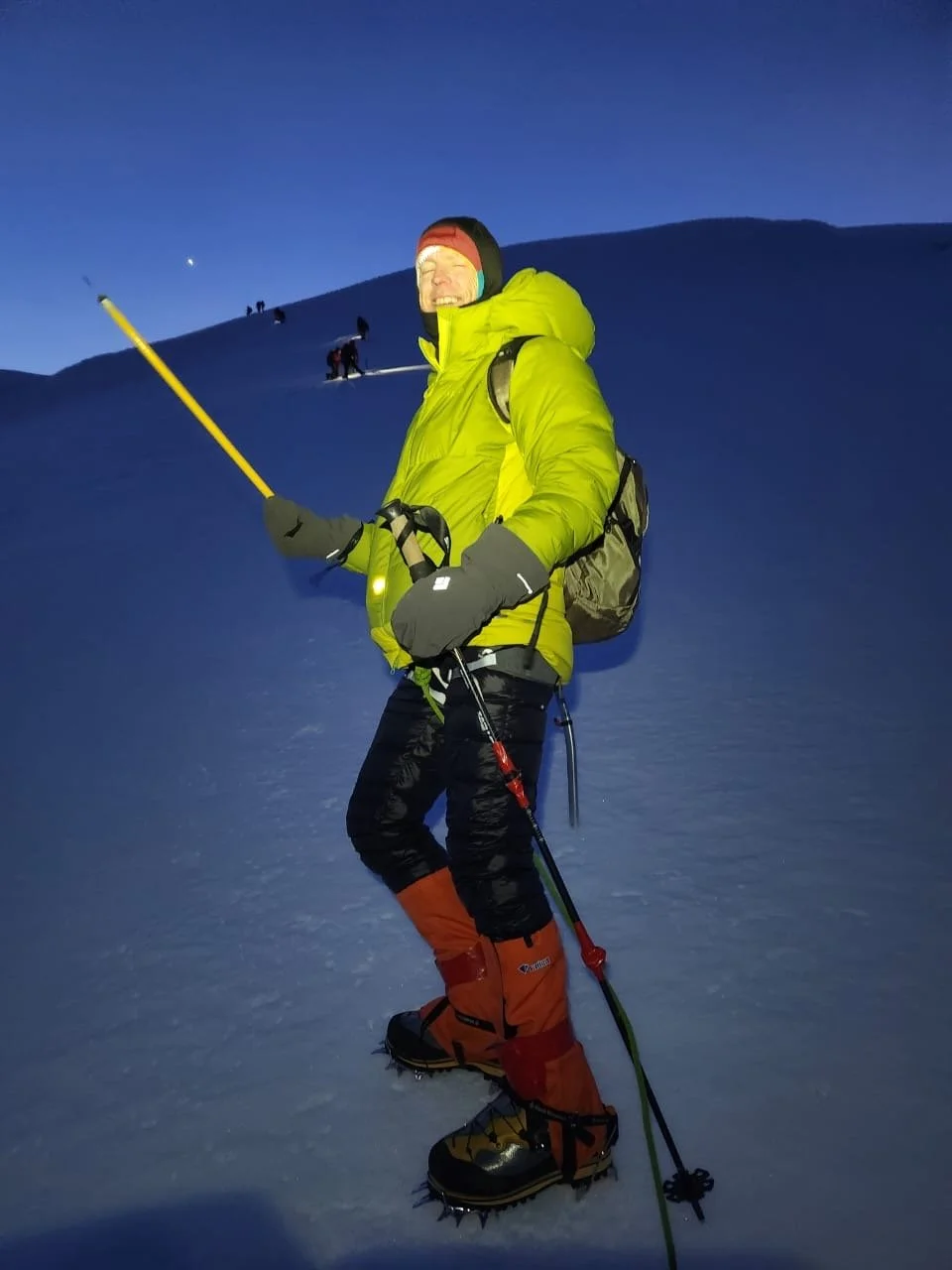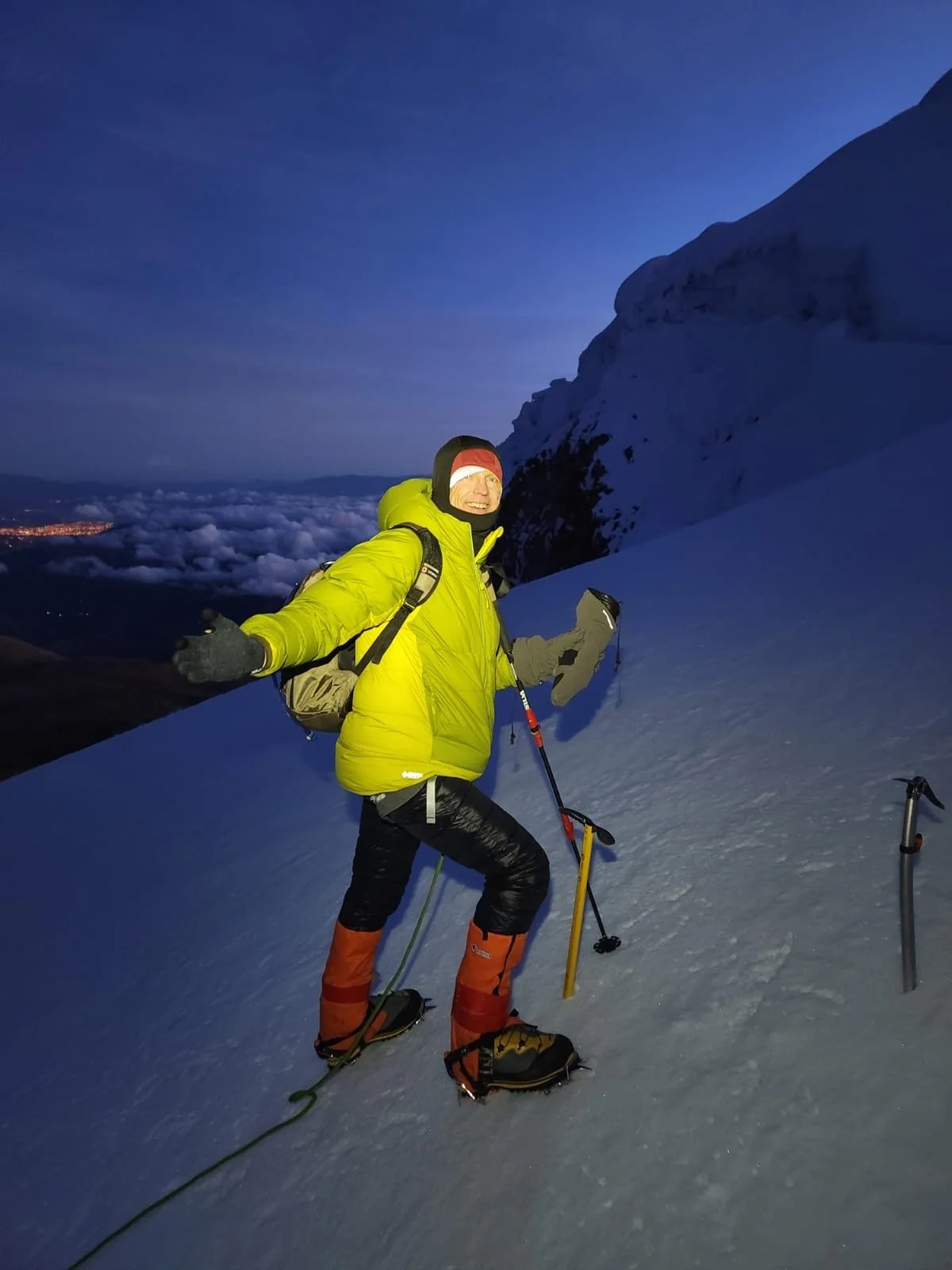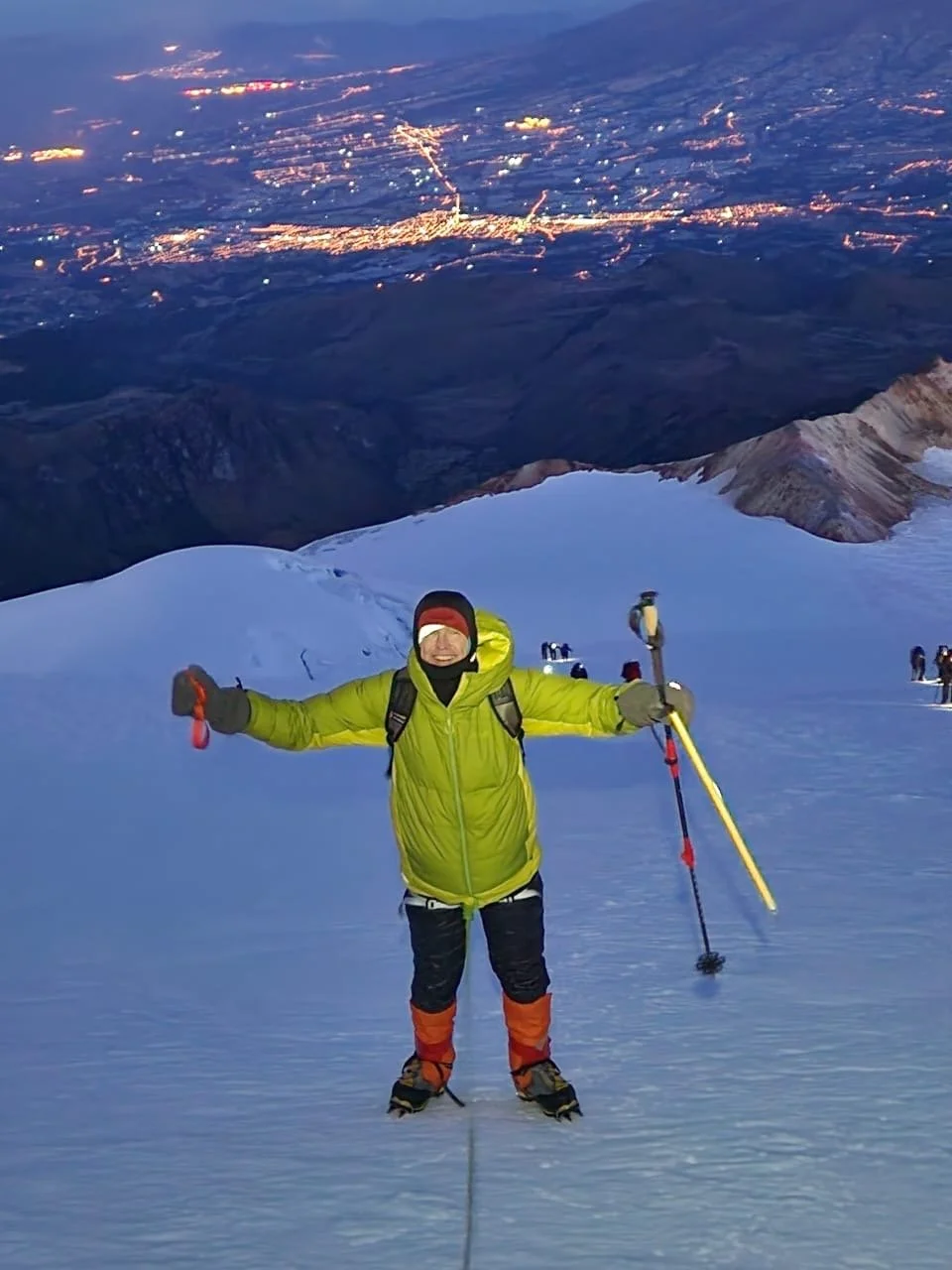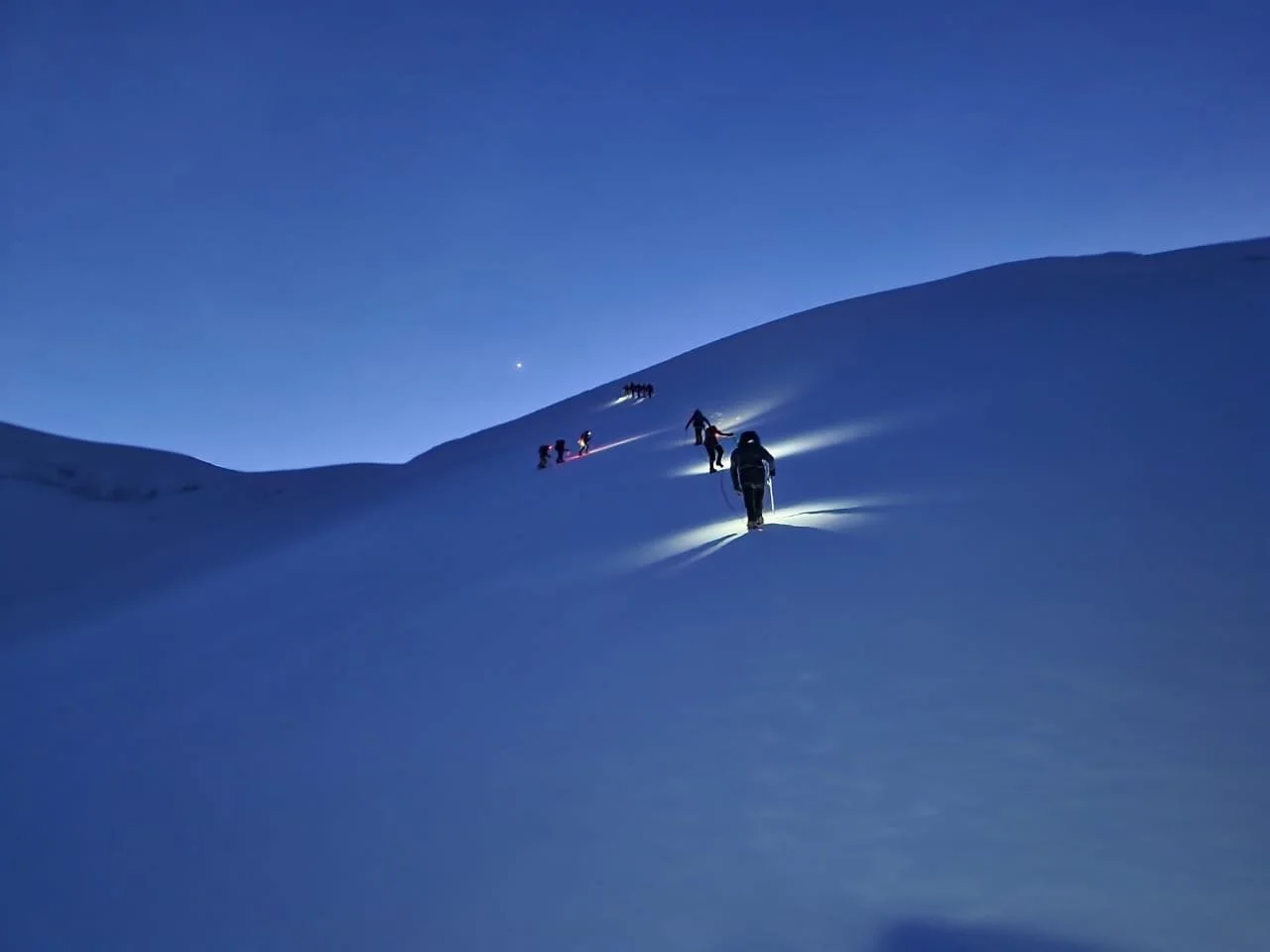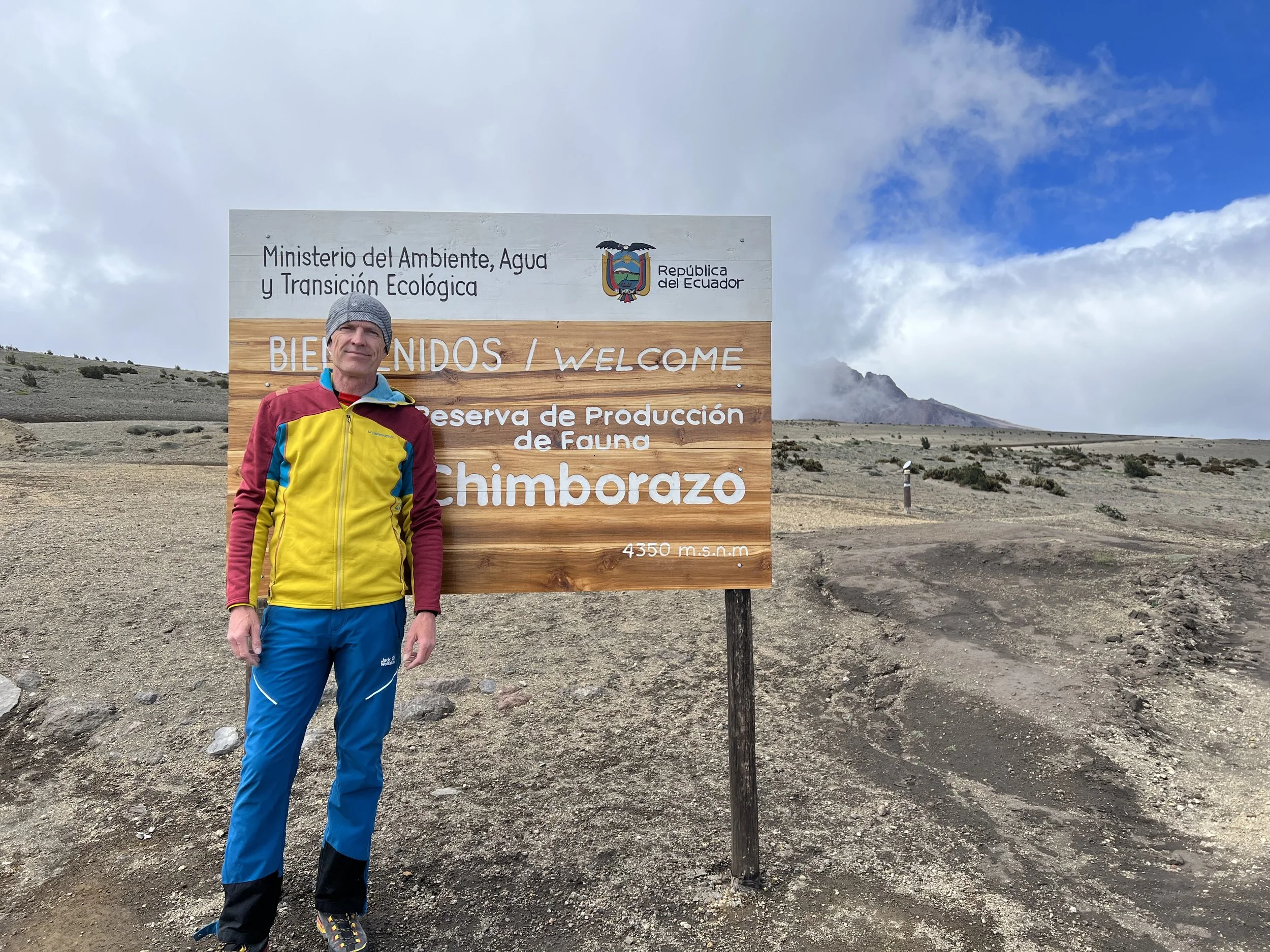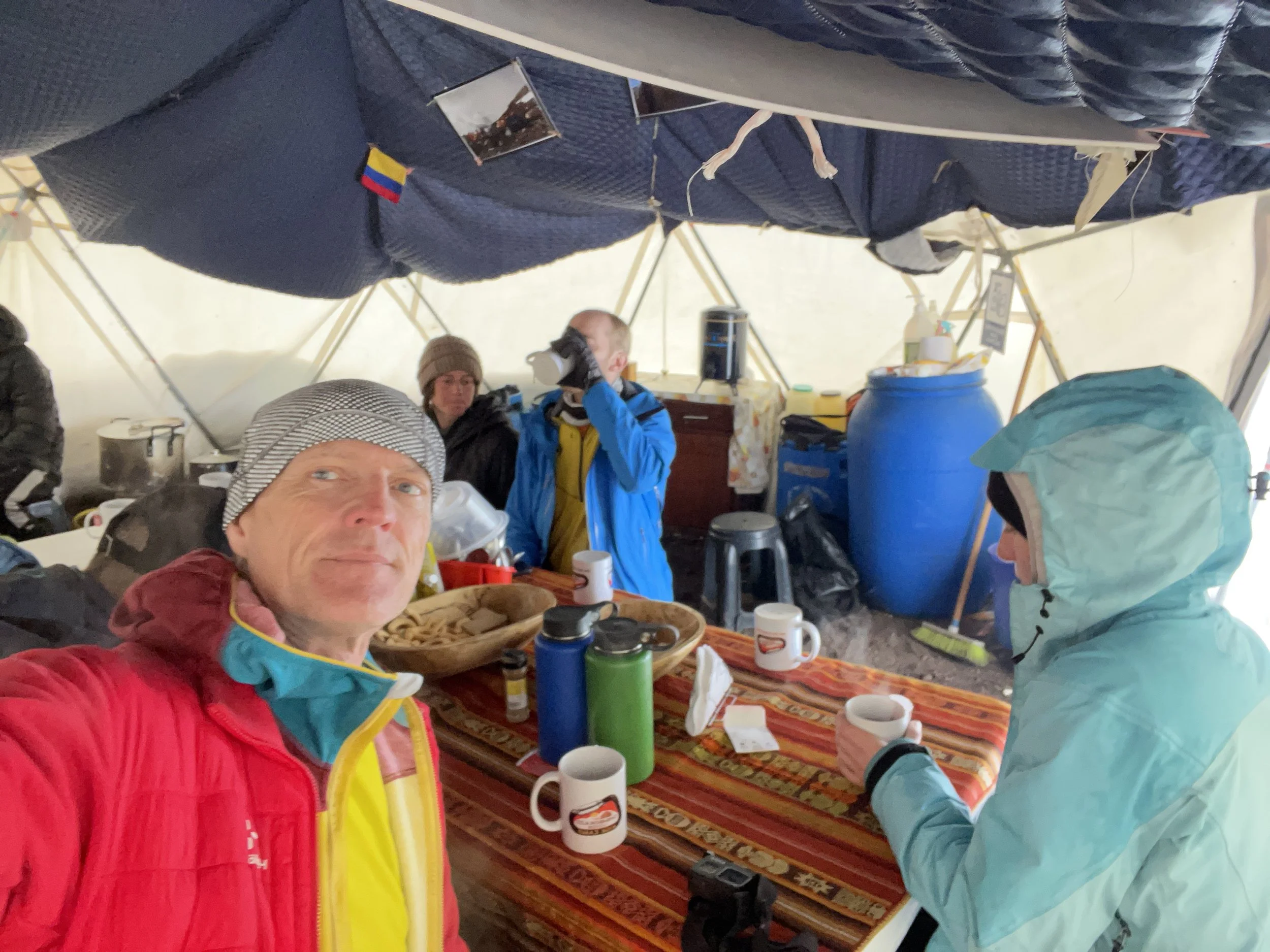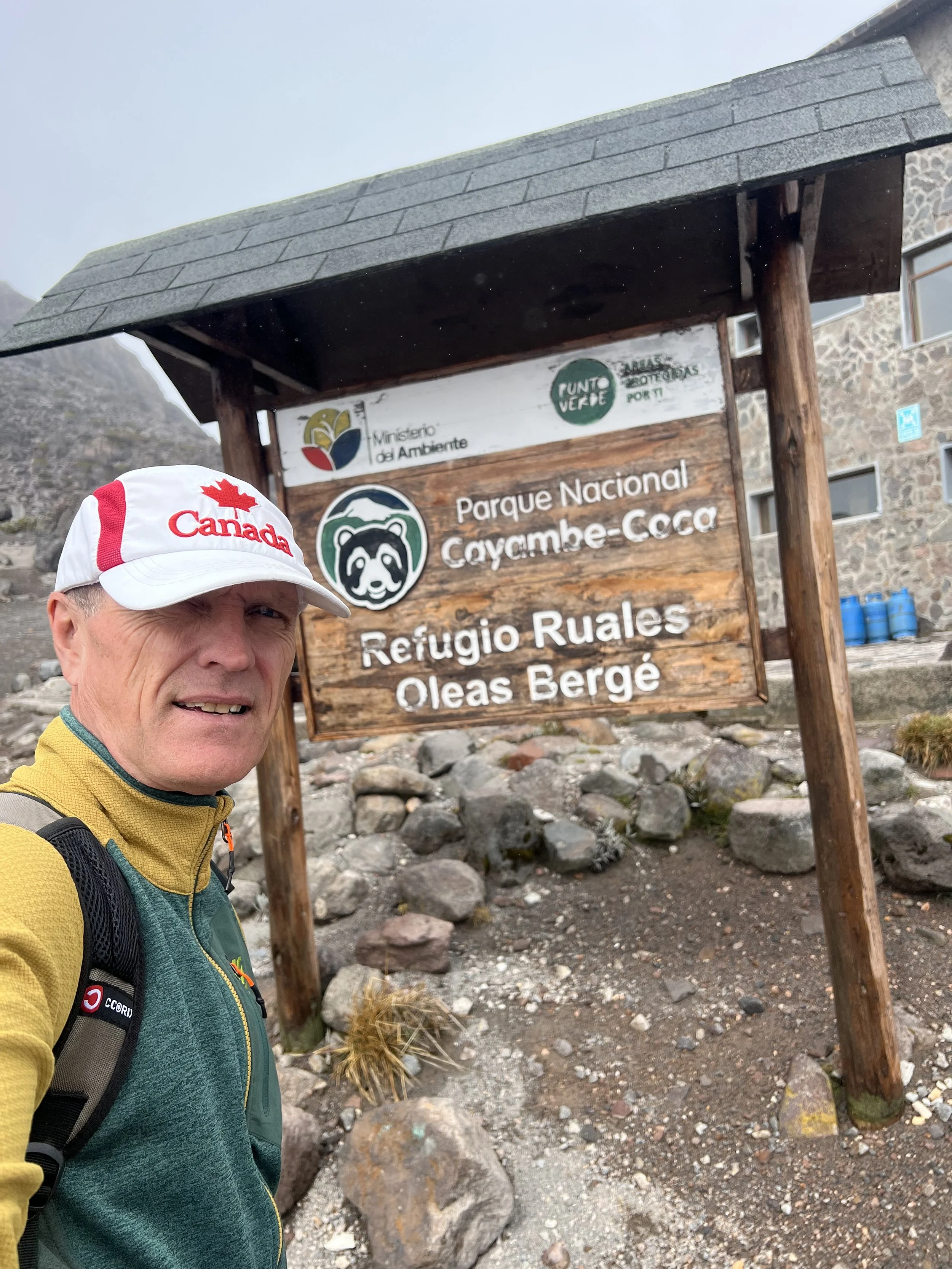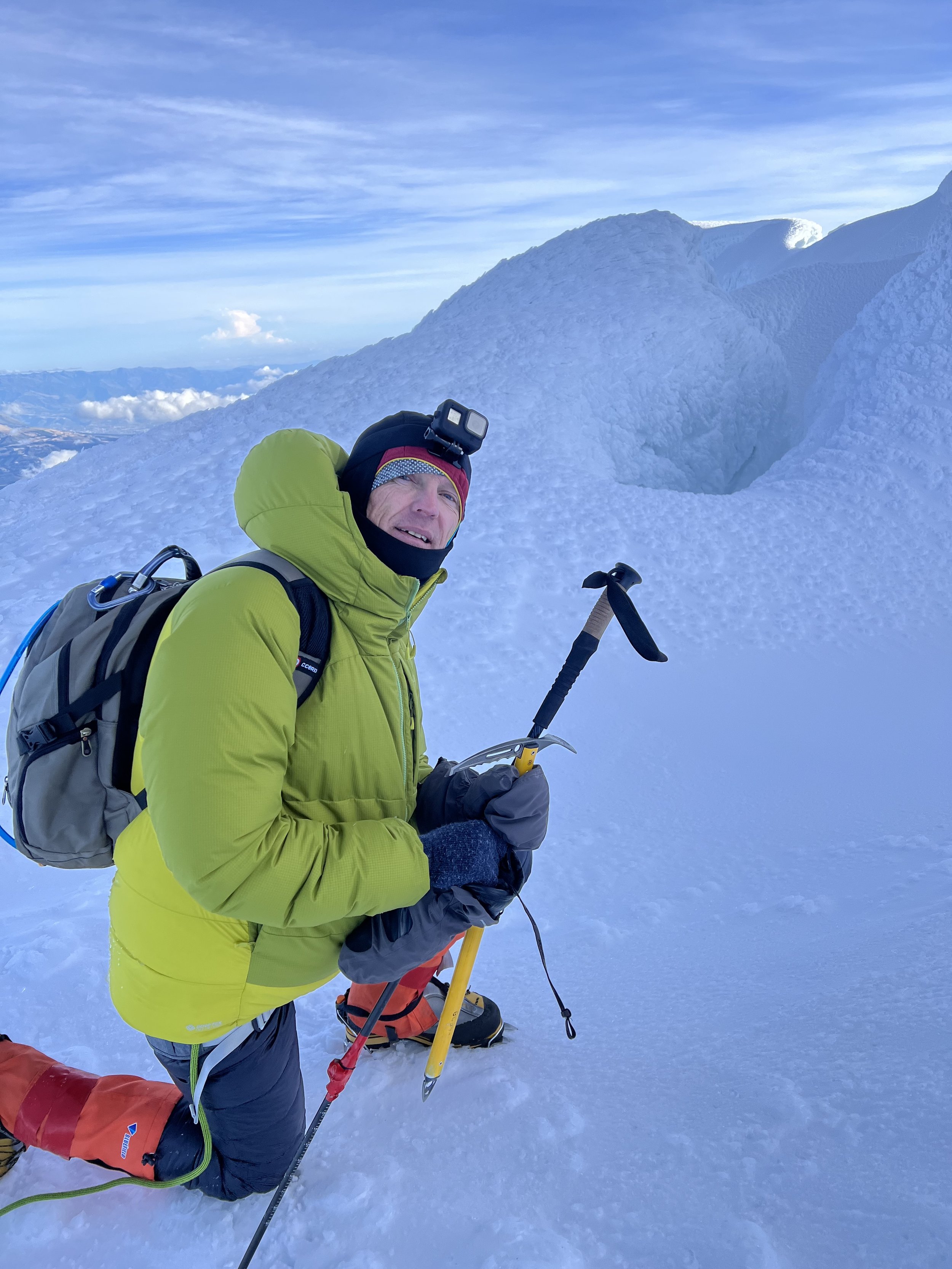Meet
Jess Upton, United Kingdom
Senior Specialist Bariatric and Gastroenterology Dietitian
Jess is on HCPC registered, highly specialist gastroenterology Dietitian. She has over 12 years experience working as a Dietitian in the NHS & Private sector both in an inpatient and outpatient setting.
Jess also has significant respect and empathy for clients with IBD, having had the disease herself for the past 25 years. She has personal experience of IBD medications and surgery, and now lives with a permanent ileostomy (stoma). Jess is therefore able to offer both professional nutrition support, and a compassionate understanding to clients seeking IBD support and those living with a stoma.
Jess has a specialist interest in Inflammatory Bowel Disease (IBD), having published a research paper in the European Journal of Clinical Nutrition entitled ‘Nutritional Status and Anthropometry in Children with IBD’, and also working clinically with clients.
Jess believes that nutrition plays a significant role in the IBD puzzle and takes pride in supporting clients with evidence-based, tailored advice to enable them to thrive from symptom relief and witness a significant improvement in their quality of life. Jess has experience working with clients requiring Enteral Nutrition and the Crohn’s Disease Exclusion Diet and also has experience with other IBD complications such as Bile Acid Malabsorption.
Jess is incredibly passionate about empowering clients with IBD to take back control over what many view as a life sentence illness by helping to optimise nutritional intake, support symptom management, and ultimately improve their quality of life.
In Jessica’s own words:
MY PASSION
Nutrition is a fundamental piece of everyday life, as without it, we fail to function. My passion is to support, motivate and educate clients to enable self-empowerment, successful behavioural changes, and ultimately optimal lifestyle adaptations. We are too often faced with a media minefield of mixed dietary messages, meaning it can be hard to understand what dietary advice to follow. My aim is to provide uncomplicated and evidence-based advice, which is adapted to meet client specific goals.
MY JOURNEY
From as early as I can remember, I was always looking for the next activity, game or sport to compete in. Competing in sport opened my eyes to the importance of adequate nutrition in order to fuel effectively, and hence my interest and love of nutrition grew. My Dietetic journey started by completing my bachelor’s degree in Physiology, Sports Science and Nutrition, giving me an enhanced knowledge of sport specific nutrition. To enhance my clinical knowledge, I then completed my Postgraduate degree in Nutrition and Dietetics before working for a number of years across a variety of settings in the NHS in Leicestershire. Within this role I was able to develop comprehensive behavioural change techniques to guide clients towards dietary changes related to a wide variety of complex medical conditions. After five years in this role, I embarked on a sabbatical working as a Dietitian in Qatar, providing dietary advice for a variety of conditions including weight management, bariatric surgery, gastroenterology, disordered eating and sports nutrition. Whilst working in Qatar I became fascinated with both the surgical and non-surgical treatments for obesity. Since returning to the UK, I have spent several years specialising in bariatric surgery, both within the private sector, and as the senior specialist bariatric Dietitian within Imperial College London. My ultimate aim is to help reduce the stigma which surrounds weight, and empower patients to make long term, achievable, and sustainable lifestyle changes.
All of nutrition fascinates me, however my main passions lay within weight management, bariatric surgery, gastroenterology and sports nutrition. I am registered Dietitian with the Health & Professionals Council, The British Dietetic Association and a member of the British Dietetic Association Obesity Group, as well as being recognised by most Insurance companies.
Outside of being a Dietitian, Jess is a keen sportsperson, racing both road and mountain bikes, enjoys mountaineering, skiing and playing competitive tennis; trying to show that having IBD and a stoma doesn’t have to stop people living life to the full.



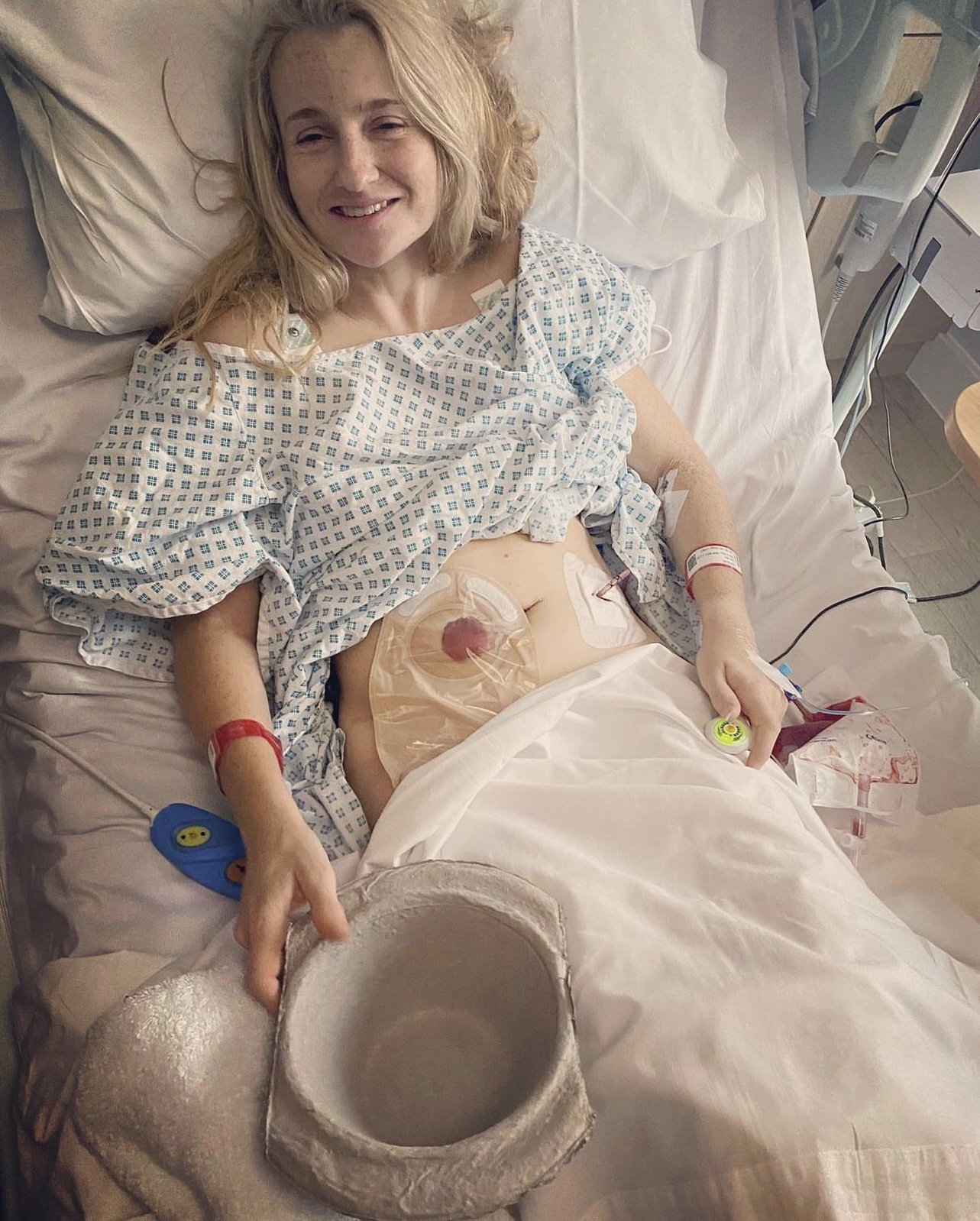
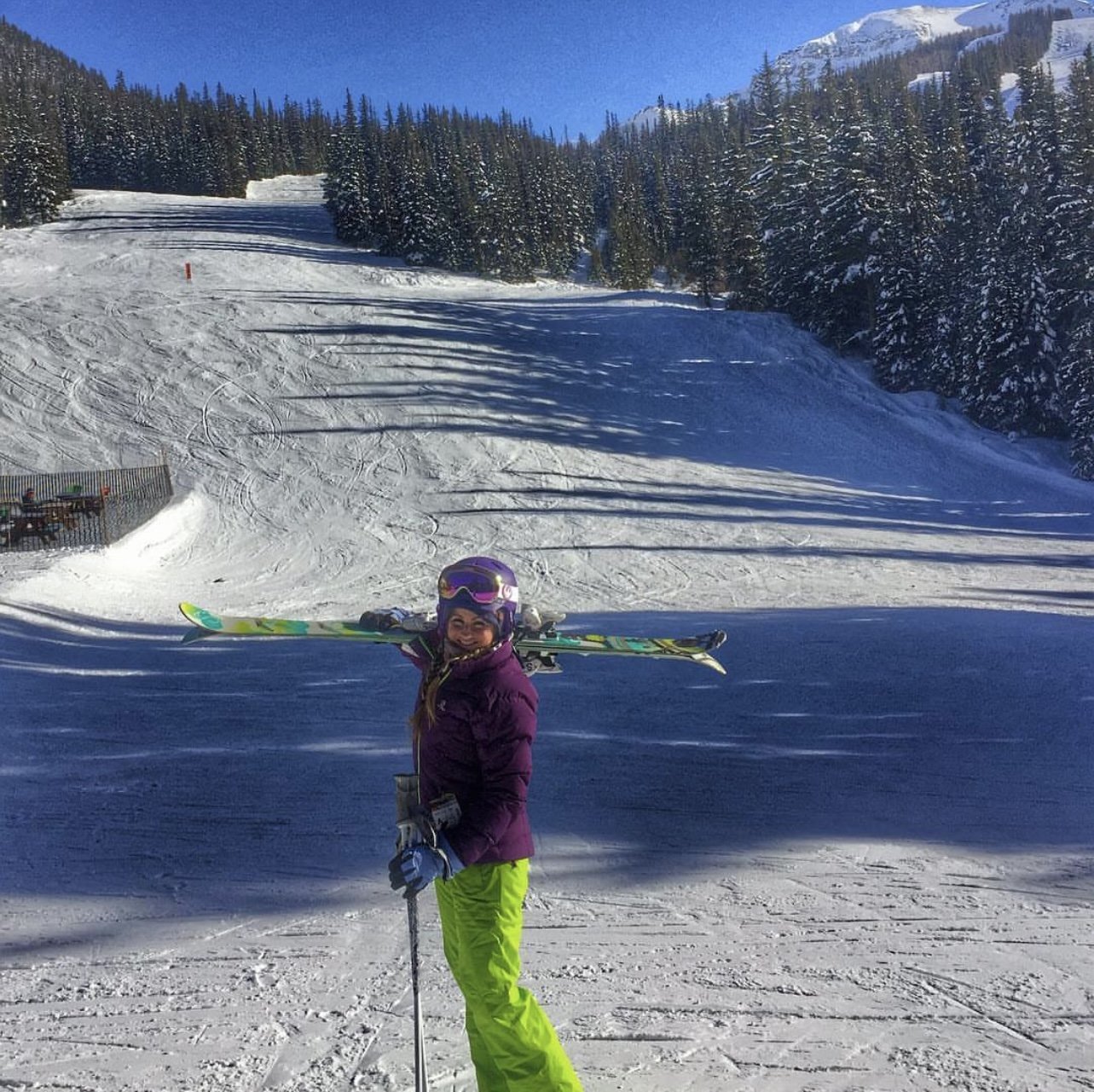




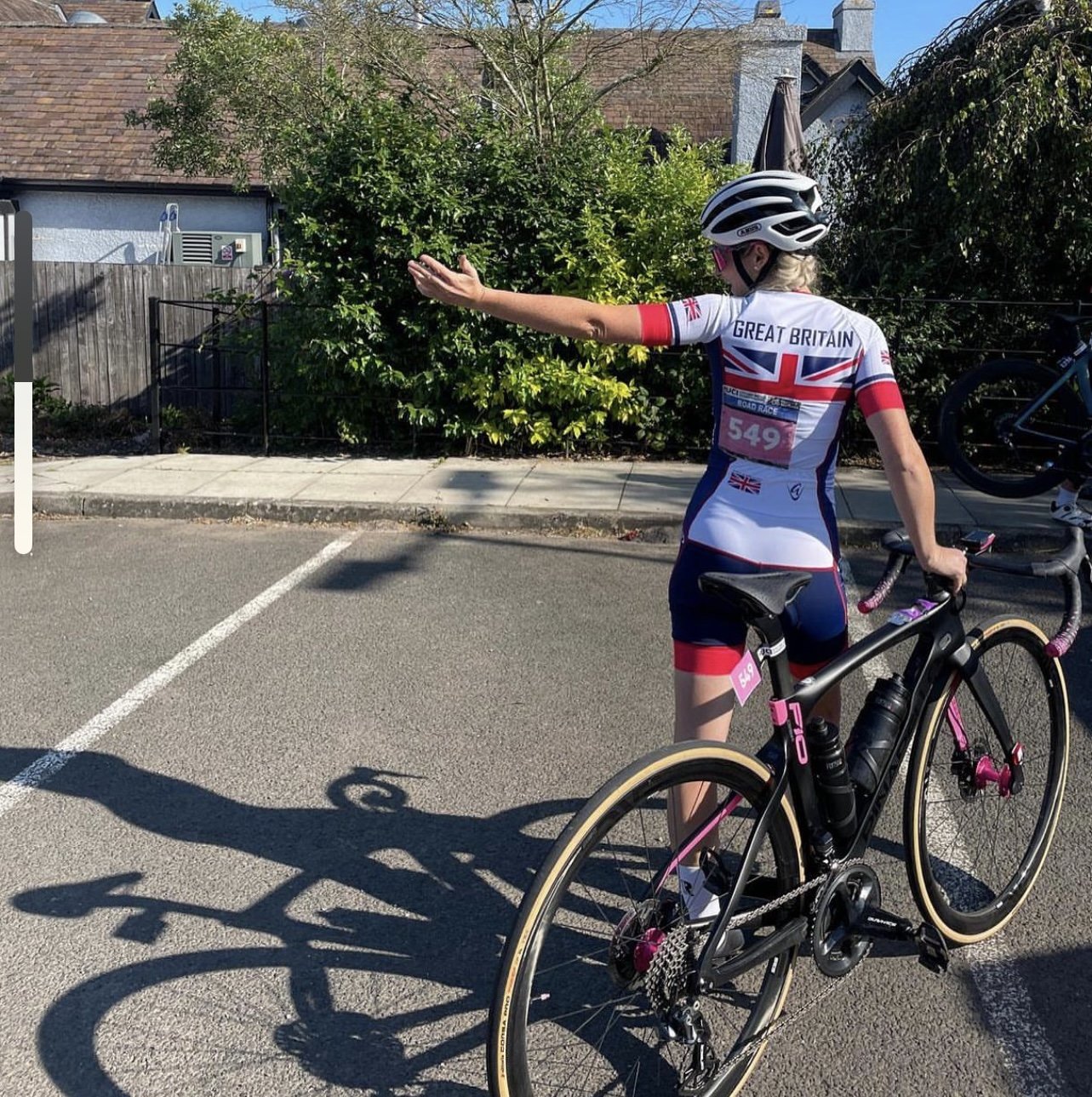




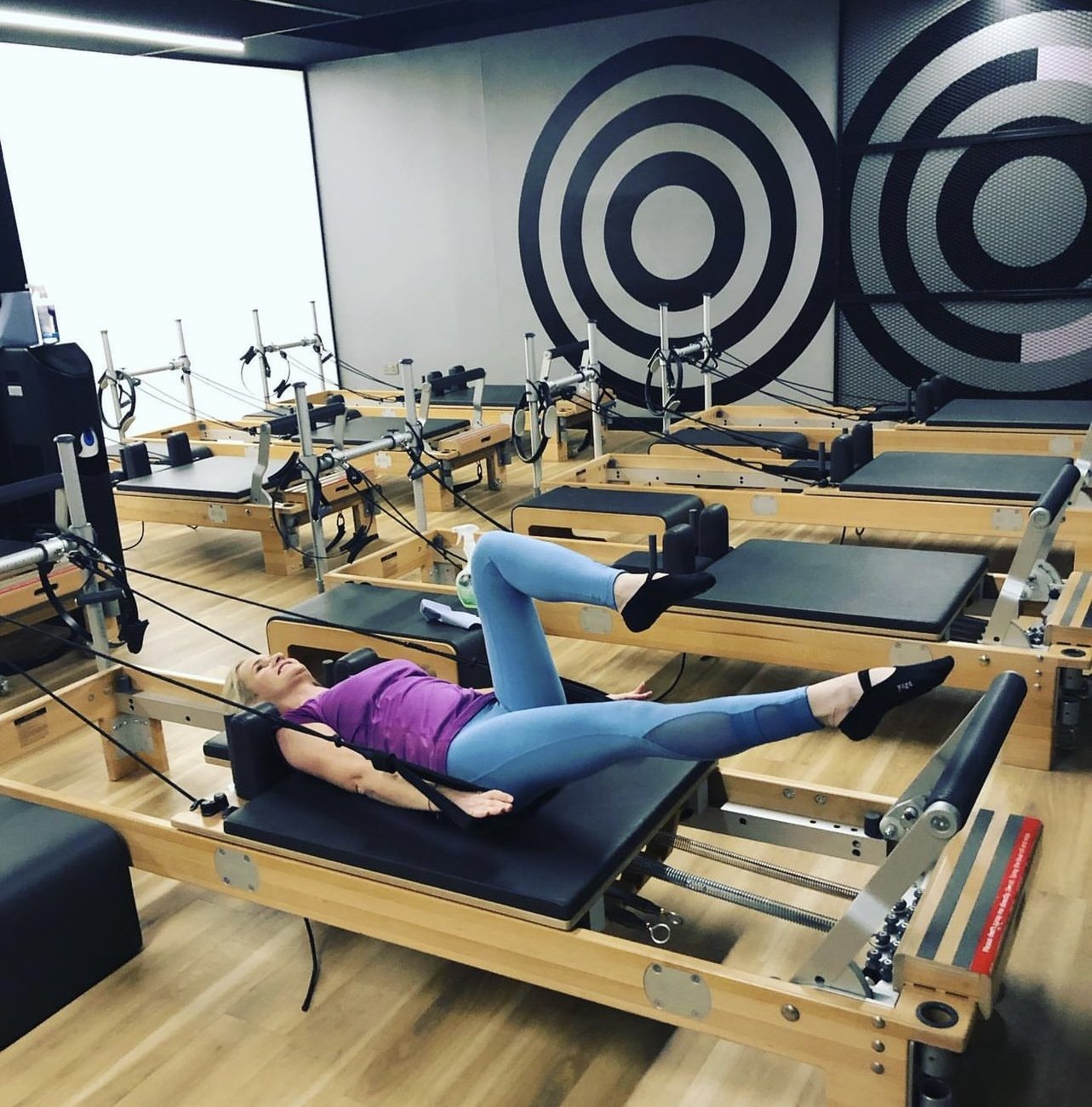




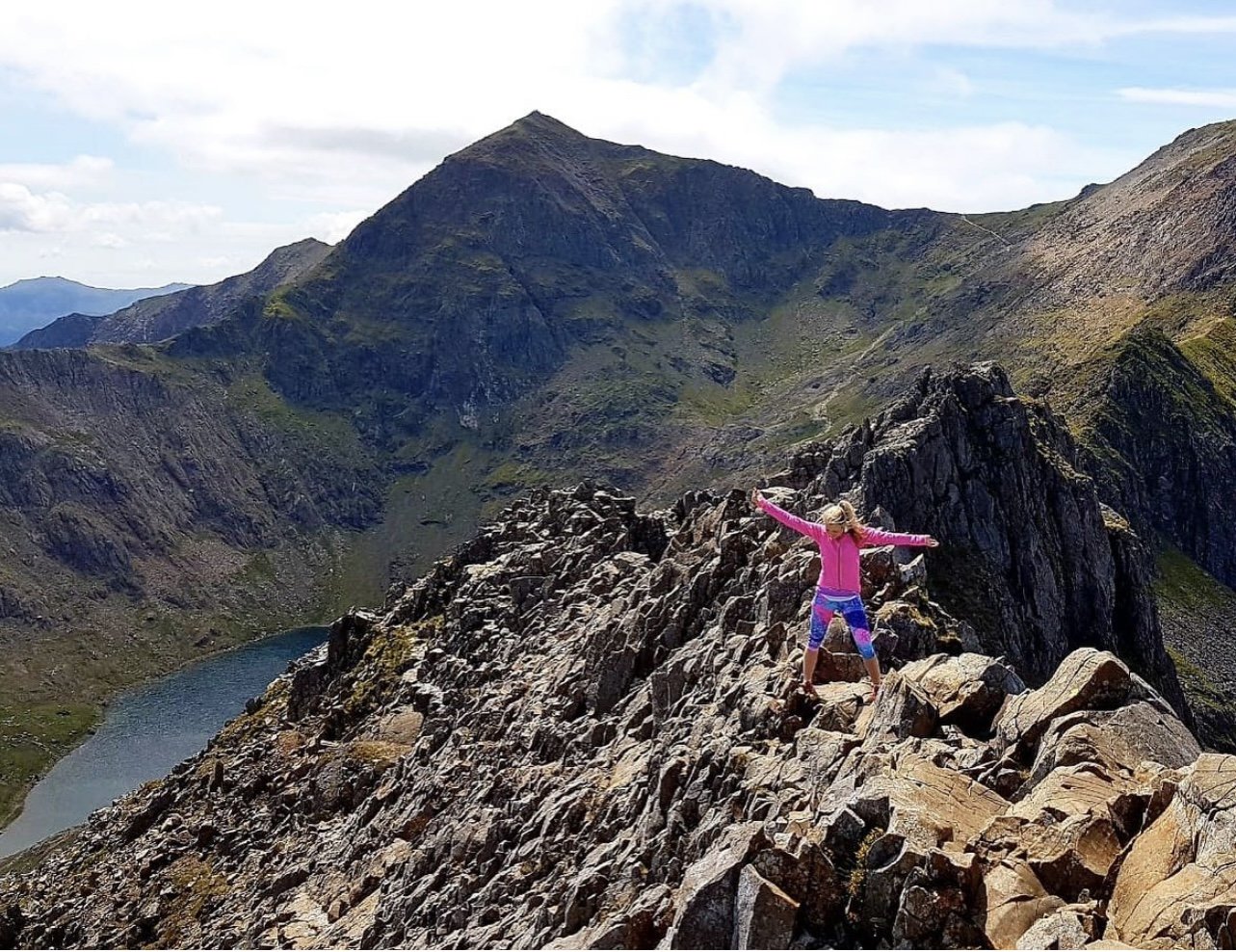







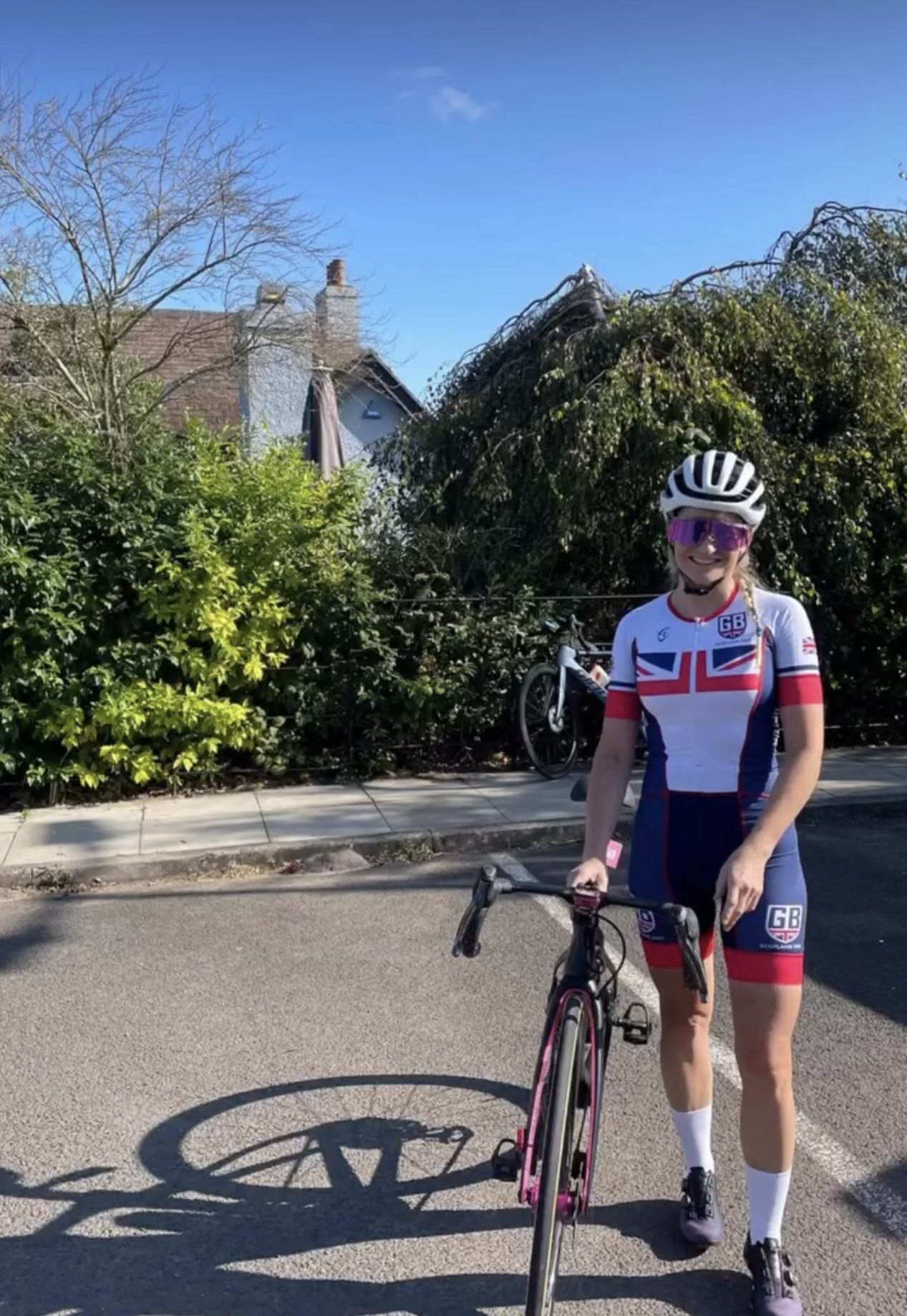












Meet:
Charlotte Foley, United States of America
Occupational Therapist
Blog: https://backcountryostomy.com/
Charlotte is the owner and founder of Restorative Ostomy Solutions. At Restorative Ostomy Solutions, they recognize that there is a gap in care when it comes to supporting individuals’ physical recovery from ostomy surgery. Their goal is to empower ostomates with the tools to improve their quality of life. Ostomates already have the desire to feel confident and strong, they just need the concrete tools and support to get there.
Charlotte received her OT degree from Boston University. She has spent her career working in the inpatient rehabilitation and hospital care settings, primarily in Alaska. Charlotte’s specialty areas of practice include ostomy rehabilitation and neuro-rehabilitation. Charlotte excels at inpatient care, in part, due to her own personal experience living with an ostomy and with Crohn’s disease.
Charlotte enjoys spending her free time running, hiking, skiing, backpacking, and exploring the mountains of Alaska. Charlotte made an attempt on Denali, 20,320 feet (5,895 m), Alaska, U.S.A., North America in 2022 and is excited to continue pushing her limits with her ostomy in the high mountains of the world.
Charlotte has been a dynamic speaker for many organizations on the topic of recovery from ostomy surgery. See the video below to learn more about her work and ‘Foundations for Recovering from Ostomy Surgery’ presented for the United Ostomy Associations of America, Inc. (UOAA).
Overview of the video content:
Occupational Therapist and ostomate Charlotte Foley shares the foundational areas to focus on during recovery from ostomy surgery. We will also discuss the benefits of rehabilitative therapy following surgery, and how working with a therapist can support your recovery. It’s never too late to go back to the basics. So whether you are a new ostomate learning how to move your body again or an experienced ostomate looking for some additional tips and exercises, these foundations are aimed at helping you feel more confident in life with an ostomy.
In Charlotte’s own words:
Three things to know about me:
My ostomy/Crohn’s journey has had many ups and downs. At age 17, I was initially diagnosed with Ulcerative Colitis and underwent my first colorectal surgery to have a jpouch created. I have since been re-diagnosed with Crohn’s Disease and have undergone six major surgeries, including my permanent ileostomy. I’ve been on a journey to improve my own quality of life since my diagnosis.
I take full-advantage of the outdoor activities and adventure in my Alaska home. From backcountry skiing to backpacking in the mountains, the stunning views never get old. It’s taken some creativity but I have never let my ostomy get in the way of those adventures.
I realized I needed to step up and take action. I’m on a mission to help other ostomates (and the world) recognize that life doesn’t have to be limited by an ostomy. My work aims to help adults navigate bowel and bladder management, ostomy care, and other tricky topics. As an OT, my goal is to help my clients learn strategies to continue participating in the activities they enjoy, no matter the challenges they face.
My ultimate goal is for EVERY individual who has an ostomy to feel supported and have the best quality of life possible.
Wishing you well on your ostomy journey,
~Charlotte












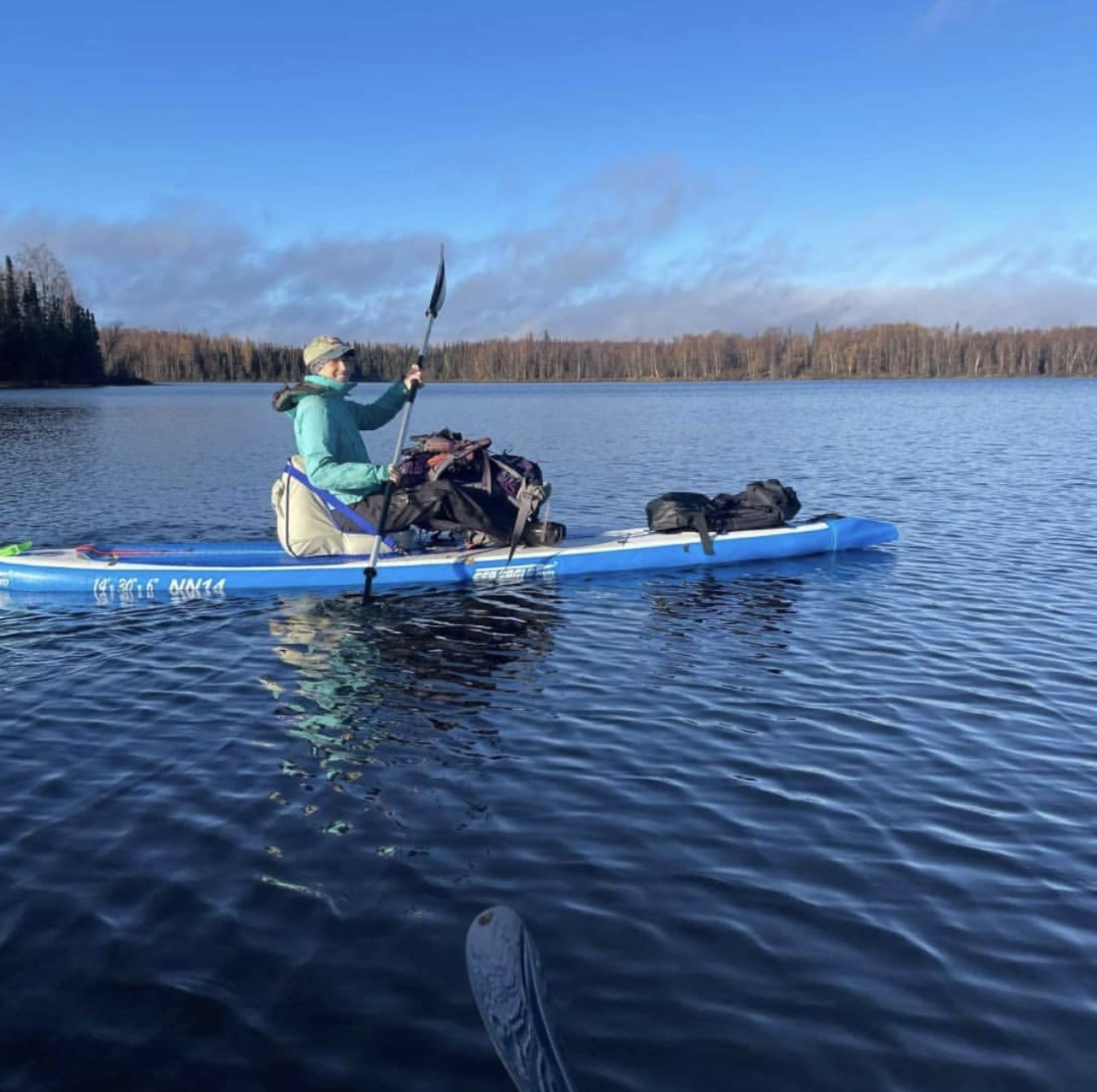




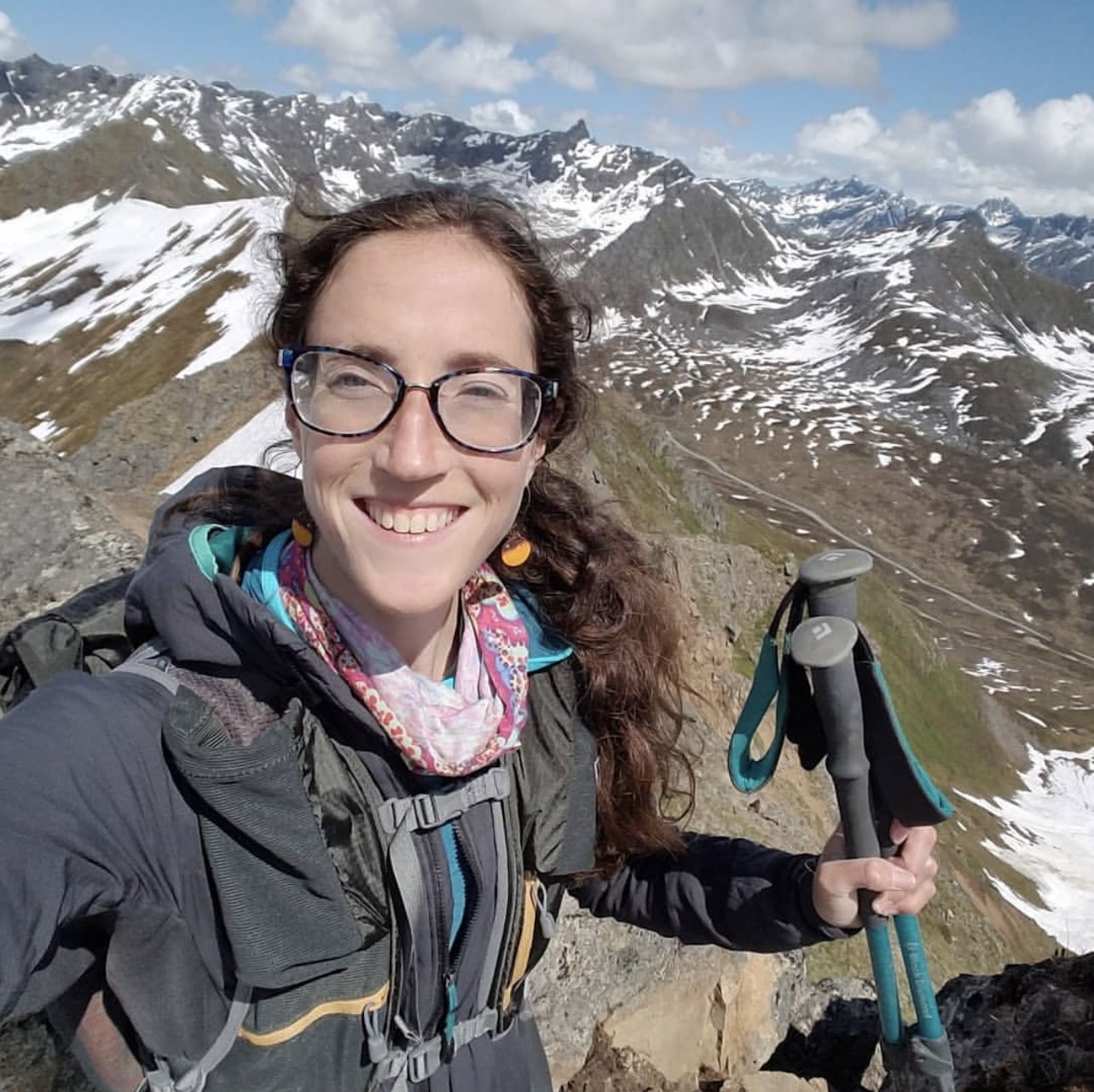


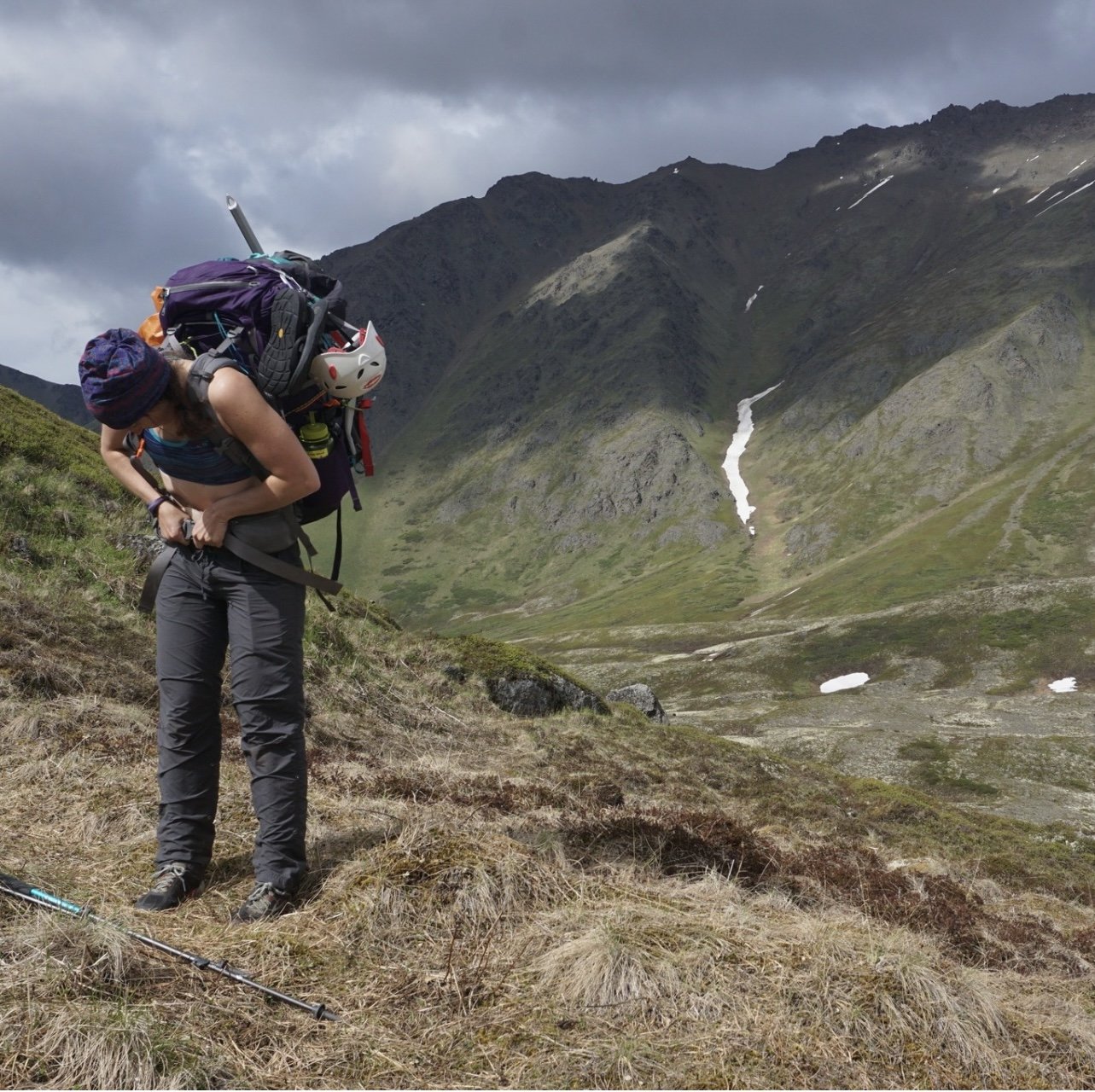



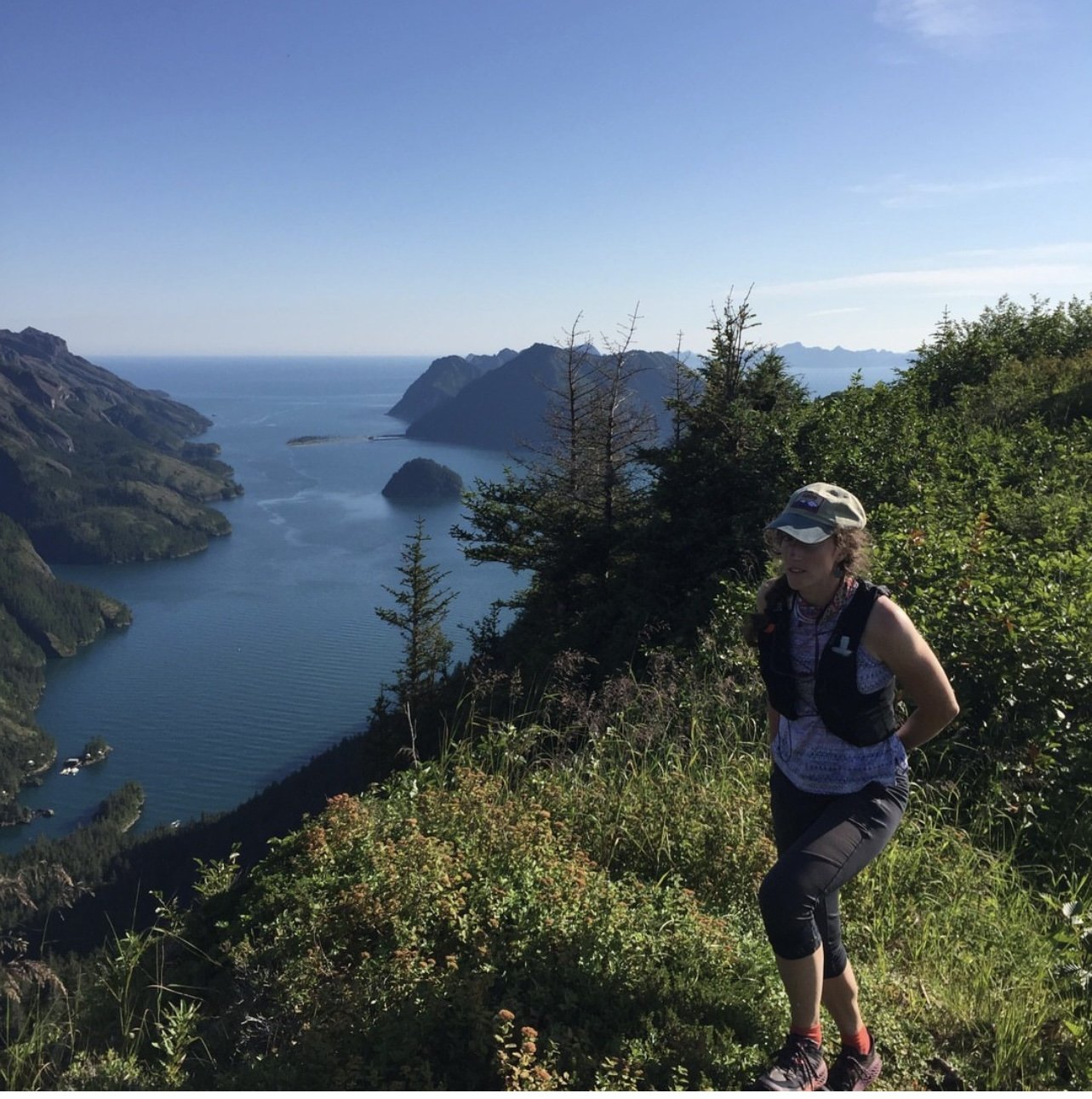













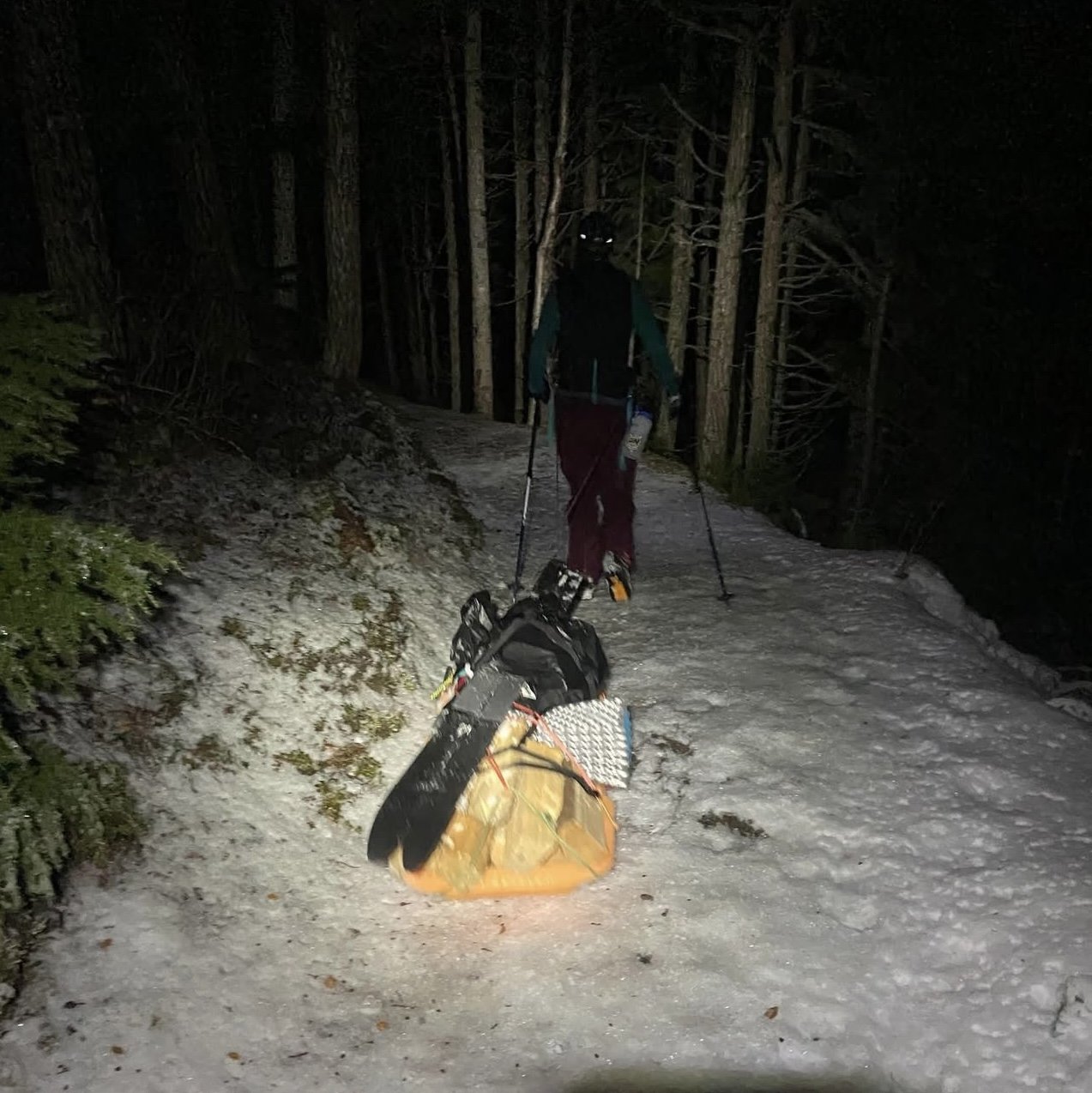
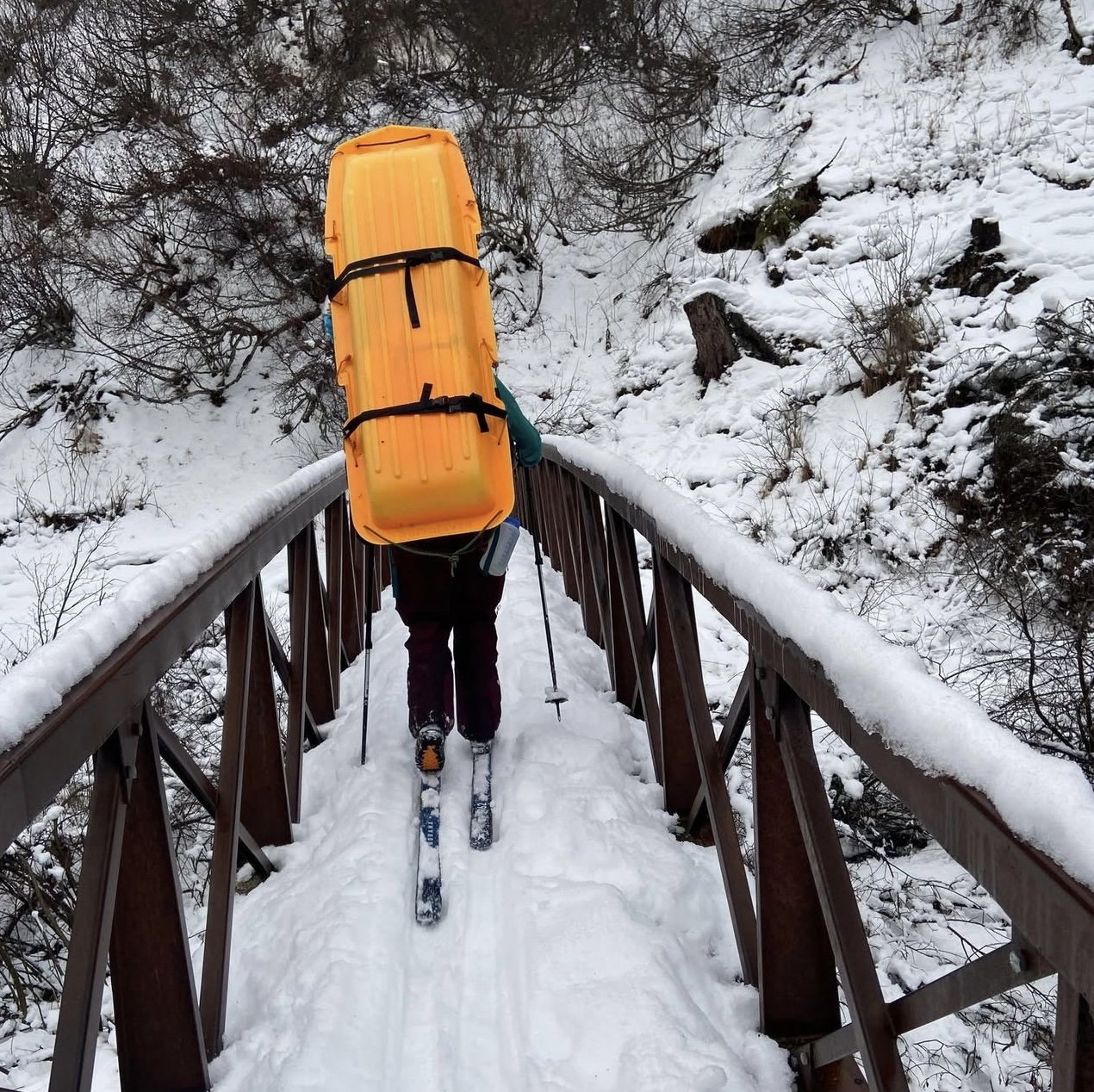

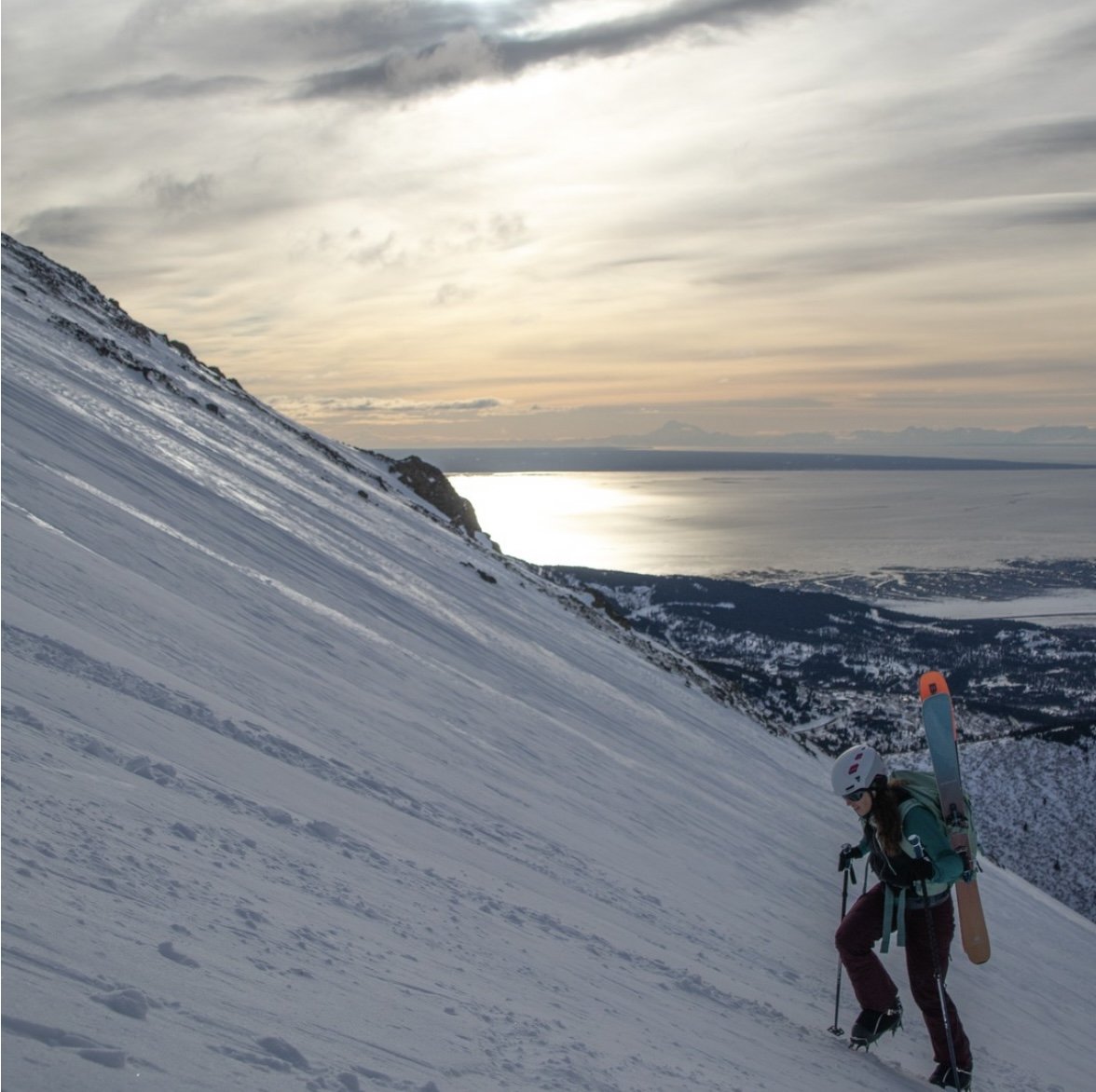
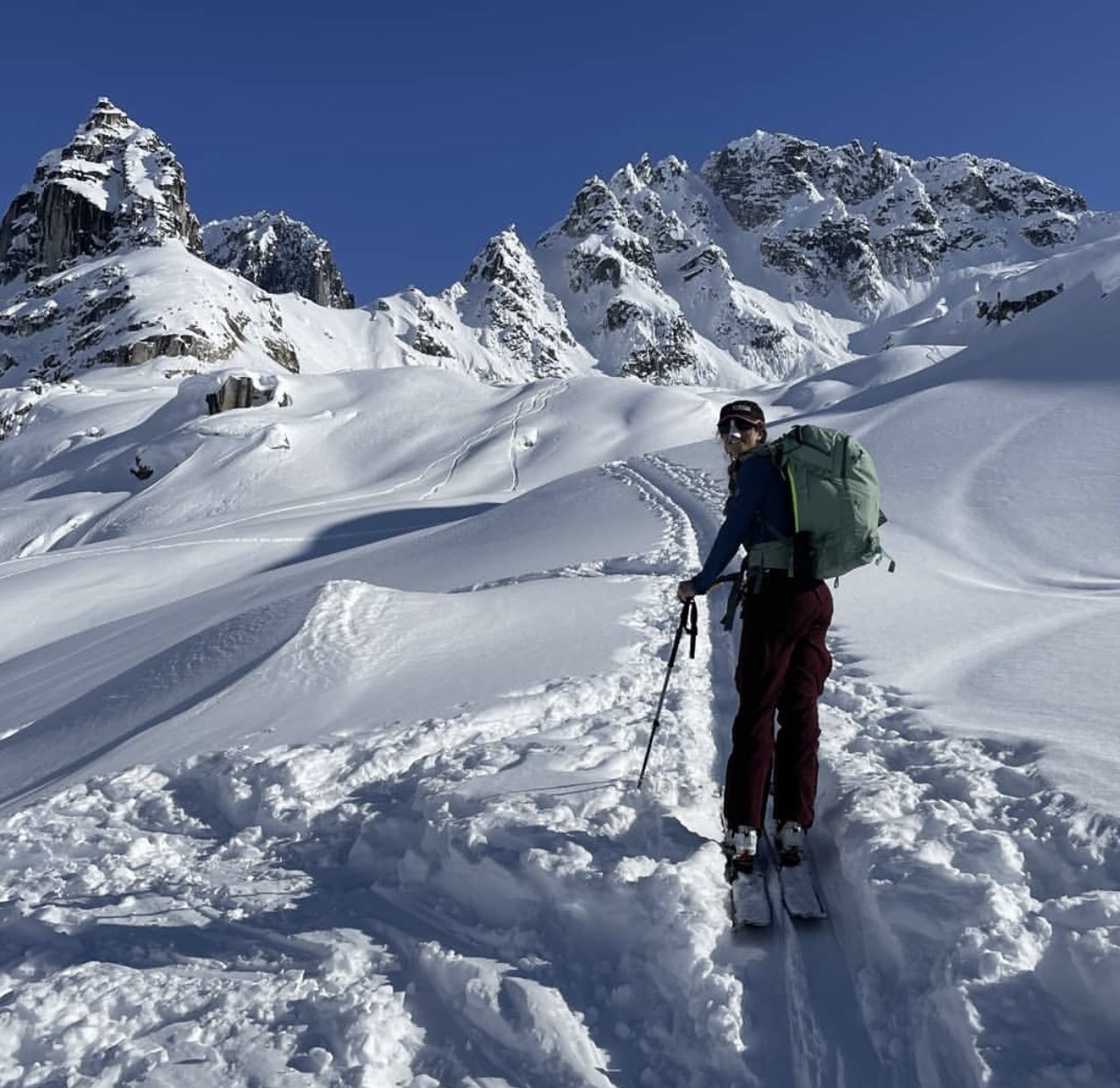

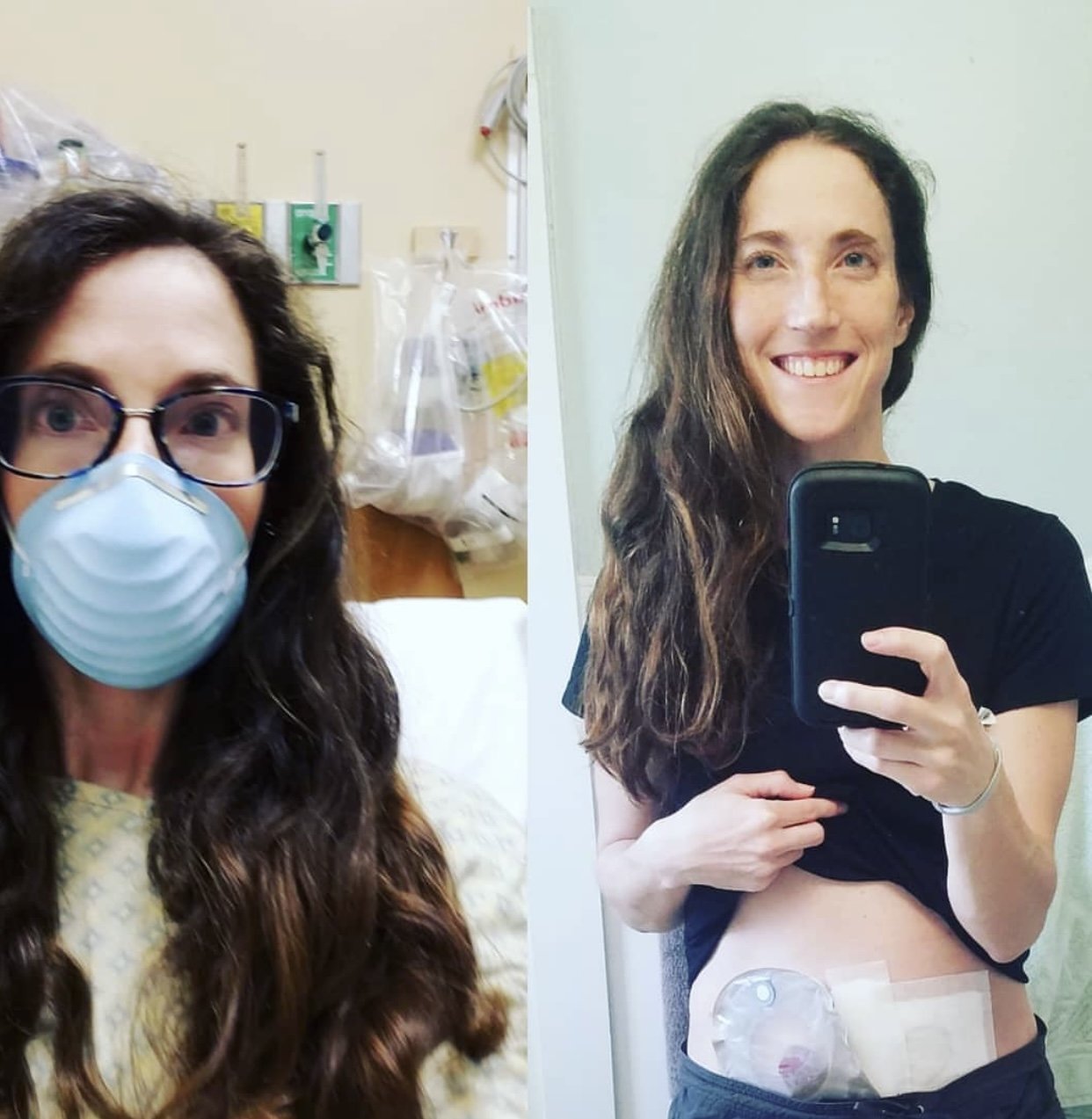
Meet:
Rob Hill, Canada
Rob is the only person, ever, in the world to have ascended many of the world’s tallest mountain peaks including The Seven Summits, who has Crohn’s disease and an ileostomy. This is a truly remarkable achievement. It is a clear demonstration of Rob’s toughness, ability to suffer and endure, all of which he learned well through his many operations and years of IBD illness.
Rob’s creation of his ‘No Guts Know Glory’, The Seven Summits campaign, grew from Rob's love of sport, adventure and the outdoors. By taking it to the extreme, and on a global basis, Rob Strived to show people everywhere that having these diseases or having an ostomy, like Rob does, shouldn't stop you from leading a full life. You may not be able to climb mountains, but there are so many other things you can do. And, Rob also founded ‘IDEAS’ which provides quality of life enhancing programs for children and young adults afflicted with intestinal diseases and their families. Intestinal Disease Education and Awareness Society conducts advocacy programs on behalf of all people living with intestinal diseases.
Until 1994, Rob Hill had never been sick a day in his life.
The then 23-year-old amateur runner and adventurer, who completed his first marathon in the second grade, kept a rigorous training schedule.
Then, wracked by debilitating diarrhea, cramping, and pain, Rob was diagnosed with Crohn's disease with ulcerative colitis, inflammatory bowel diseases.
Over the next year and a half, Rob's condition worsened. His weight plummeted — from 185 pounds to his lightest recorded weight of 105 — and it became clear that his large intestine needed to be removed. "When it came down to losing my colon or losing my life, it wasn't a hard decision to make," he says.
It wasn't until he was sick that he learned an aunt also had suffered from Crohn's — a fact never shared with family members at the time. As far as Rob was concerned, "Life with an ostomy was my second chance and I was not going to waste it."
Eight years after his life-changing surgery, Rob decided to challenge the social stigma surrounding intestinal diseases and living with an ostomy.
He began a personal quest to become the first Crohn's patient and ostomate to climb the Seven Summits, or the tallest peak on every continent, and in doing so, raise awareness about living with IBD and an ostomy. Successfully scaling the Seven Summits is a feat that is hard on anyone, much less someone without their colon, responsible for absorbing water and nutrients into the body.
Through his involvement with his own Intestinal Disease Education and Awareness Society (IDEAS), Rob has set an example that an ostomy is not as much about removing an internal organ as it is about second chances and the opportunity to pursue your dreams.
Today, Rob continues to break down barriers for people living with intestinal diseases, letting them know that "it's okay to talk about these conditions and not something to hide behind."
From being barely able to make it up a flight of stairs due to the debilitating effects of his condition, Rob completed all of the Seven Summits in his “No Guts Know Glory” campaign:
• June 2002, Mt. Elbrus, 18,481 feet (5,633 m), Russia/Georgia, Europe
• October 2003, Mt. Kilimanjaro, 19,339 feet (5,963 m), Tanzania, Africa
• January 2004, Aconcagua, 22,840 foot (6,962 m), Argentina, South America
• June 2005, Denali/Mt. McKinley, 20,320 feet (5,895 m), Alaska, U.S.A., North America
• January 2006, Vinson Massif, 16,067 feet (4,897 m), Antarctica
• April 2007, Carstensz Pyramid, 16,023 feet (4,884 m), Indonesia, Oceania
• May 2010, South Summit of Mount Everest, 29,053 feet (8,850 m), located on the border of Nepal and Tibet, Asia

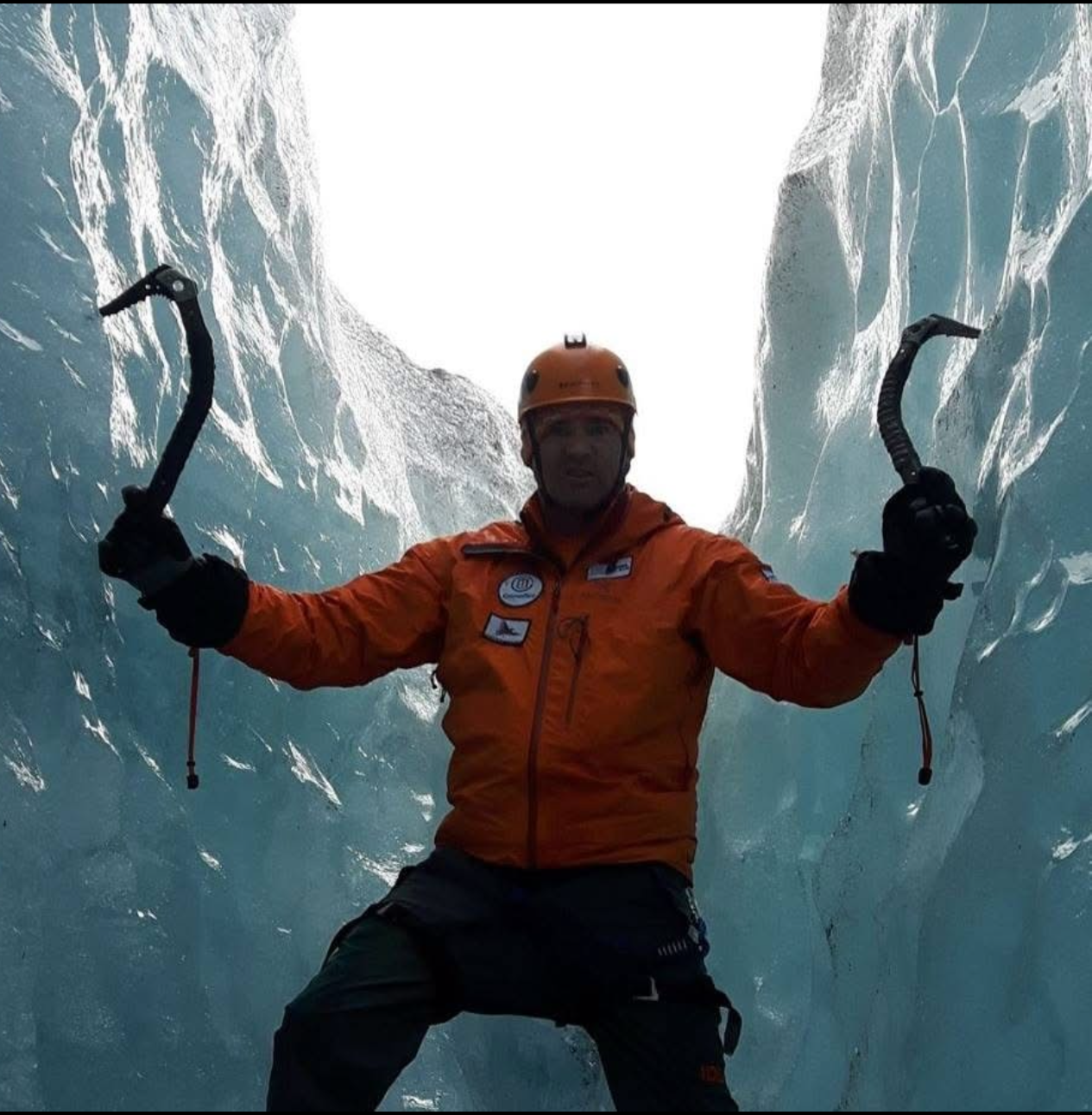



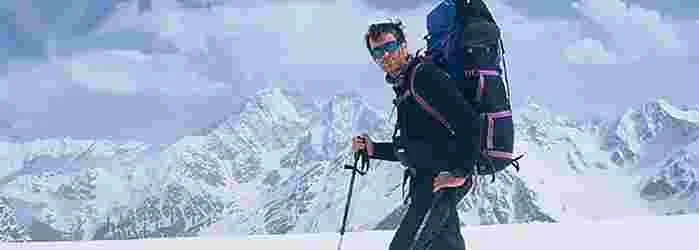
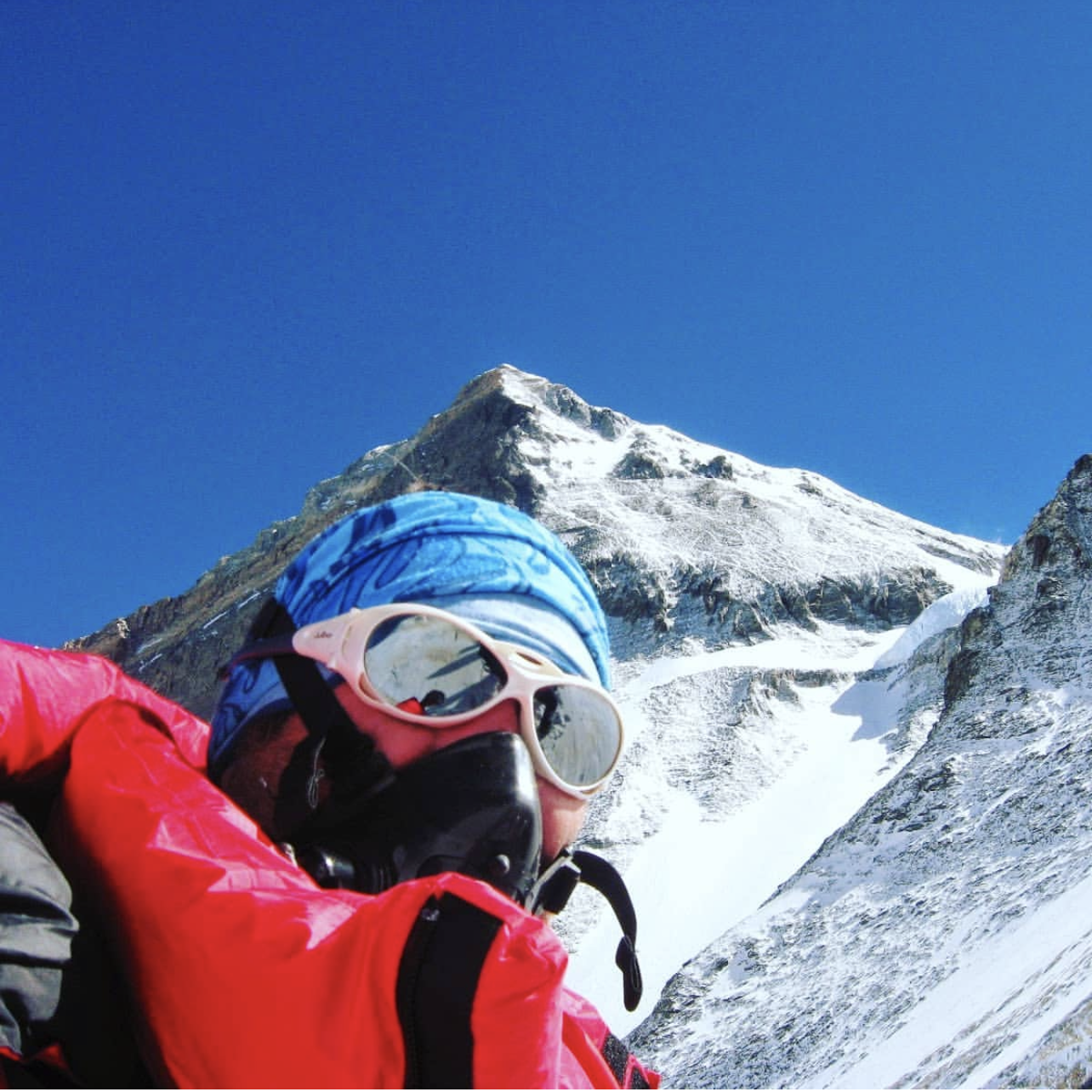
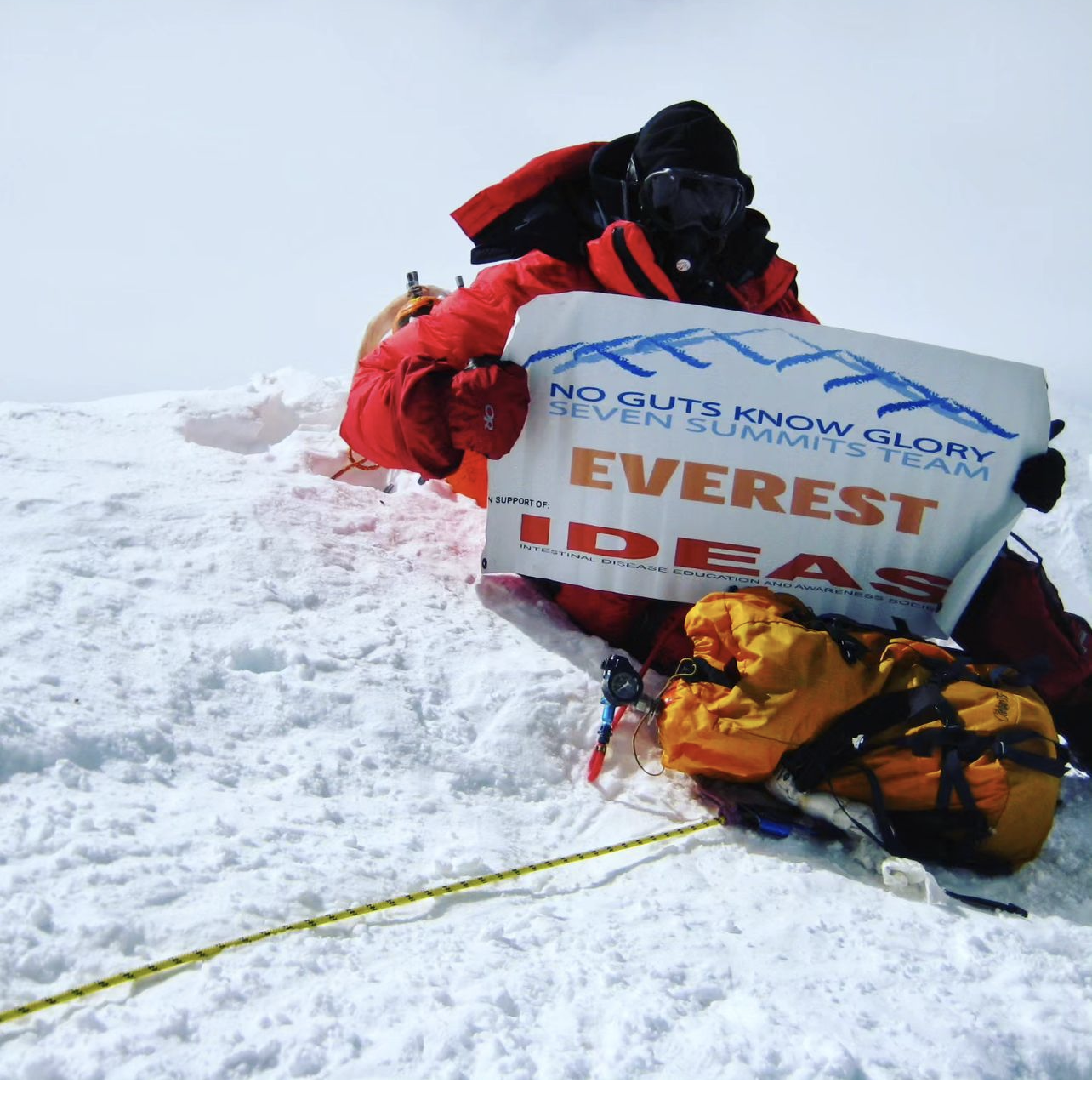
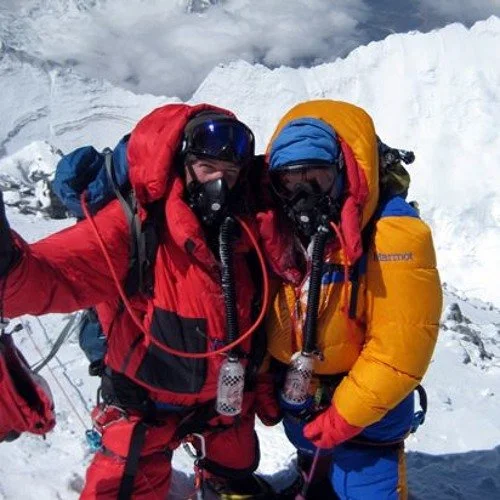
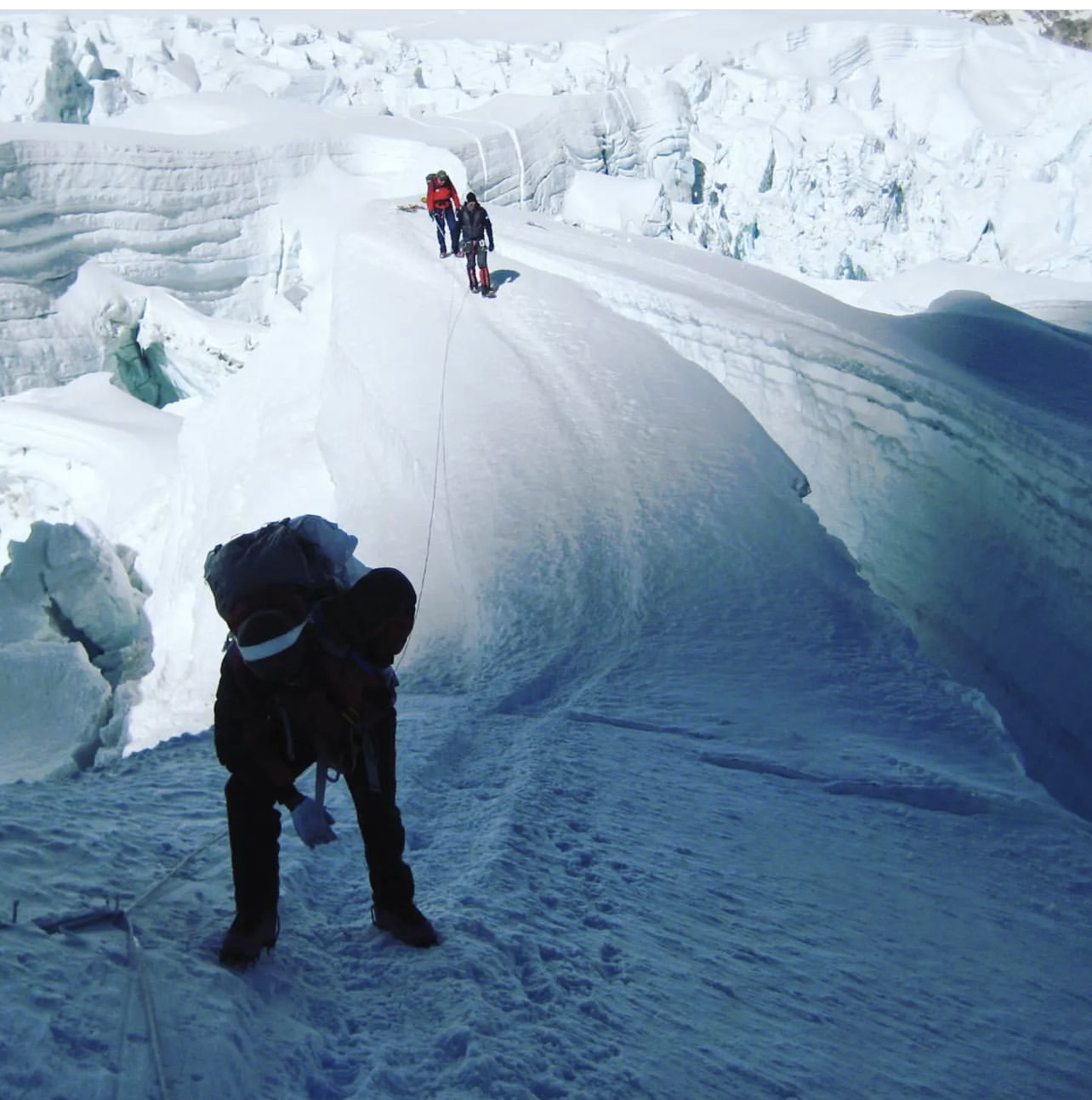
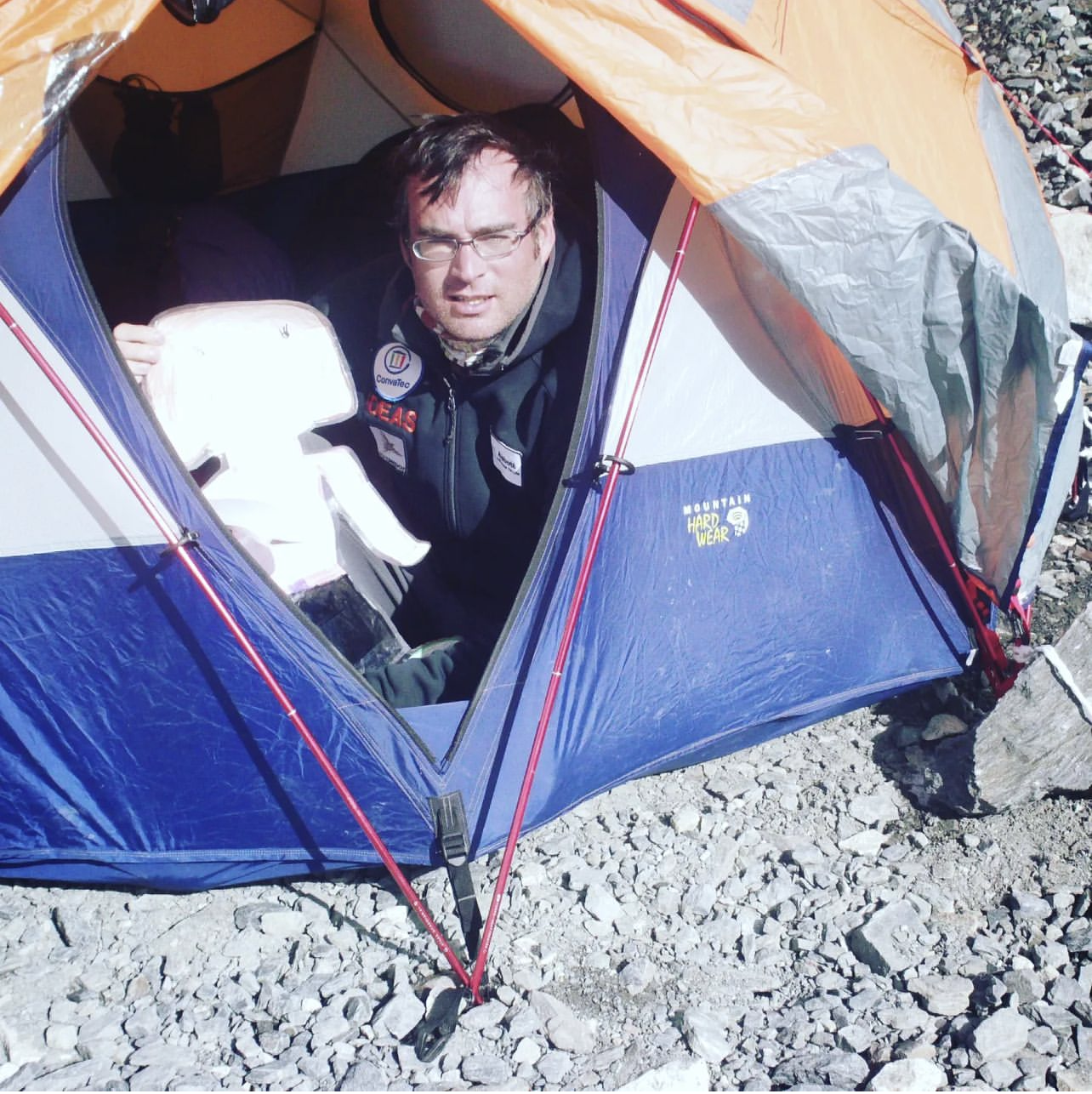
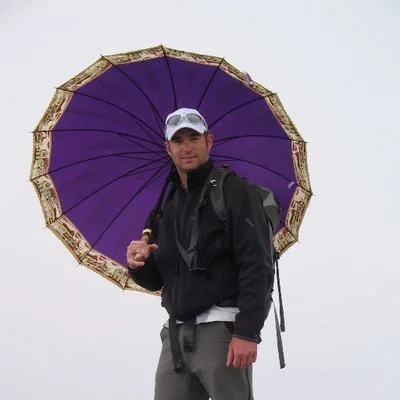
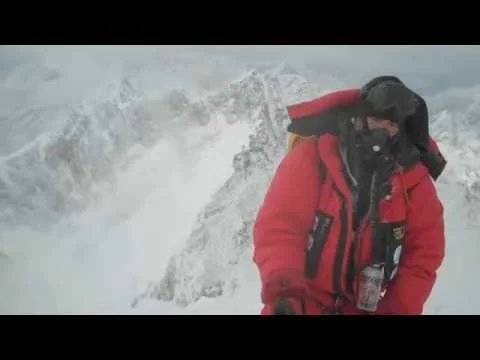
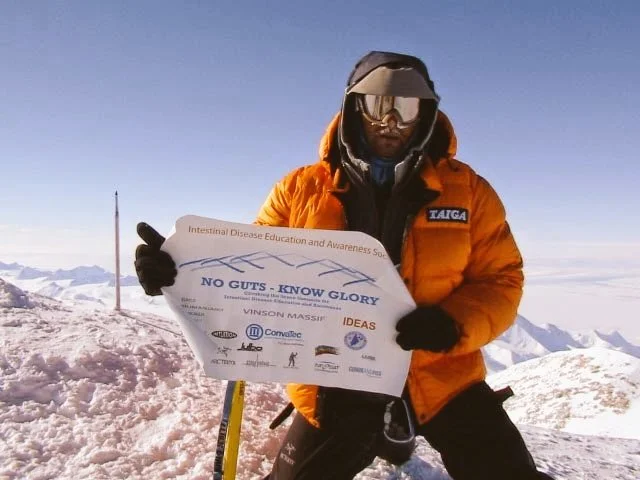
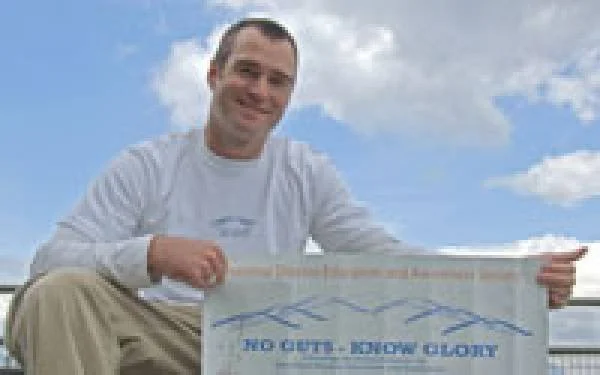
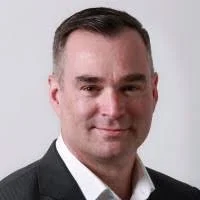
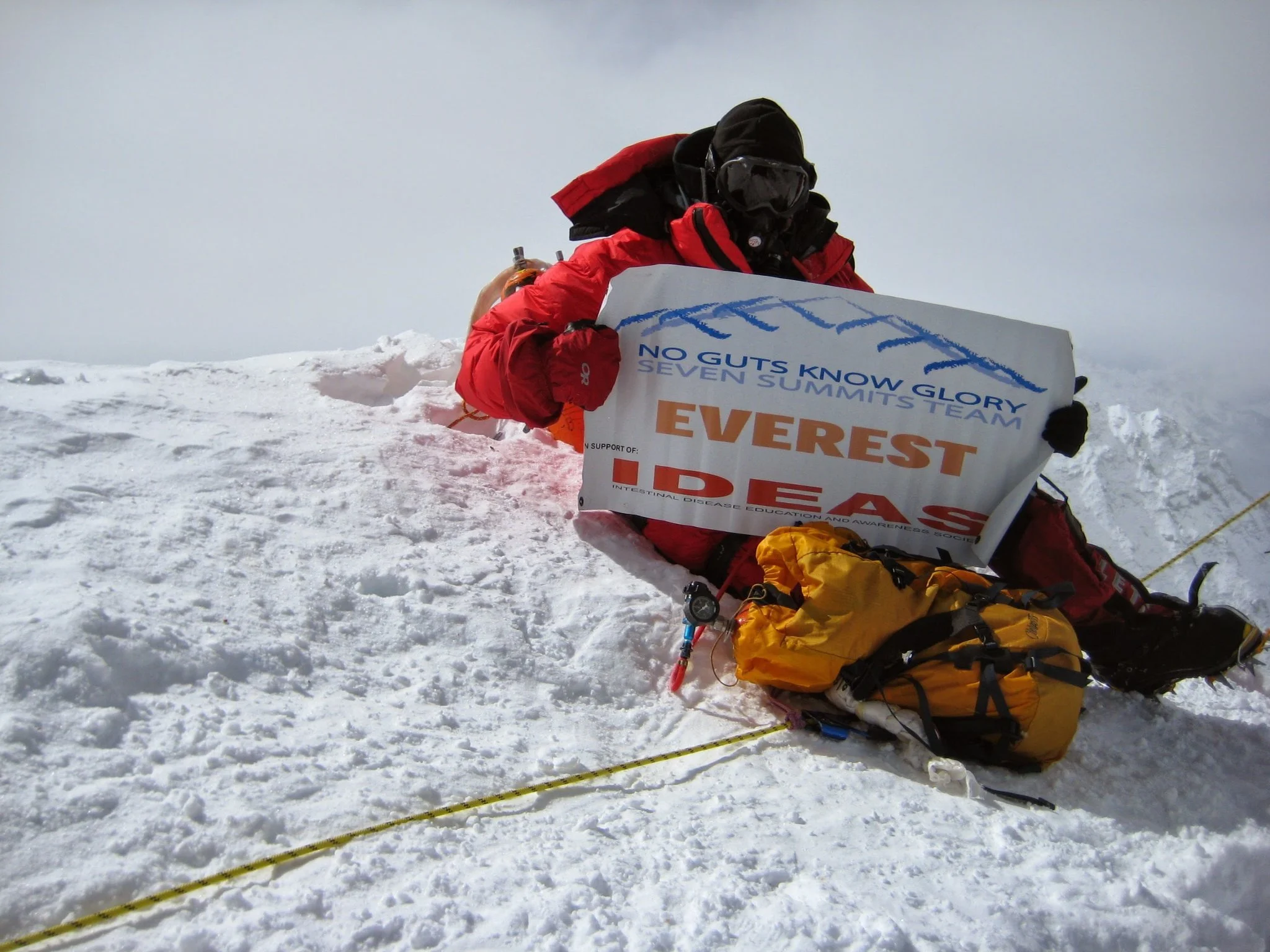




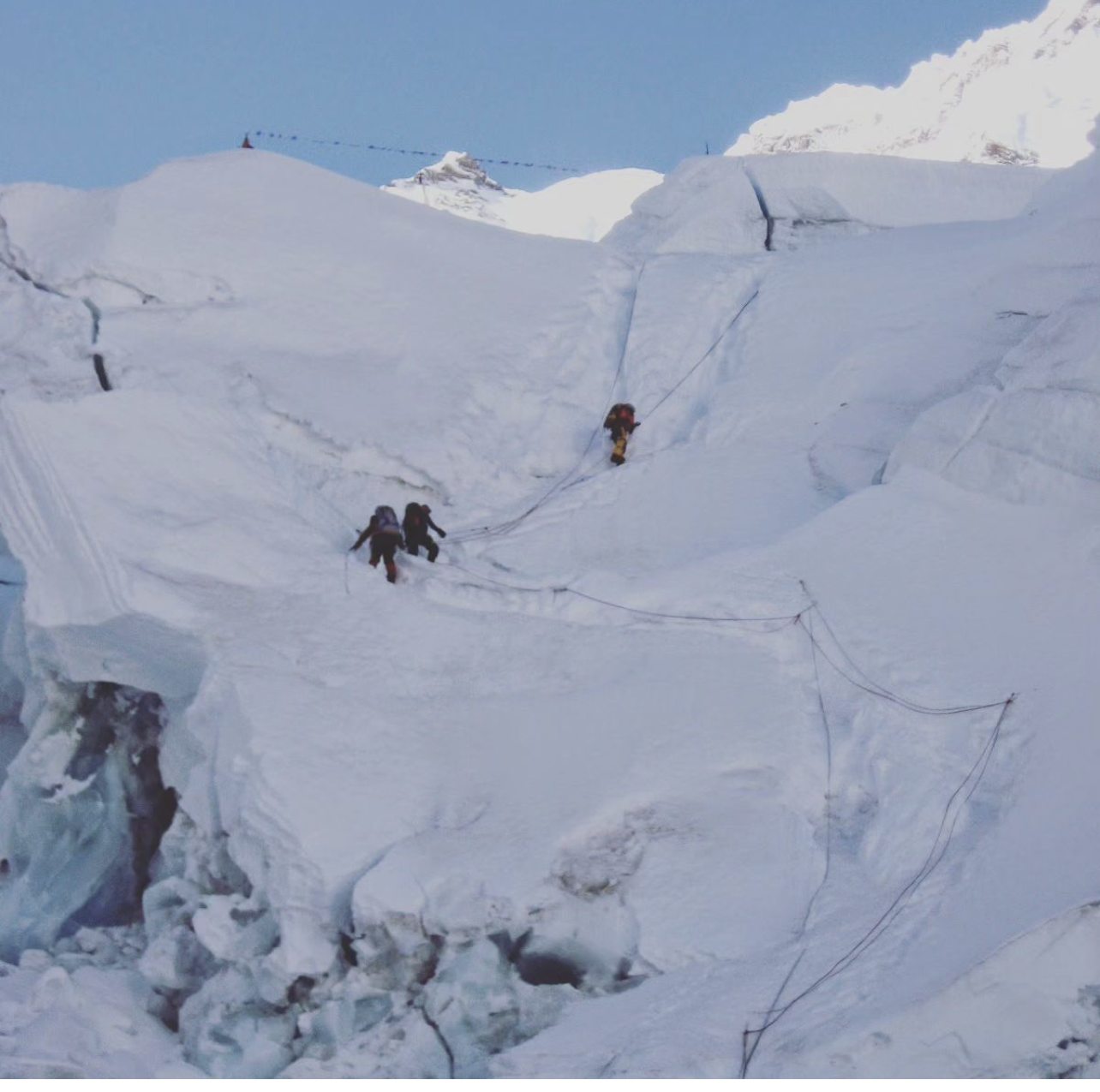
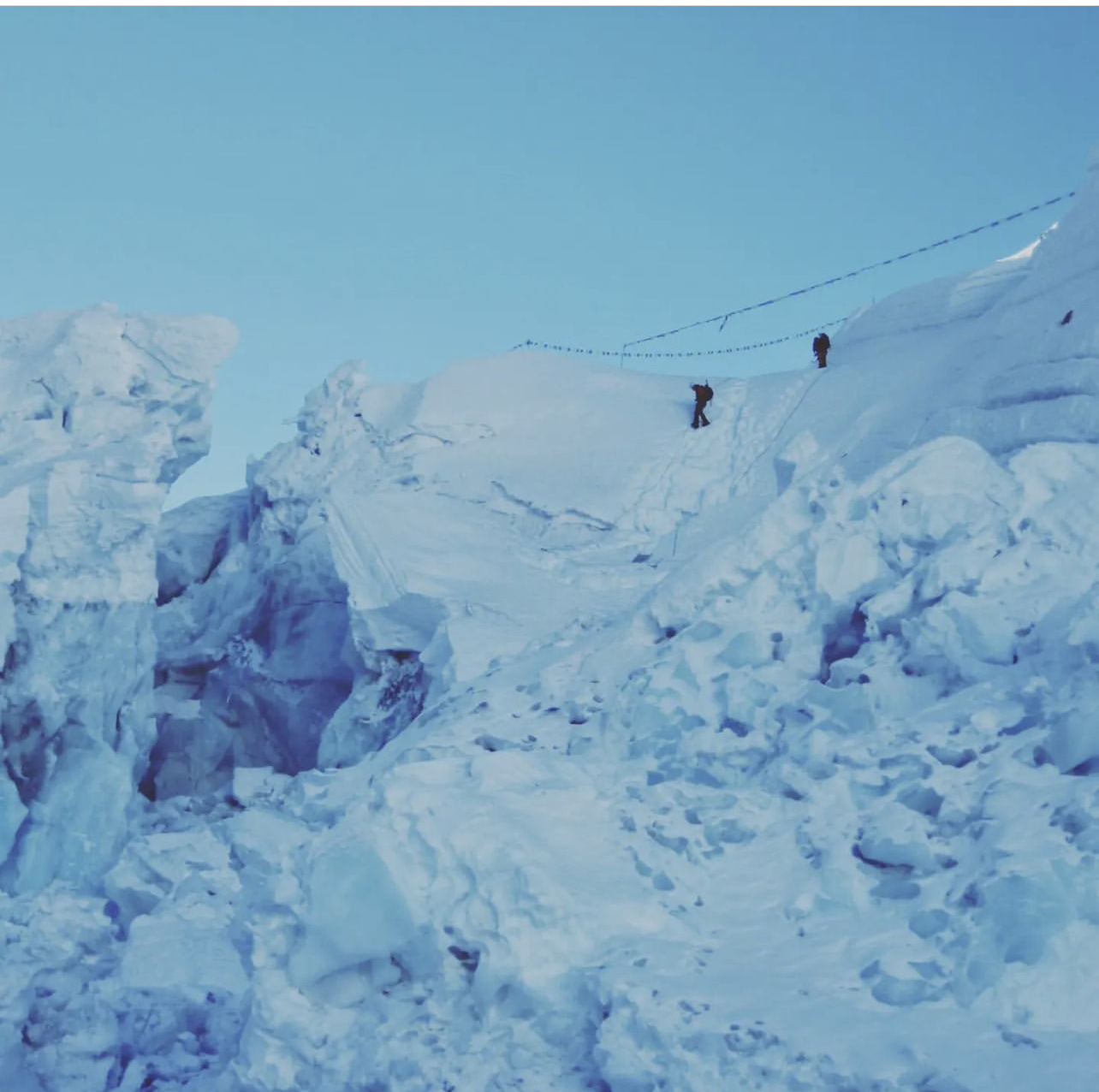

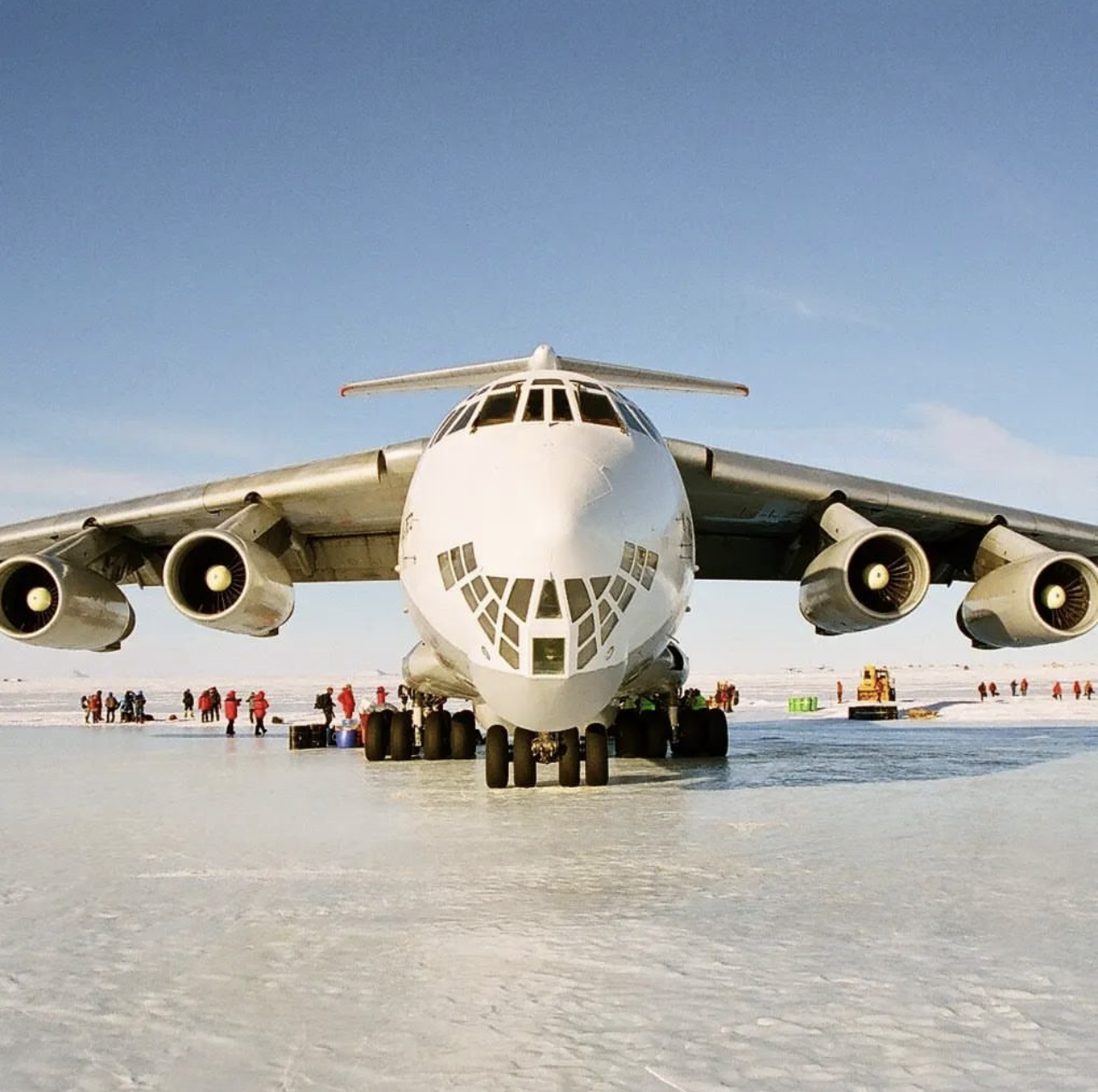
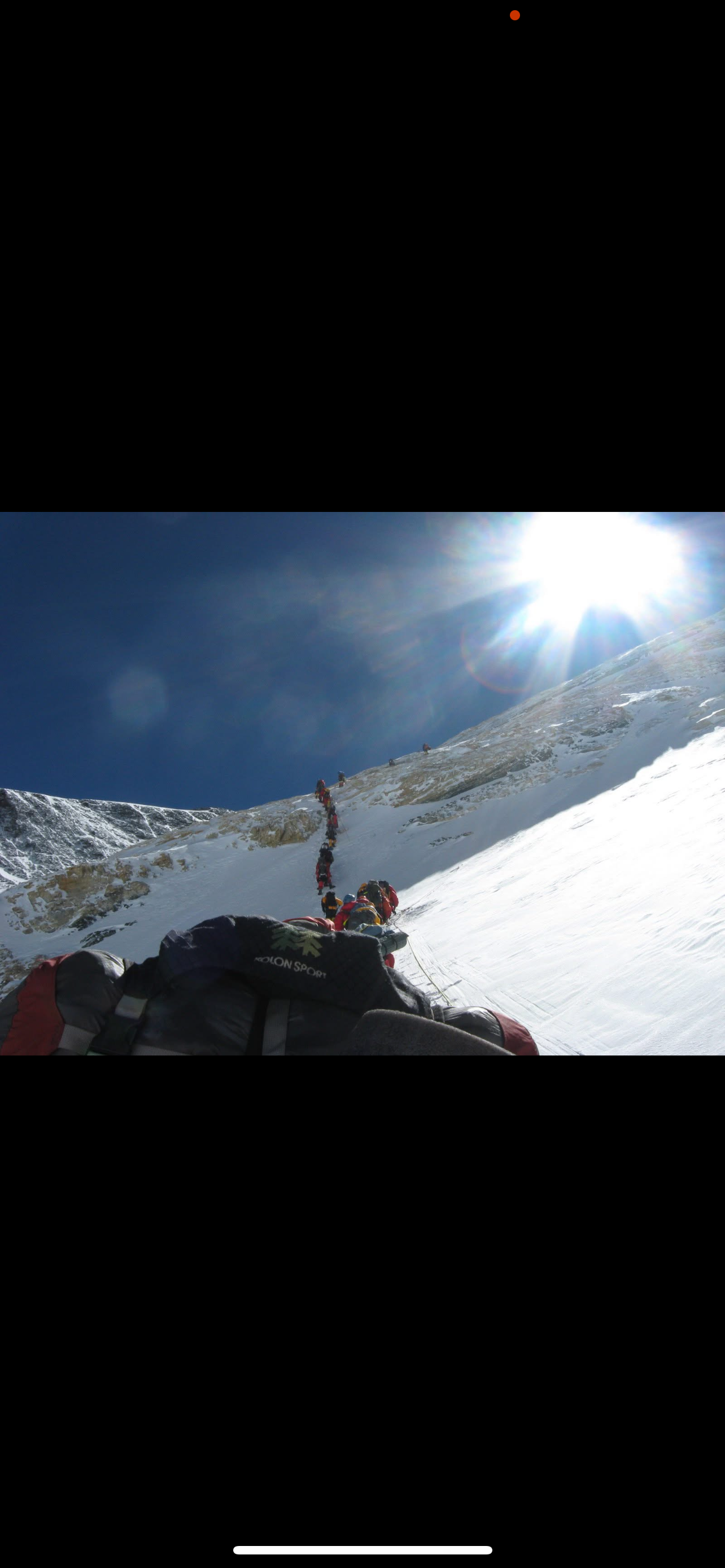
Meet:
Patrick Belton, Canada
Until the age of 19 Patrick was your typical youth, athletic, physically active, playing multiple sports. That changed towards the end of his 19th year wherein Patrick began experiencing issues with his intestine - things such as discomfort, abdominal pain, bowels that were dysfunctional. It took two-and-a-half years but by the age of 21 Patrick was eventually diagnosed with Colitis. During this two year period his symptomatology gradually worsened leading to more than 45 pounds of weight loss, pale skin, heavy fatigue, and overall body weakness. This Colitis condition was effectively treated after diagnosis through a commonly prescribed medication and lifestyle changes.
The IBD Illness & Ostomy Journey for Patrick:
Age 21, Colitis diagnosis.
In 2006 diagnosed with Ulcerative Crohn’s disease. This is the point where my body had become increasingly ill.
January 30, 2009 ileostomy/stoma installed and J-pouch installed, with my large colon removed because dysplasia was found throughout my entire large colon track. Plus, I had a growth in there that they said would become a cancer tumour shortly.
In May 2009 stoma was reversed. That was a huge error on my part as I barely survived May to August 2009. My J-Pouch would not work and never did function properly. By the way, 55% of J-Pouch’s created worldwide fail - never work, and need to be surgically removed. A dormant J-Pouch is at high risk for cancer. I continue to have a dormant J-Pouch in my body which many a doctor are asking me to have removed but after a lost decade of life to Crohn’s disease and surgeries during 2009-2019 I just want to live a normal, regular life again.
July 24, 2009 my stoma was re-installed. I suffered 100 plus movements a day for three months prior to re-installation. This is when my body weight dropped to its lowest maintained weight of 117 lbs. My record lowest weight achieved was 109 pounds. My body was rocked with trauma for 18 months after this 2009 period. Recovery was extremely slow. Life stress was extreme as I was a single father with my young daughter living with me and I was in entrepreneurial mode at this time owning a medium sized insurance group with 70 plus staff. My work life was extreme pressure packed environs at that time which only made physical healing harder and set it back in the end. I completely lacked any domestic support with me having been a single father with a young child at home. This fact severely compromised my recovery speed - both from illness and from surgeries.
I had to choose to sell my companies in 2009 which cost me everything financially – literally and simply because of poor health and all of the IBD and these surgery events. I was presented with a stark choice - life or death. My business environs were immensely stressful at this time. I could not maintain ownership of my companies and survive the stresses of the job. My body was just too sick, too weak, too compromised. I did not want my daughter to grow up without a father, so I made the decision to sell the firms even though I knew full well this would impoverish us for a period of time - until I could achieve some sort of physical recovery which, in the end, took a decade to achieve.
Post-ostomy surgeries in 2009 - my nervous system was heavily impacted (as was my immune system) which necessitated a different work and life balance and approach.
In May 2011 we tried to remove the stoma again and try life without it. My J-Pouch never worked properly.
I suffered mightily after this surgery until April 2018 when I had my stoma & ileostomy reconstructed to attempt to bring some form of predictable stability to my body and intestinal functions. In February/March 2018 my intestine tract simply ceased to function and I was unable to ingest any form of fluids or food. My body rejected swallowing anything.
I was unable to live any sort of life from 2009 to 2018 – all aspects were completely destroyed by IBD (Intestinal Bowel Disease) and my bowels were not responding to any form of treatment. I faced constant trips to emergency and hospitalization during this time and many close calls with death. I was isolated in residence most days because I was too weak to do anything.
By early 2018, my bowels simply ceased to work. I could not ingest fluids or water - literally. I went into hospital for several weeks until it was addressed via the emergency ileostomy/stoma surgery. The March/April 2018 surgery to reinstall the Ileo was a “Hail Mary” plan. This plan was comprised of the ileo/stoma surgery reinstall, relocation to a smaller living environment, and starting on a biologic medication that I had not used before. Doctors and I were not expecting it to work because my body was so broken down and nothing ever worked for me on a sustainable basis. But it did work this time with a full recovery taking three years.
I was able to gradually resume a “regular & normal” life and all of the associated activities that many of us take for grant it as 2019 progressed.
The Recovery: Post-2019
I was absolutely determined to recover all aspects of my life again and to embark on living an adventure, but it was a long road to recovery after the 2018 surgery. All I dreamed of was to be a regular, contributing member of society once again. My life changed while hiking on an ocean coastal trail in Nova Scotia in the summer of 2020 - this was “the moment”.
Once I realized, while doing this modest hike and trail run in Nova Scotia, that I could, for the first time in many years stop looking over my shoulder as far as expecting something with my body to go wrong again, to stop being afraid, it was at that precise moment that I was free - finally. Free to pursue life in all aspects and not fear my body. It was at that moment on that modest hike that The Ostomy Athlete was conceived and I decided that in due course I would take action to try and help the Ostomy and IBD communities.
This desire to found The Ostomy Athlete eventually led me to looking for others around the world who were like me - had some form of an Ostomy and some form of IBD but were athletic and liked to be physically active. I wanted to pursue a project with them as a team - climb many of the world’s tallest mountain peaks, including the iconic Seven Summits as well as ski to the North & South Poles, among other epic, majestic and extreme outdoor adventures around the world. This led me to searching the world for people who were like me, had my body, experienced the IBD and Ostomy health journey and were willing and able to pursue these otherworldly expeditions, while finding practical ways and means to directly help and assist our communities of IBD and Ostomy.
This is where Charlotte, Rob and Jessica come in. We found one another online, in the global community of Ostomates and IBD sufferers who talk to one another on various social media channels and platforms. Once I discovered these three amazing human beings I was in awe. In awe with their professions, public engagement, patient engagement, their approach to life, their willingness to help others who suffer with IBD and go through a variety of intestinal surgeries, their toughness, and their desire and ability to push the limits of their bodies in physical activities.
What our team is attempting to do is truly exceptional, epic and a true athletic test for the ages and a test of the human spirit and human ability to suffer in more extreme natural environs. We have no large colon. We have intestinal bowel disease. Why is this significant? It is because the large colon is responsible for absorption of fluids into the body, among other things. Any human, while at high altitude, is challenged with dehydration and nutrition intake and absorption. For us, as Ostomates with Crohn’s disease - we are placed at far, far greater risk than other mountaineers who still have their large colon inside their body.
We hope that you will come along for our adventure. Watch us, learn from us, and support us along this journey.
The Best Day of My Life?
One of the very best days of my life, post-2018, was the day I was in British Columbia, Canada in 2021 standing atop Panorama Ridge looking down on Lake Garibaldi – a truly stunning piece of nature. That day I knew I was back, fully – physically, psychologically, and emotionally (having full confidence in my body and it not preventing me from attempting assertive, aggressive or more extreme physical activity). That was the day I decided to pursue the world’s tallest mountain peaks and head to Nepal for the 8000 metre peaks and push my body to see what it could still do. I had no fear after this day with regard to my body, mind or emotional capacity or from it preventing me from attempting anything that was considered more difficult, challenging or even extreme in the physical activity arena. This day on the ridge marked the day that I knew my post-2018 recovery was as complete as it would ever be and that nothing would effectively hold me back anymore. I knew standing on that ridge that I could pursue life again with little restraint and live an adventure again and experience a full life. This was a glorious, happy day standing in that summer sunshine while looking at that turquoise blue coloured glacial lake surrounded by snow-capped mountain peaks, just a few feet from an ice-blue coloured glacier with all of these thoughts and emotions running through me. I felt fortunate, truly blessed that I could look forward in life and not back - to be able to live in the present, in the moment and love that for whatever came my way.
My Physical Activities Post-2018
After having my Ileostomy & Stoma reinstalled in 2018, I eventually and gradually began to restore and resume my physical activities participation after having been largely excluded from such things during my worst years of IBD illness.
This entailed me taking up long track speed skating, hiking, trail running, ocean kayaking, snowshoeing, mountaineering, skiing, and biking.
From 2006 to 2019 I was largely excluded from my ability to be and to do anything physical or sporting. As my confidence in my recovery grew with the passage of time, I escalated my activities and the intensity of doing them. Gradually, I grew to realize that my body was not holding me back anymore - that I could choose to do any sport I wished and that I could push myself as hard as I needed to. In fact, the only thing that was holding me back was “my head”. In other words, having the self-belief that all was okay with my body and that I still maintained a large degree of athleticism, and that I could push myself as hard and as far as I wished. There were no physical limits on me except those that I placed upon myself. Once I came to know and understand this, then I was able to decide to pursue many of the world’s largest mountains, which was something I had discussed many times with my parents while growing up. It was my Mom and Dad who first put the idea into my head when I was just 9 years old. I still remember, vividly, the first conversation about all of this ”mountain stuff” and this “epic outdoor nature stuff” that I had with my Mom and Dad while standing in our kitchen. They were the ones suggesting that one day I should run some long ultramarathons in some exotic places around the world such as Canada’s Northwest Territories and the Yukon. It was my parents who thought that I would relish the challenge of high altitude mountains and exploring them. Somehow, they knew that I would be drawn to them and that the mountains and daunting, epic natural environments were a place that I belonged. My Mom and Dad had told me from a very young age that I was a wanderer in life and meant to explore the world and all aspects of life. But that takes courage and bravery to live that way, to choose to live life by going the unconventional route because with that comes judgement and criticism from some of those who surround your life. With my Mom’s intestinal cancer related death in 1998 I finally began to live life without abandon and to choose the unconventional path in life. It was here that I found fulfillment, contentment, excitement, adventure - and eventually the mountains. It was during a fateful 22 minute conversation in November 1997, just weeks prior to my Mom’s intestinal cancer related death, a conversation that took place during the middle of the night while she was in incredible pain and distress which I was trying to help her get through in that moment. My Father was off in another room, the bathroom, getting dressed so I could drive him to the hospital as we believed he was suffering a heart attack. It took 22 minutes for him to get ready as he was disoriented by his symptoms, and by my Mom’s terrible pain and physical state that night, and the fact that it was the middle of the night. During this 22 minutes my Mom was crying and talking rapidly, spilling the story narrative of her journey through life with my Father. It was a conversation that I wished my older siblings were able to hear as my Mother rapidly disclosed so many deeply profound and meaningful things. During this 22 minutes she said goodbye to me, that it was over, she had no more fight left in her. That the end was near. It was during this 22 minutes that we said goodbye to one another. We never talked again after this night, in the days and weeks that remained of her life. We just prayed. She soon lost all ability to communicate with her voice as the cancer ravaged what was left of her body. We discussed some of my important life plans during this 22 minutes. It occured to me during these passing minutes that I could live to be 180 years of age and I would never be able to claim at the end of my life that I had accomplished everything, experienced everything, and done everything that I had dreamed of or set out and planned to do at a younger age. I had been living life on cruise control until this point in time and living by very conventional choices which were all wrong for me. My parents though, as my Mom told me that night in this 22 minutes of time, did manage to find everything in life they had aspired for, that it all came to be. This drove me, after her death, to live each and every day of life like it would be my last. Take no day for granted. Take risks, and live an adventure. Chase after life and have stories to tell, whether they be of highs and lows, of success or of failure. It was this 22 minutes of life that eventually led me onto the path of the world’s tallest mountain peaks today. A pursuit where I accept the risks of its extreme nature, life and death hangs in the balance of such high altitude mountaineering. And yet, I have flirted with death already in my life because of IBD and because of complications arising out of intestinal surgeries. Such conversations with death do not dissuade me from high altitude mountains and chasing the many pathways up them. In some ways, these big mountains, are just a mirror of life, a reflection of the lives we have lived and do live. The big mountains impose themselves on us, the climbers, just as life often does to us all. These big mountains sometimes defeat us, the climber, as that is the power of nature. And that is true of life, at times as it comes for us and defeats us at times. The big mountains can be and are unpredictable, they are ever-changing. And that reality at high altitude is a mirror of life. Life itself is ever-changing, and unpredictable. Attempting to ascend the world’s tallest mountain peaks is a mirror of life as it is an epic test of endurance, of one’s ability to suffer, to persevere through pain and suffering, to not give up or give in when faced with adversity. The big mountains bring out the best and the worst in the climber, just as life does to us all. The big mountains are a mirror of life, a reflection of ourselves, as we journey up them and are put to the ultimate test - pushing the climber to their extremes - physically, emotionally, and psychologically. Is this not what the journey through life is like for us all?






